As any homeowner who shares their space with small pets knows, furry companions have a way of making every day more joyful. Their curiosity is infectious. Their tiny antics can fill a quiet home with laughter. But what happens when that same curiosity leads them into danger?

Many pet owners don't realize that the average home is full of risky items and materials that can seriously harm small animals like rabbits, guinea pigs, hamsters, and chinchillas. If you're wondering whether your home might pose risks, you're not alone. This guide covers the most common hazardous household items for small pets so you can make quick changes that could prevent major issues later.
Household Products
Let's start with what's in your cabinets. These are everyday household items, but they pack a punch for small animals. Some can irritate their skin or eyes. Others are life-threatening if ingested—even in tiny amounts. Like you'd baby-proof a home for a toddler, you'll want to pet-proof yours for the same reasons.
Ibuprofen and aspirin
Acetaminophen
Cold and flu medications
Any prescription medication
Tobacco products
Detergents
Bug sprays
Fabric softener
Spray cleaners
Air fresheners
Disinfectants
Bleach
Liquid potpourri
Essential oils
Lime and scale remover
Paint and paint thinners
Rodent bait
Flea and tick sprays
Insecticide powders
Gasoline and oil
Antifreeze
Fertilizer
Lighter fluid
Even a few drops of some of these can lead to seizures, organ failure, or worse. Keep them sealed, stored up high, or in locked cabinets, and never leave them unattended when pets are nearby.
Areas of the Home That Pose Risks
The danger isn't always what's in a bottle. Sometimes, it's the space itself. Small pets are nimble, quick, and quiet—which means they can slip into areas without you noticing. If there's a heating vent, open door, or exposed electrical cord, there's a chance your pet could find it before you do.
Doorways – accidental escapes are one quick dash away
Windows – screens aren't enough to keep determined pets in
Screen doors – easy for pets to squeeze through or scratch open
Stairwells – especially dangerous for elderly or tiny pets
Balconies – small gaps and high drops are a recipe for disaster
Fireplaces – even when not lit, ashes or debris can harm pets
Decks – exposure to the elements and unsafe railings
Patios – often scattered with lawn care products or sharp items
Gates – pets can squeeze under or through gaps
Installing pet gates, double-checking exits, and pet-proofing railings can drastically reduce the chance of accidents in these danger zones.
Hazardous Household Items for Small Pets During Holidays
Holidays bring warmth, joy, and extra decorations. Unfortunately, they also bring unfamiliar items into the home—many of which aren't safe for pets. From food to décor, the holiday season is filled with new hazards that your pets are eager to explore, sniff, or chew.
New Year's
Balloons – can pop and scare or choke pets
Confetti – often ingested by accident
Noise makers – loud sounds can cause stress
Valentine's Day
Chocolate – extremely toxic to rabbits and guinea pigs
Decorative flowers – many bouquets include lilies or tulips
Easter
Plastic grass – pets often eat it, risking blockages
Spring bulbs – many are toxic if chewed
4th of July
Fireworks – scary and dangerous
Lighter fluid – toxic by contact and inhalation
Halloween
Candles – tip-over risks
Candy – almost all kinds are off-limits for pets
Thanksgiving
Turkey bones – sharp and splinter easily
Hot dishes – curious pets often get too close
Christmas
Ornaments and hooks – choking hazards
Tinsel and ribbon – can cause intestinal blockages
Holiday tree water – often mixed with preservatives or aspirin
To learn more about safe rabbit nutrition during the holidays, check out this helpful food list of safe fruits and veggies for rabbits.

Indoor Plants That Are Unsafe for Pets
That lovely green plant in the corner might look harmless, but many houseplants are on the list of hazardous household items for small pets. It's common for small animals to nibble on leaves. Unfortunately, they don't know what's toxic and what isn't.
Plants to remove or keep completely out of reach:
Crocus
Azalea
Amaryllis
Dracaena
Hydrangea
Lily of the Valley
Philodendron
Yucca
Oleander
Poinsettia
Want more details? This excellent breakdown of poisonous indoor plants shows which are most harmful to rabbits and other small animals.
Unsafe Human Foods
Some fruits and vegetables are okay as treats, but many people foods belong nowhere near small pets. Rabbits, guinea pigs, and similar animals have digestive systems that can't handle what we eat—especially sugary, salty, or processed snacks.
Chocolate
Grapes and raisins
Onions and garlic
Coffee and caffeine
Meat or fat trimmings
Xylitol – a common sweetener
Alcohol
Avocado
Raw yeast dough
Keep all food scraps off the floor and out of reach. If your rabbit loves treats, opt for healthy ones designed for them like those in our healthy rabbit treats guide.
Random Household Items That Are Dangerous
Pets are unpredictable. A laundry pile becomes a hiding spot. A piece of thread becomes an instant toy. Many everyday items can be hazardous, even if they don't look dangerous on the surface.
Coins
Paper clips and thumbtacks
Jewelry
Yarn and thread
Sewing needles
Rubber bands
Twist ties
Batteries
Hair pins
Razors
Electrical cords
Curious pets, especially young ones, explore by chewing. Keep items like these in containers with lids or drawers that pets can't open.
Offer Healthy Chewing Alternatives
The best way to prevent destructive chewing is to offer something better. All small pets—especially rabbits—must chew daily to maintain dental health. Grass hay is the #1 choice for this. Not only does it promote a healthy gut, but it also wears down those constantly growing teeth.
Make sure to keep fresh hay available at all times. You can also give safe options like Apple Chew Sticks or Willow Chew Sticks to satisfy their instinct to gnaw without endangering them.
Key Takeaways for a Safer Home
Keeping your small pet safe doesn't require perfection. It takes awareness, small changes, and being a few steps ahead of their curious nature. The list of hazardous household items for small pets may seem long, but so is the list of ways you can make your home safer.
Pet-proof the way you'd child-proof—remove or lock away risky items.
Offer safe alternatives for chewing and exploring.
Keep holidays and visitors from unintentionally exposing pets to dangers.
Your home is your pet's entire world. A few small changes today can make a lifetime of difference tomorrow.
Routine Habits That Make a Difference
Even the most prepared pet parent can overlook something now and then. However, the habits you build day by day are what matter most in the long run. Let's look at some small adjustments that have a big impact.
Scan the floor before letting pets out of their cage—look for dropped pills, cords, or food.
Store cleaning supplies and sharp objects in drawers or locked cabinets, not under open sinks.
After guests leave, do a quick walk-through to collect anything unfamiliar your pet might sniff out later.
Rotate their toys and chews to keep them mentally stimulated—and less likely to chew your shoes or wires.
Think of these routines as layers of protection. They don't take much time, but they add up to a home that supports a longer, healthier life for your pet.
Know When to Call a Vet
Sometimes, accidents happen despite our best efforts. Knowing the warning signs of poisoning or injury is just as important as prevention. Here's what to watch for:
Drooling or foaming at the mouth
Lethargy or unresponsiveness
Labored breathing
Seizures
Sudden loss of appetite
Staggering or loss of coordination
If you notice any of these signs, contact your exotic vet immediately. It's helpful to keep a pet poison control number handy as well. For rabbits and small pets, Pet Poison Helpline is a reliable resource that can help in emergencies.
Creating a Pet-Safe Zone
If your pet has free roam of a room or area in your home, designate it as a "safe zone." These spaces should be free of all the common hazardous household items for small pets while also offering enough enrichment to keep your furry companion happy.
Here's what to include in a pet-safe space:
Soft, flat flooring that won't snag nails or encourage chewing
Plenty of hiding places, like cardboard tunnels or fabric dens
Chew toys, hay, and a litter box if applicable
Secure barriers or playpen walls to prevent escapes
Need help setting up the perfect area? This guide on rabbit habitat setups walks through practical ideas for comfort and safety.
Why This All Matters
Rabbits and other small pets aren't just animals—they're part of the family. That means they rely on us to make choices they can't. Their trust is priceless. Creating a safer environment doesn't just prevent harm. It also gives your pet the freedom to play, explore, and live fully without the constant risk of injury or illness.

You're not just avoiding accidents by understanding and removing hazardous household items for small pets. You're showing care and commitment every single day. And if that means storing your cleaning products a little higher or skipping a few decorations this year, it's well worth it for the peace of mind you'll gain—and the health of your pet.
Summary
Small pets are sensitive to chemicals, unsafe foods, and seemingly harmless objects.
Holiday items, houseplants, and random clutter can pose significant risks.
Replacing hazards with safe chew toys and daily routines helps keep your pet protected.
For more tips on feeding and safety, browse the rabbit food guide or shop chew-safe hay and toys at Rabbit Hole Hay. A little awareness goes a long way—and your pet will thank you for it.

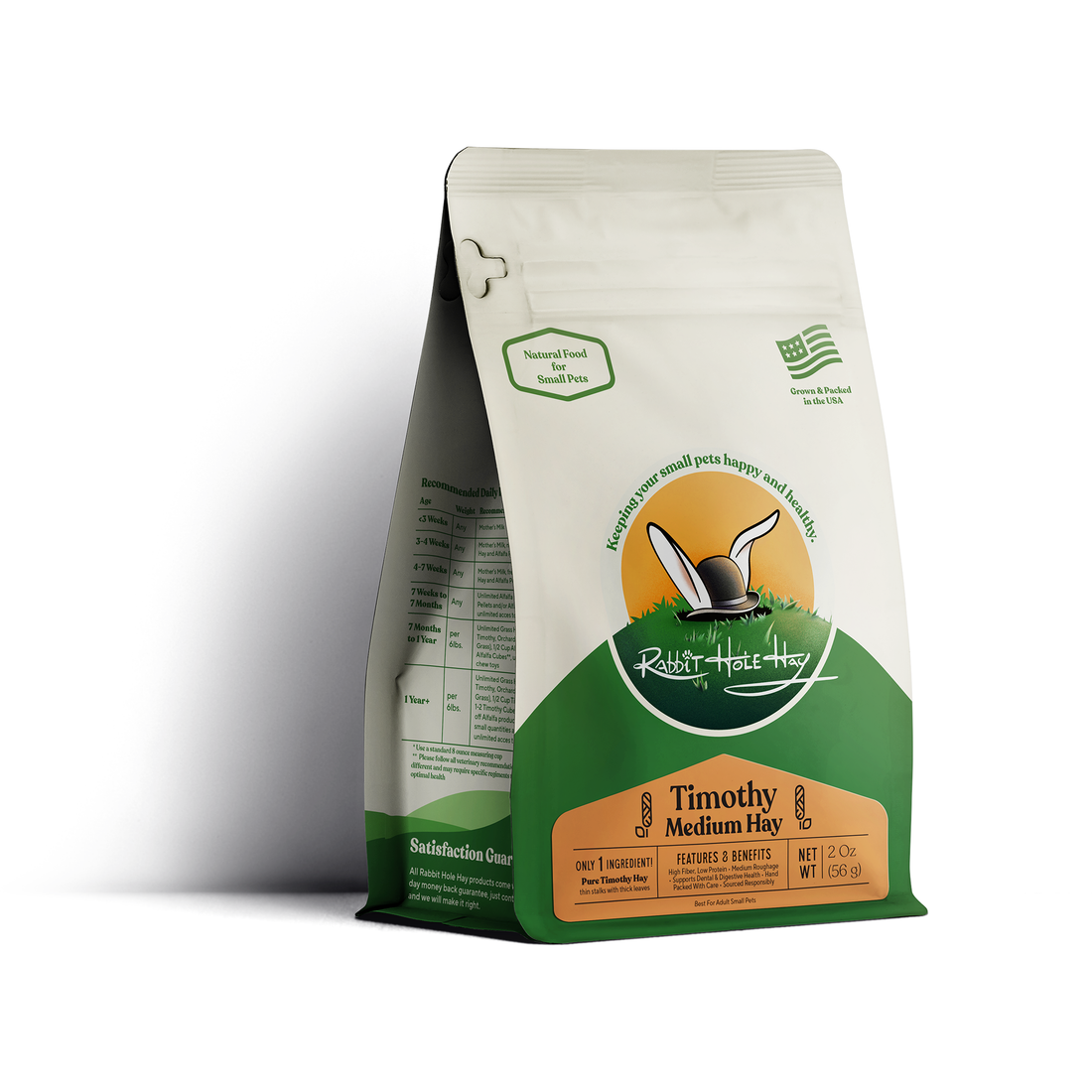
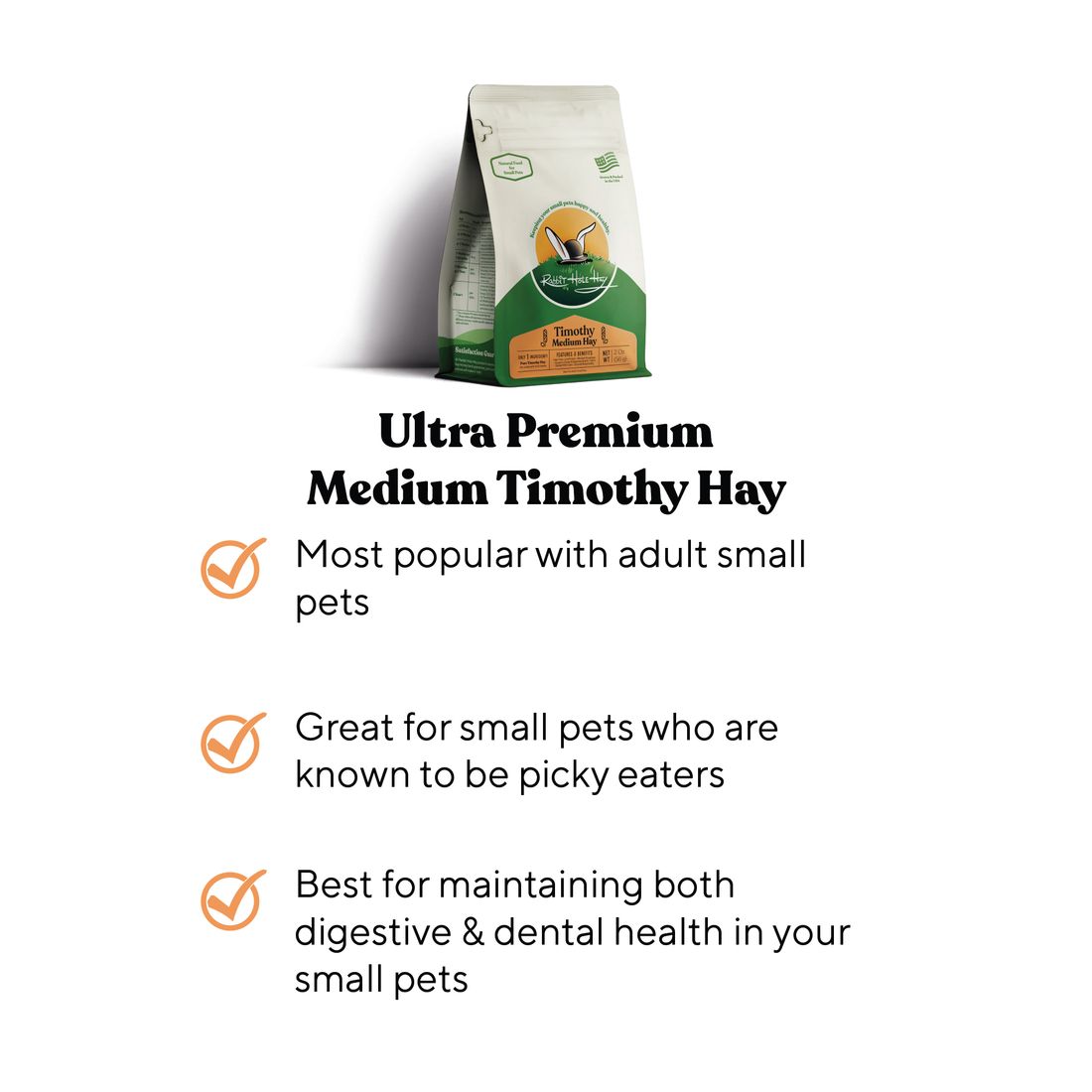
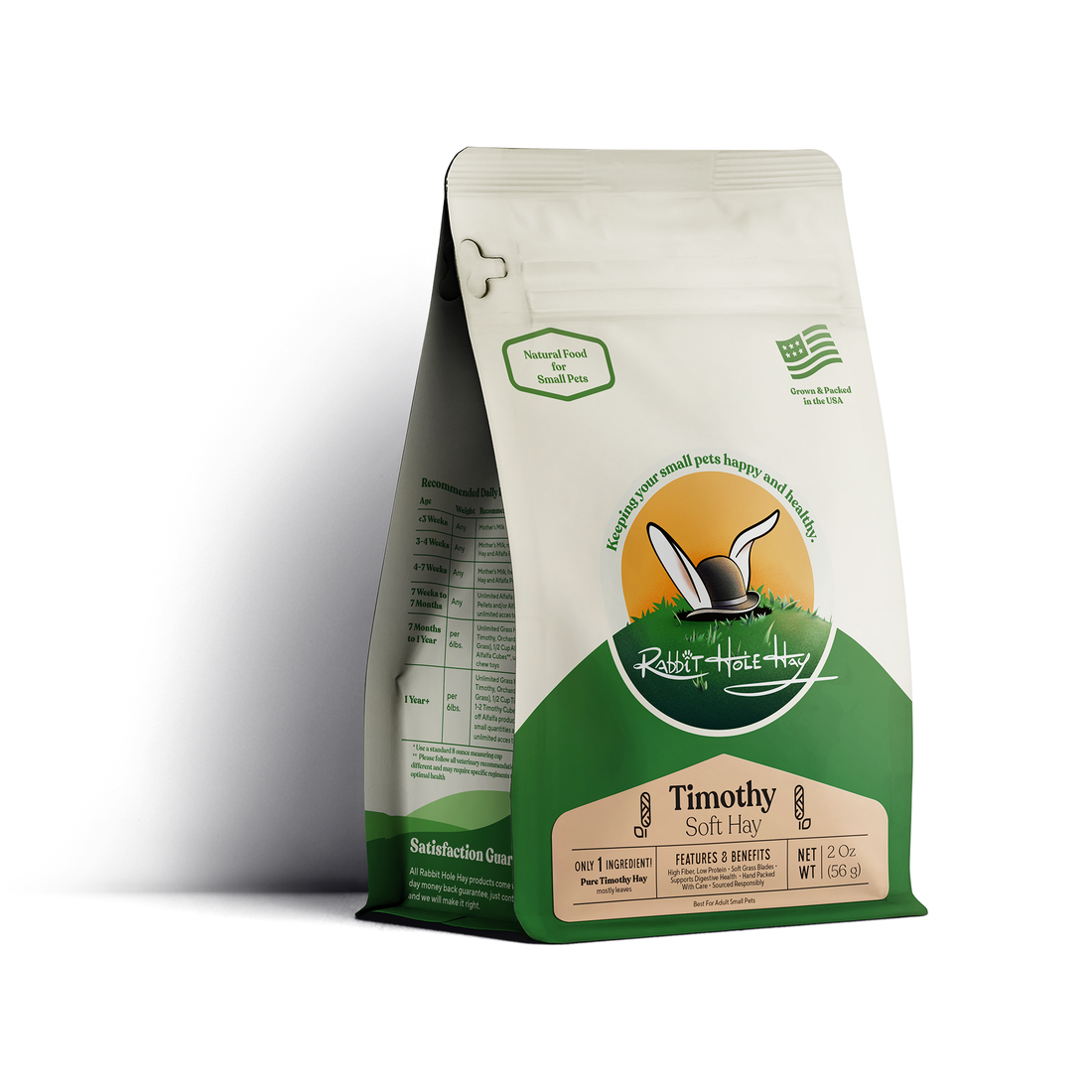
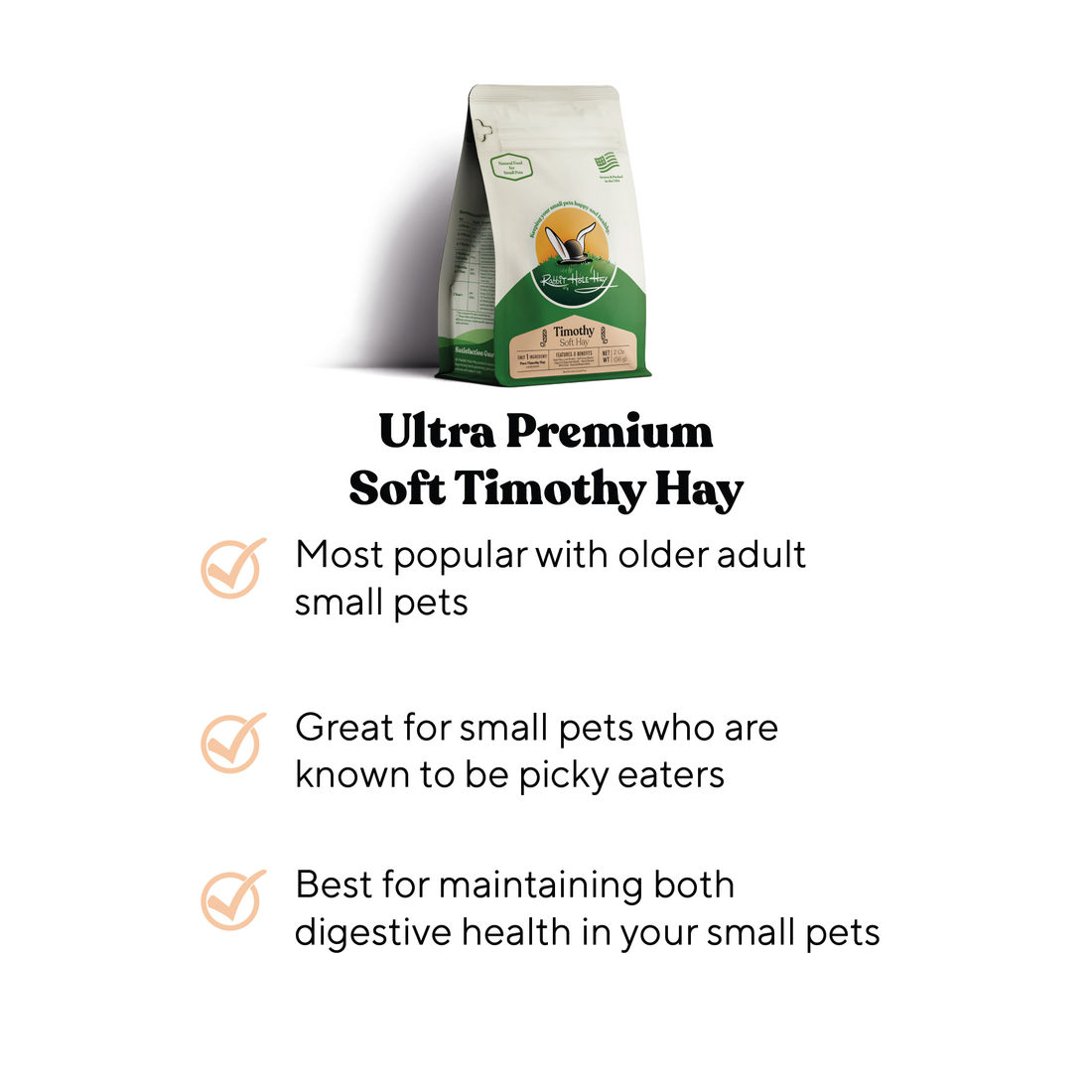
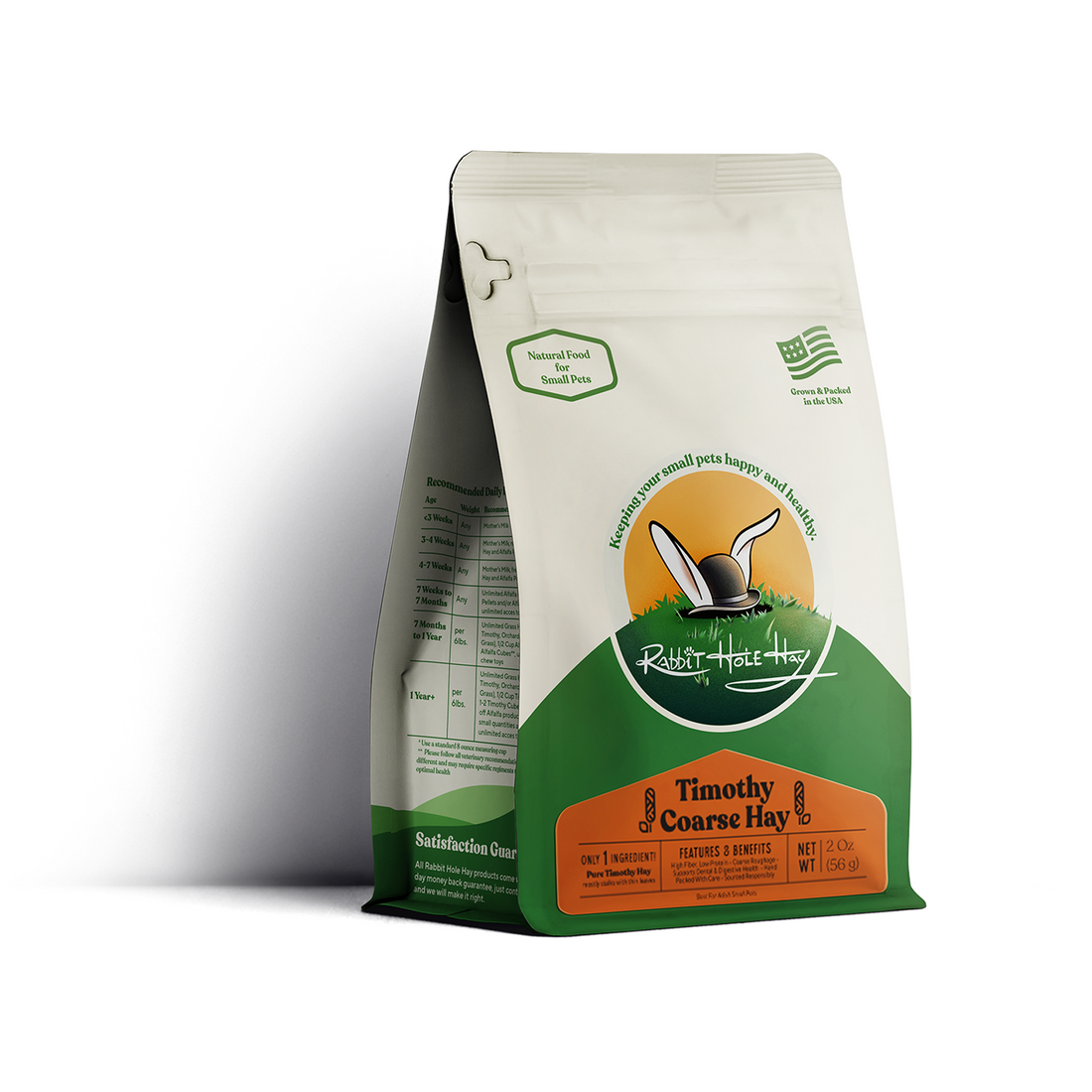
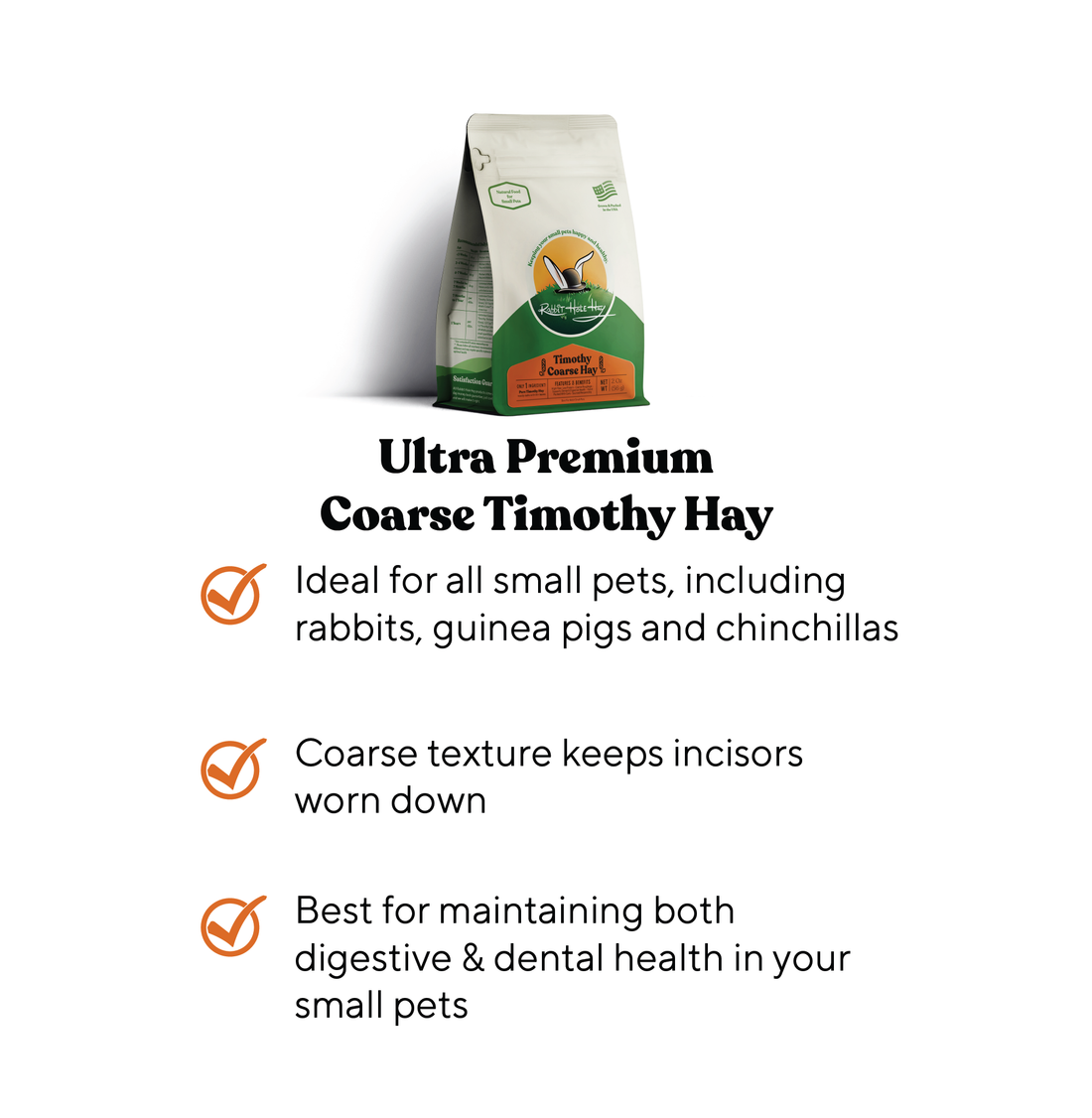
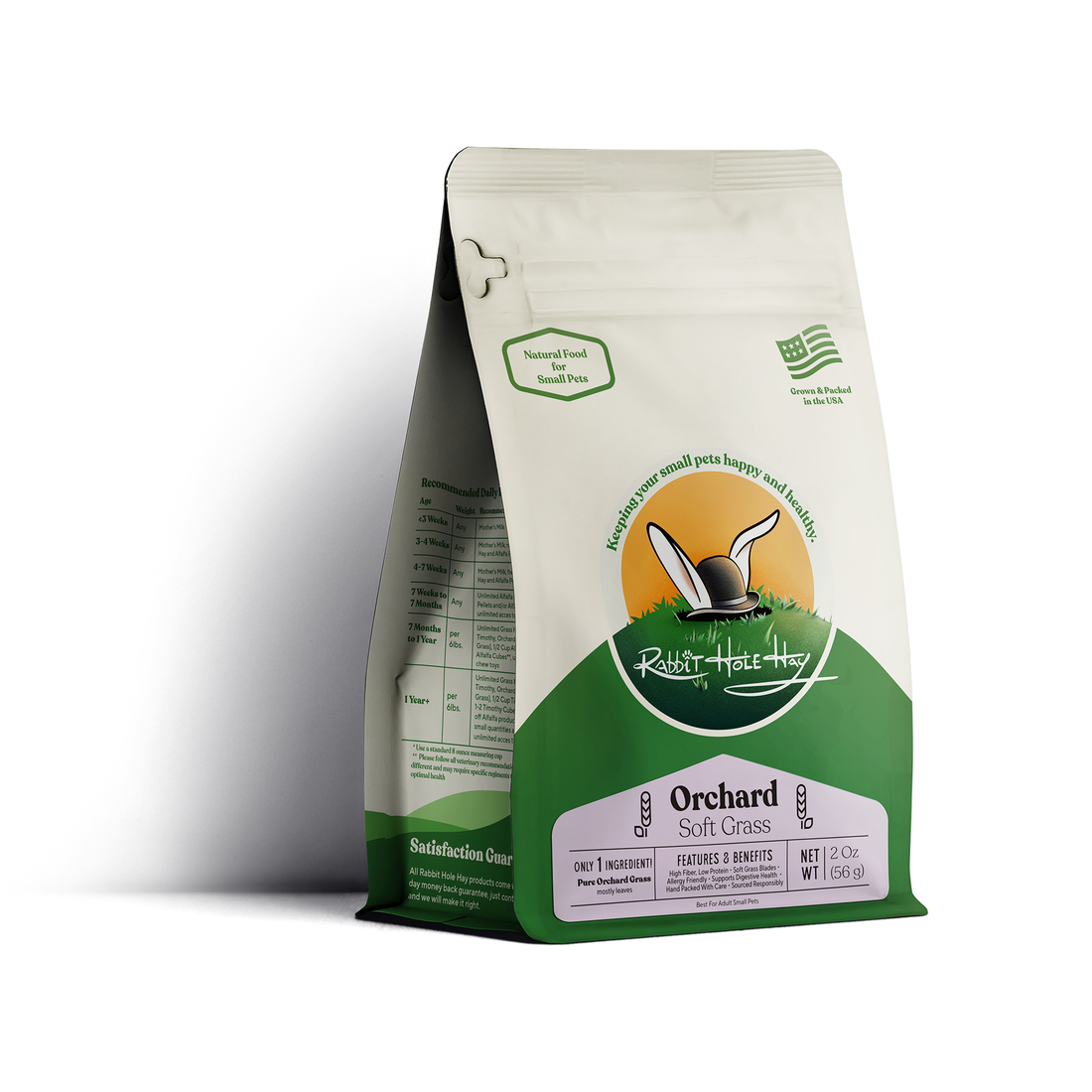
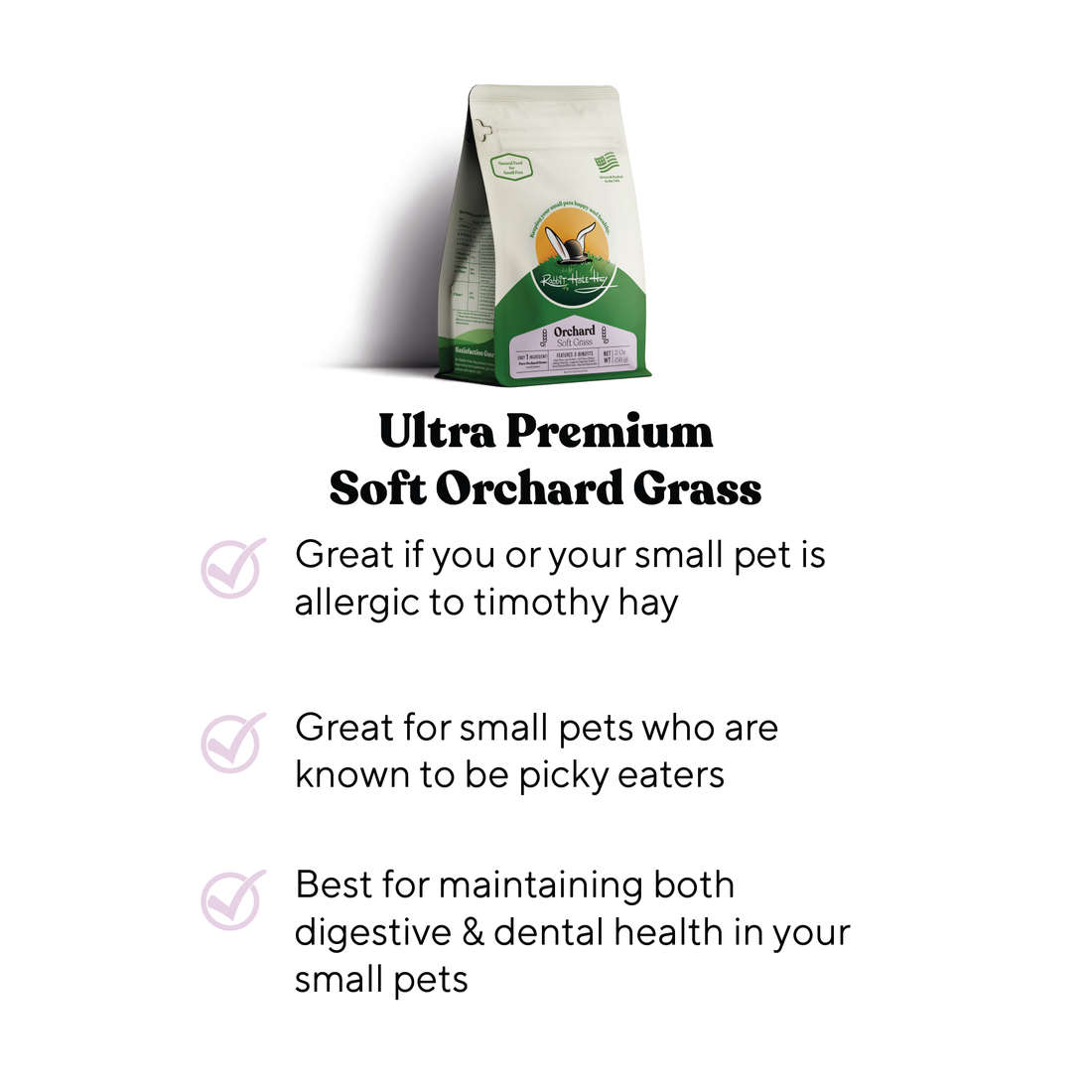
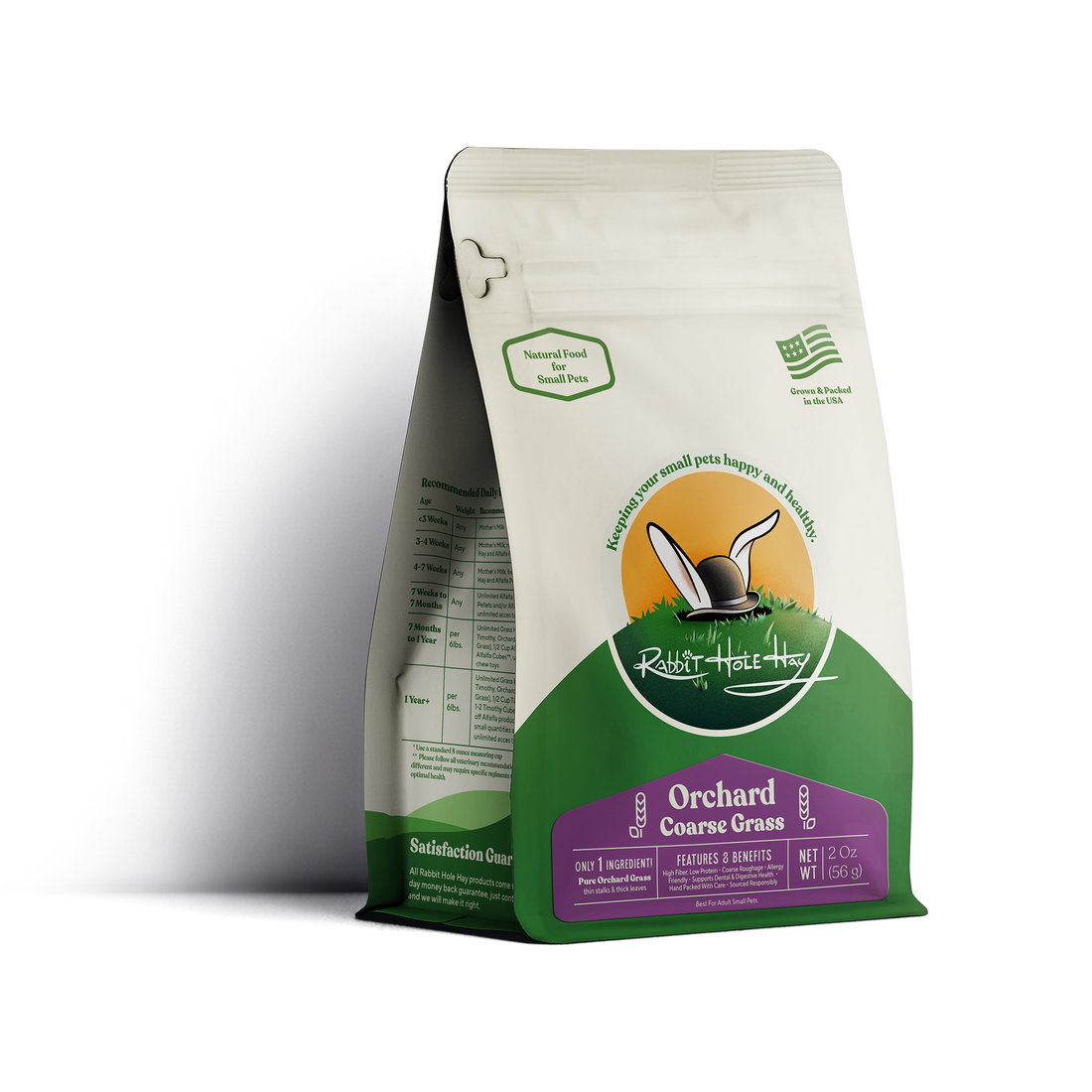
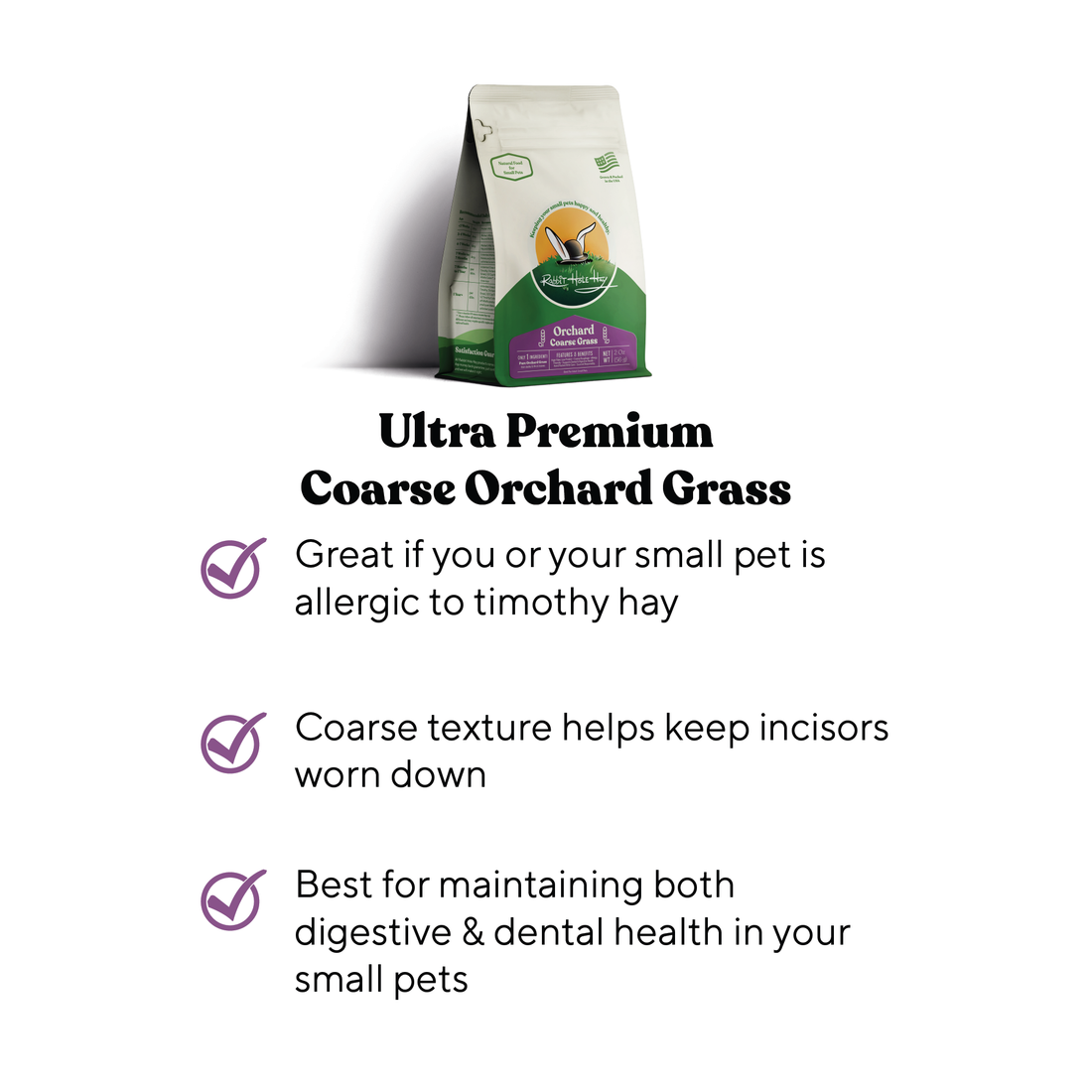

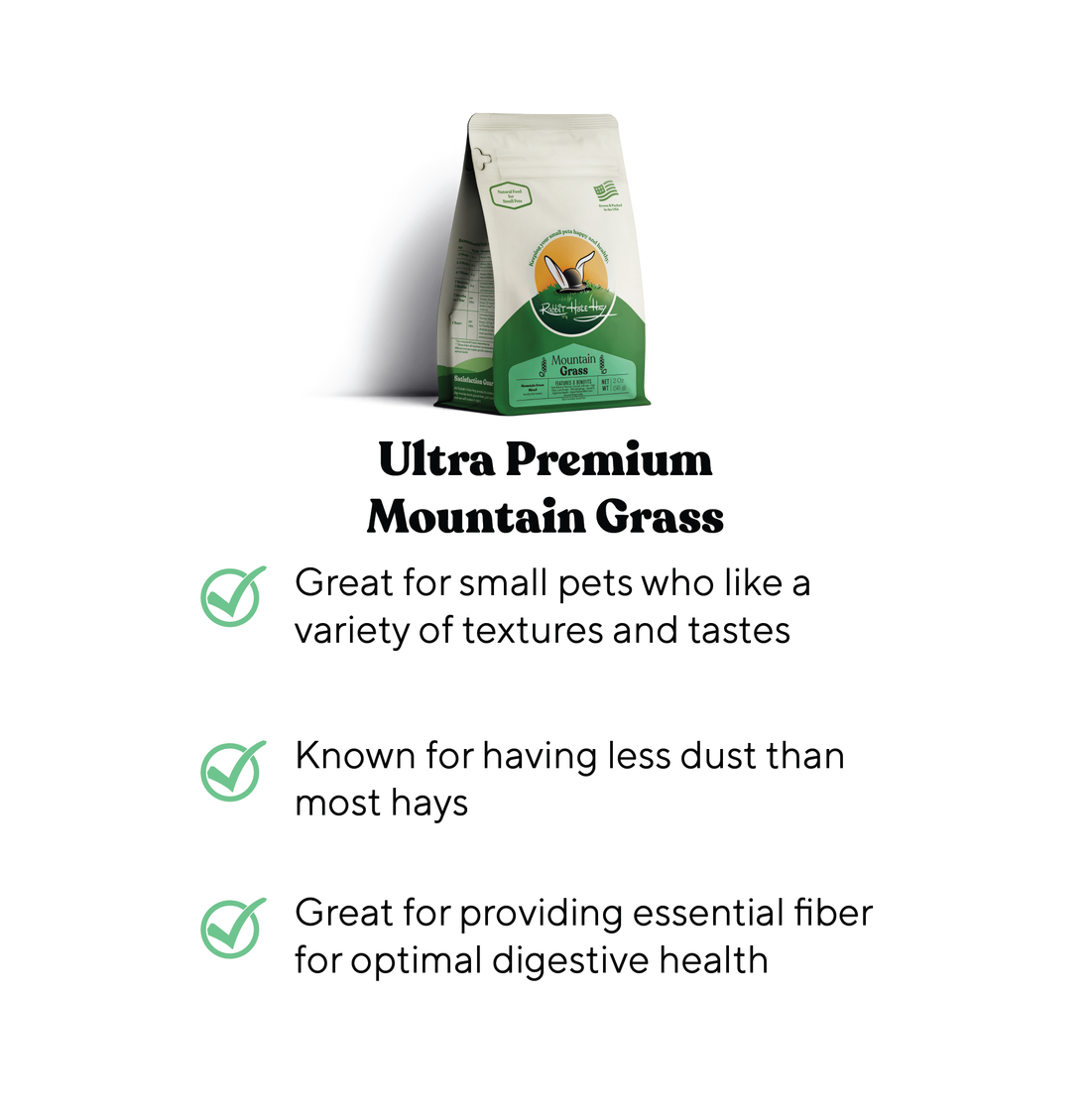
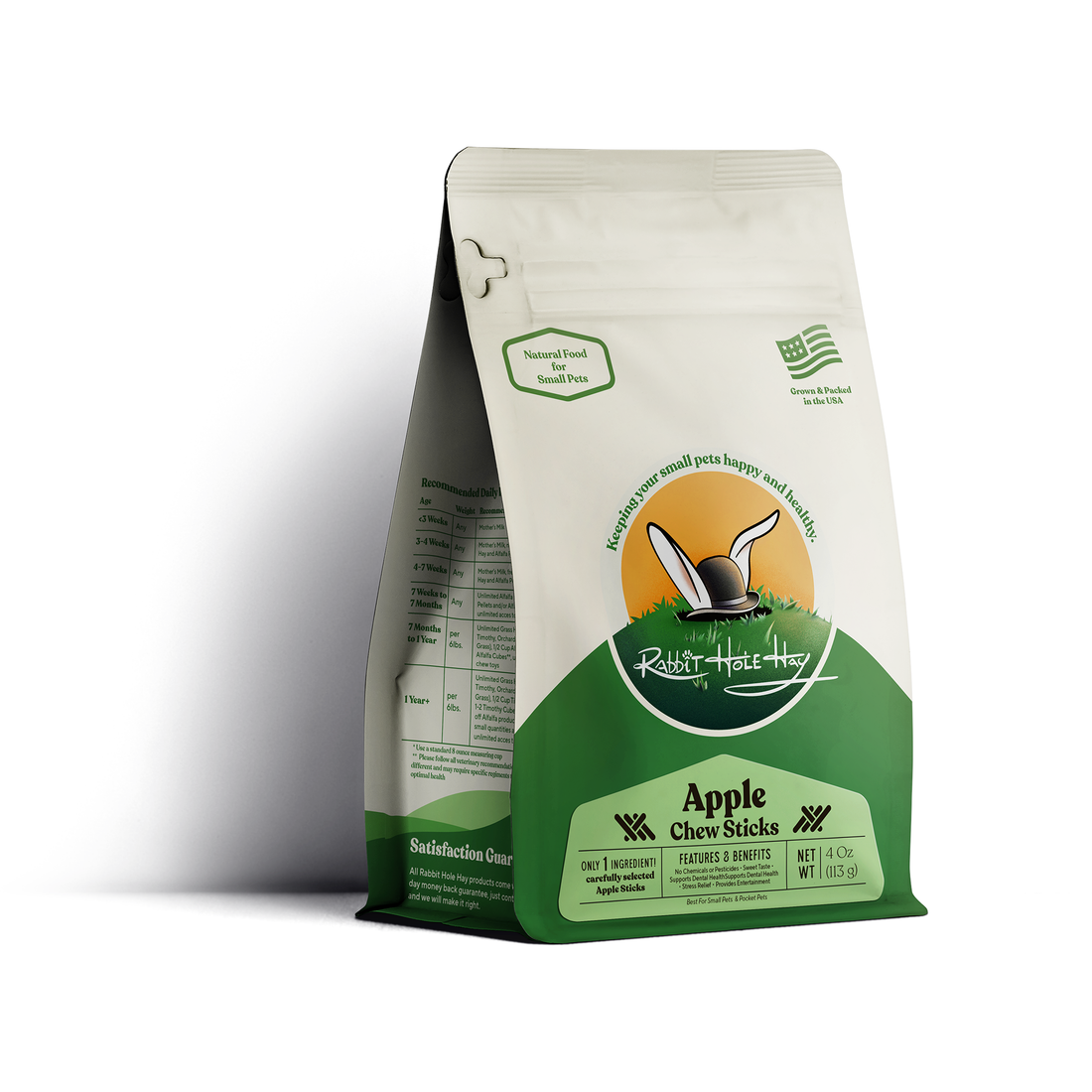
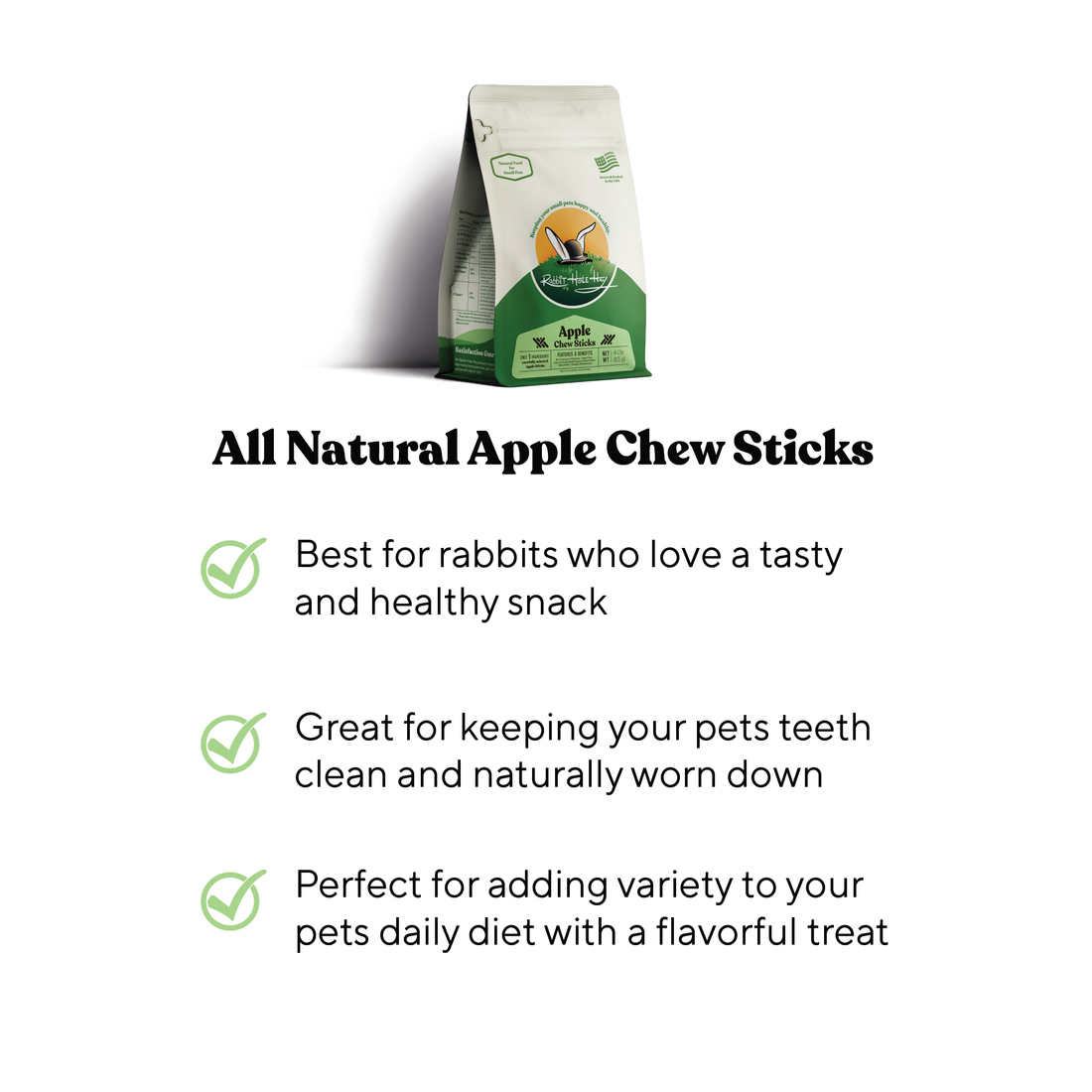
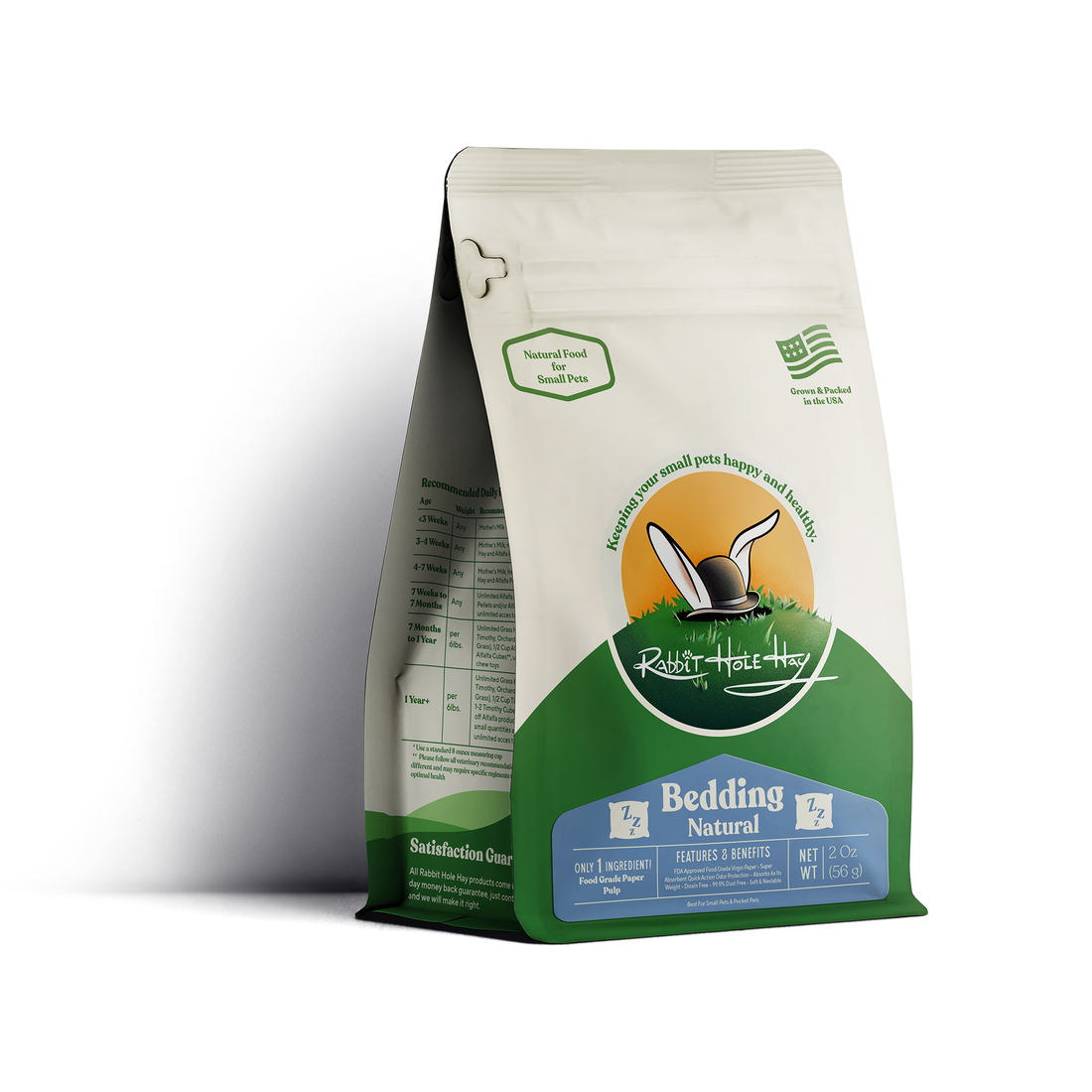
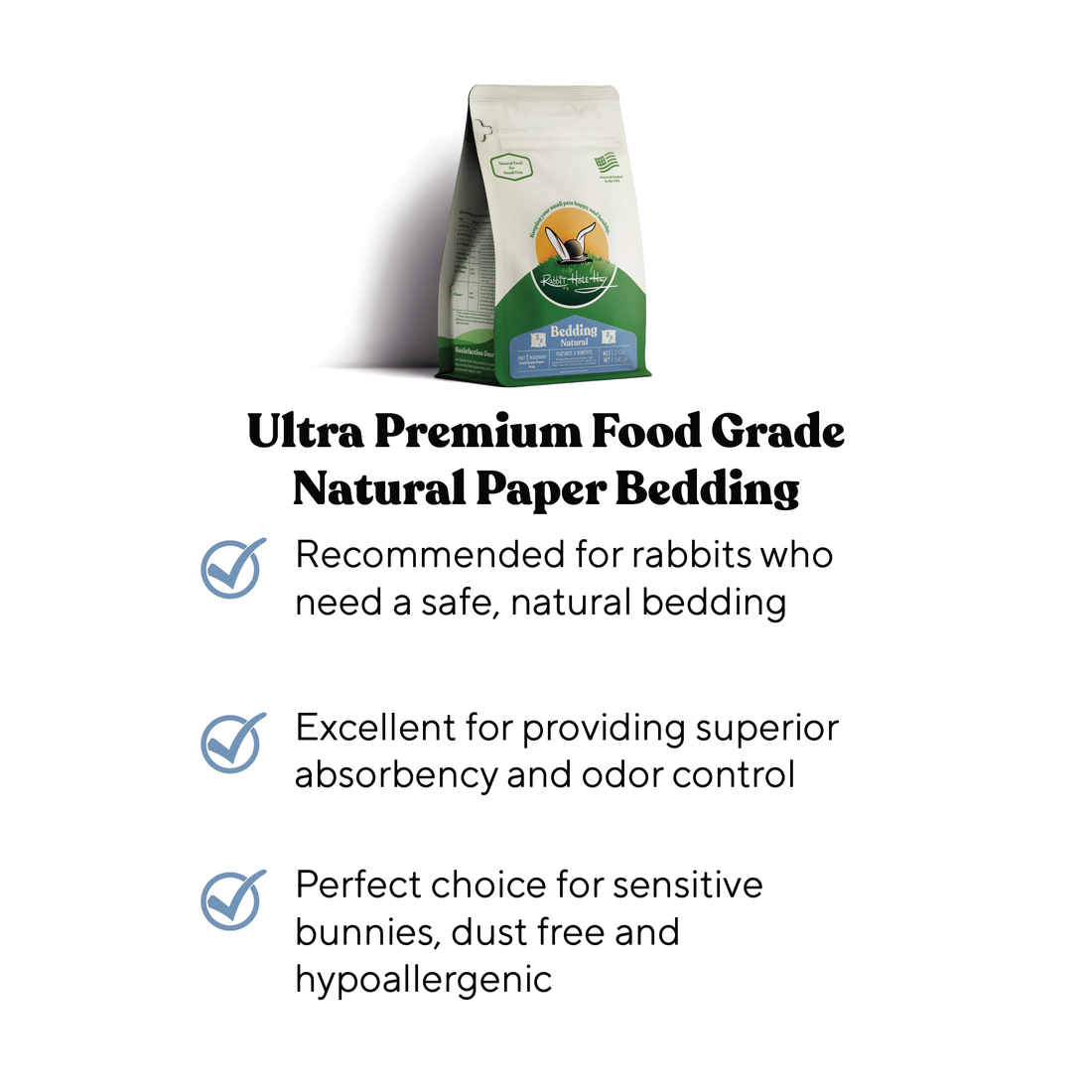
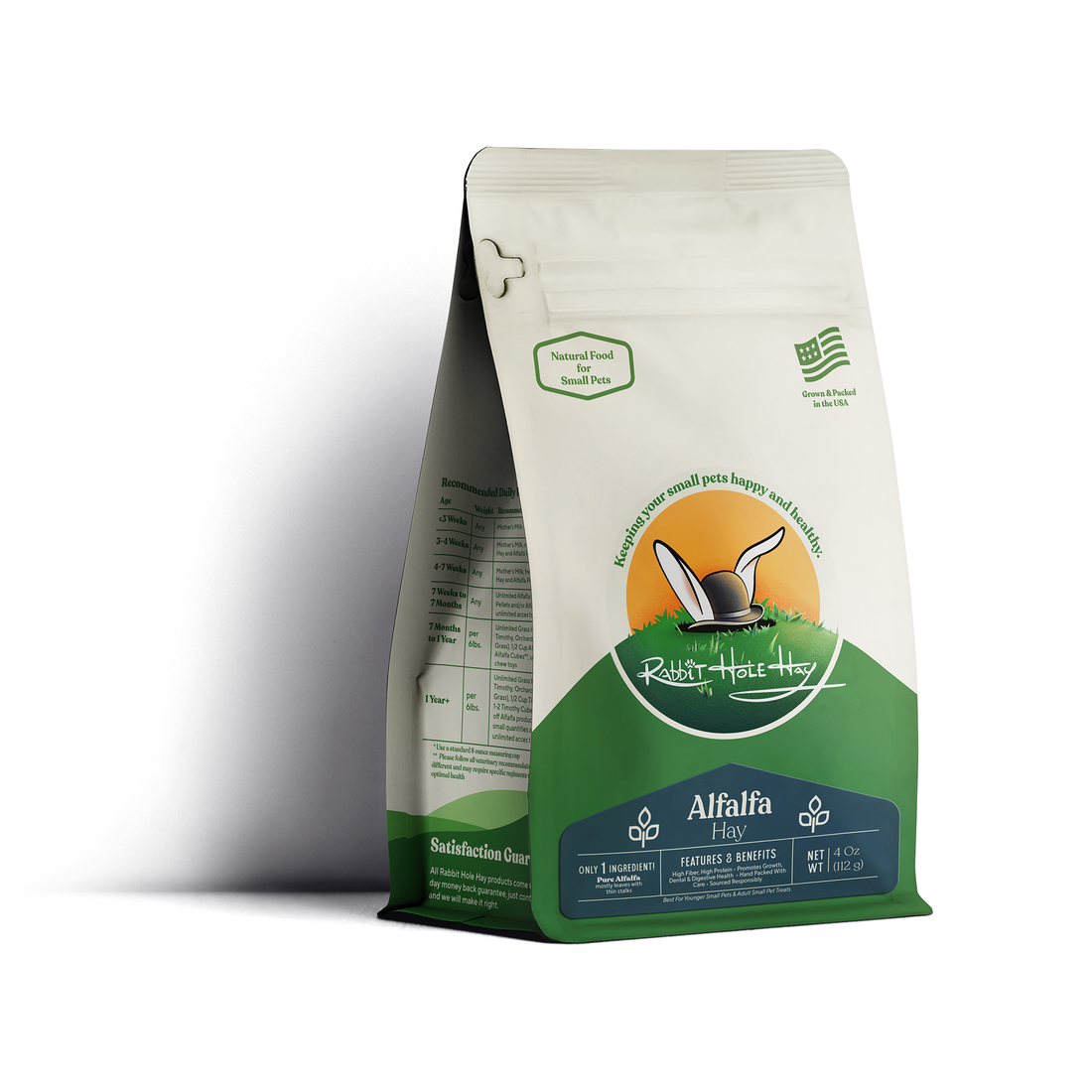
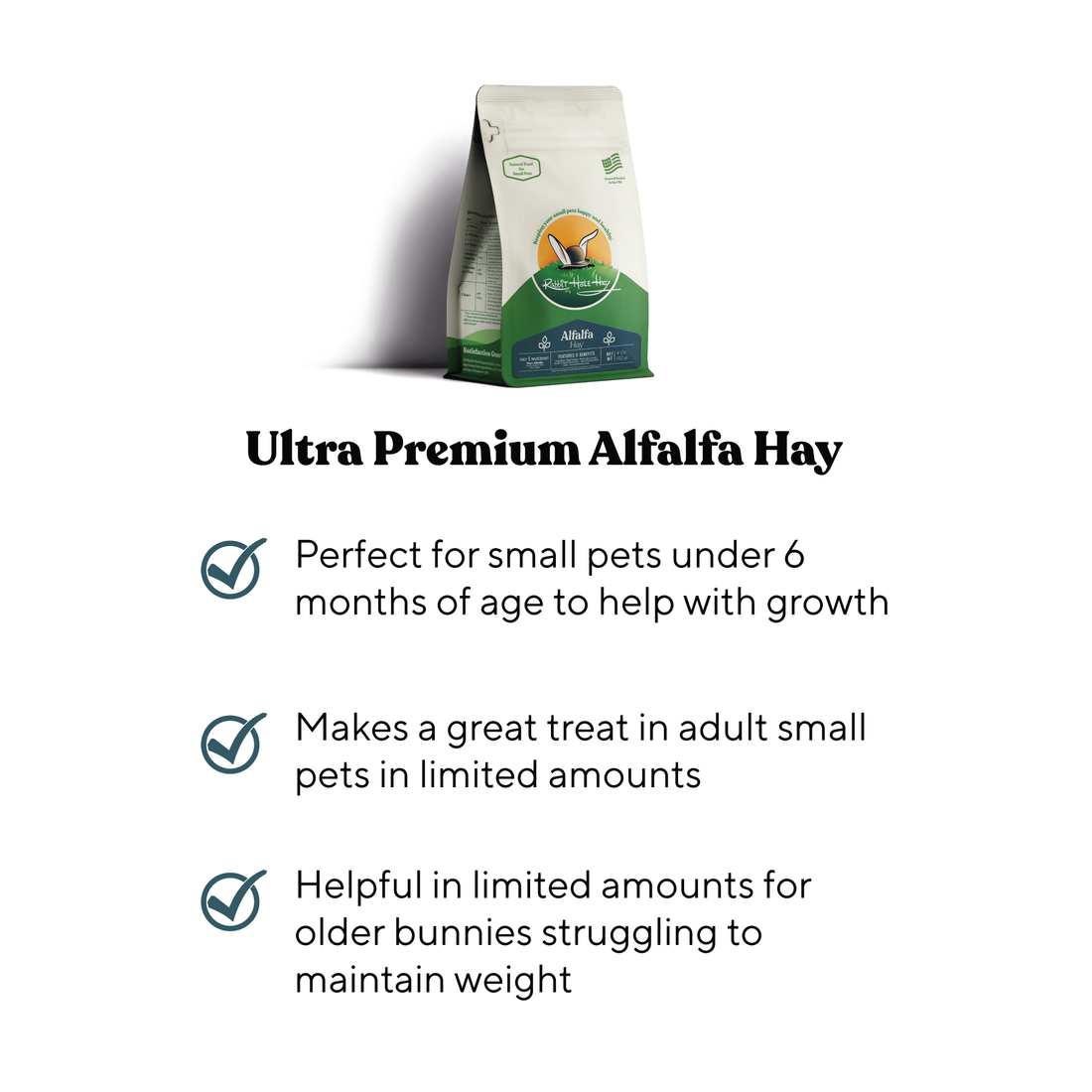
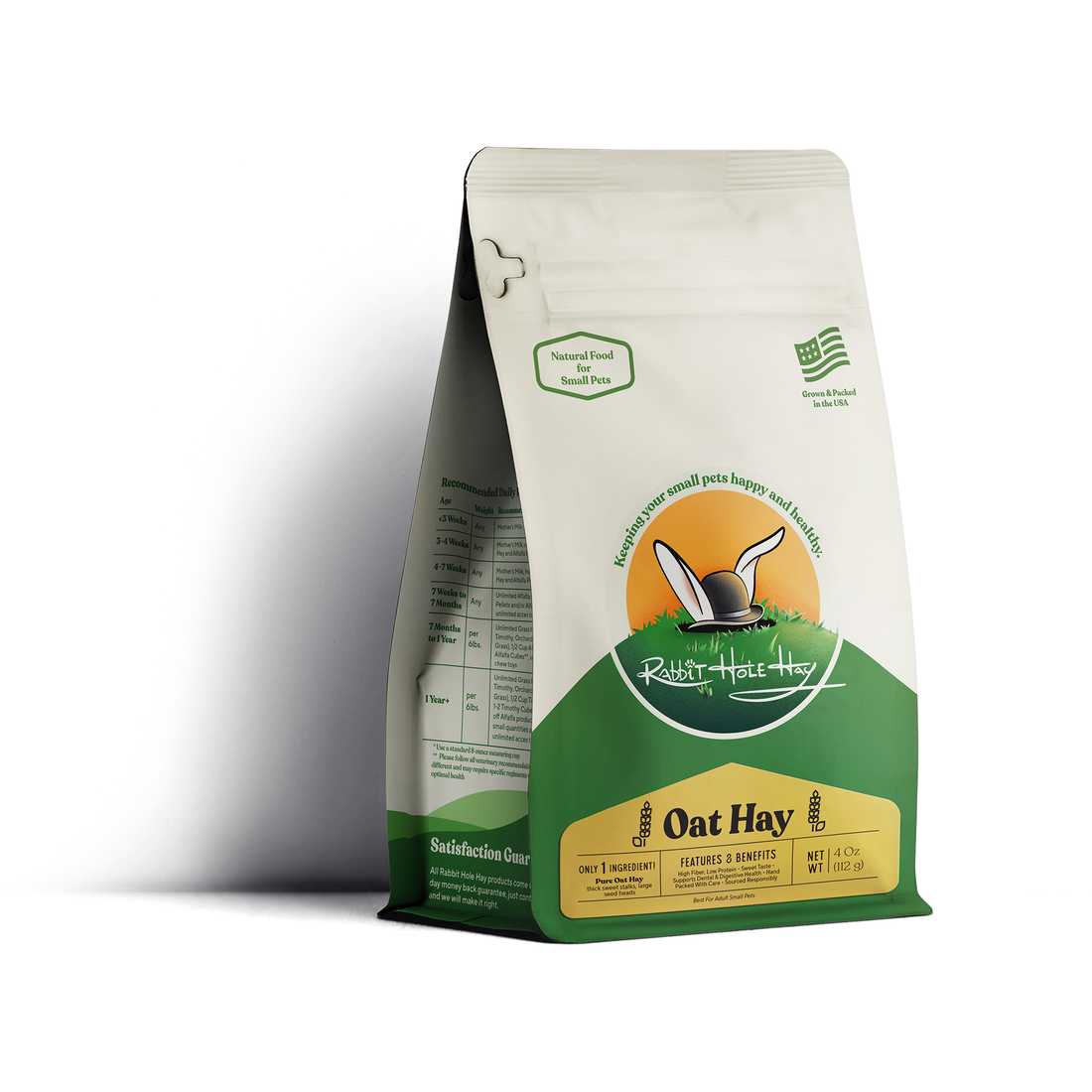
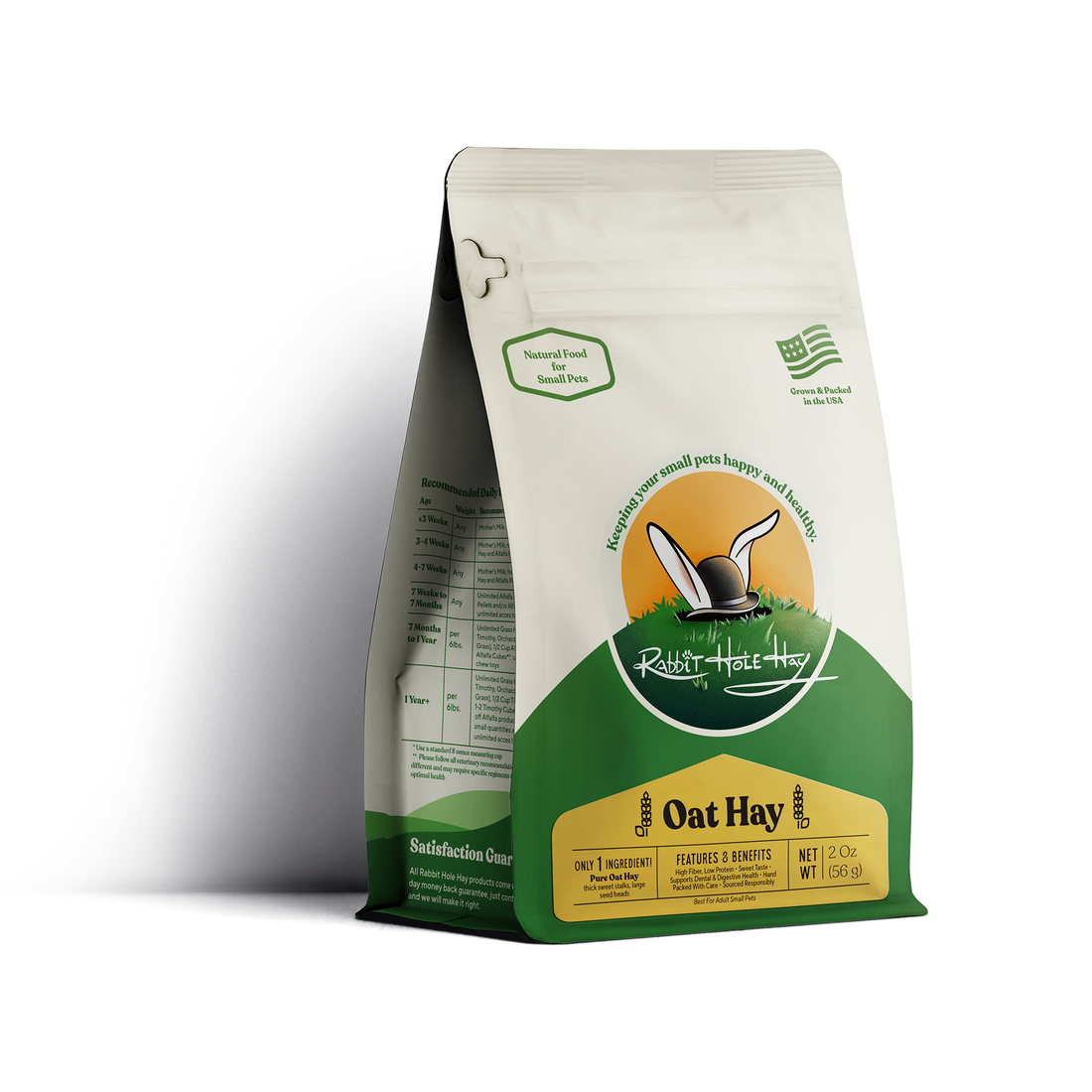
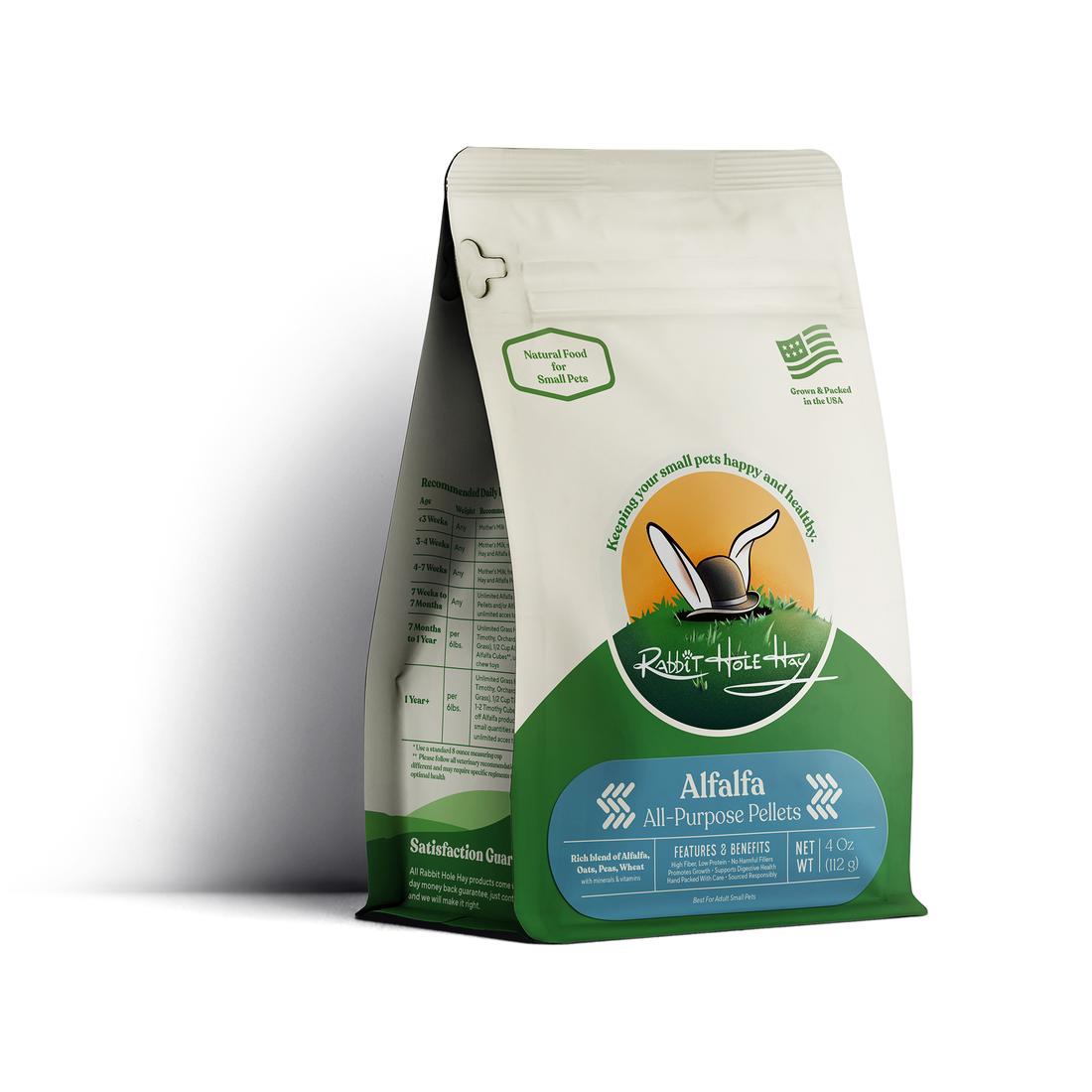
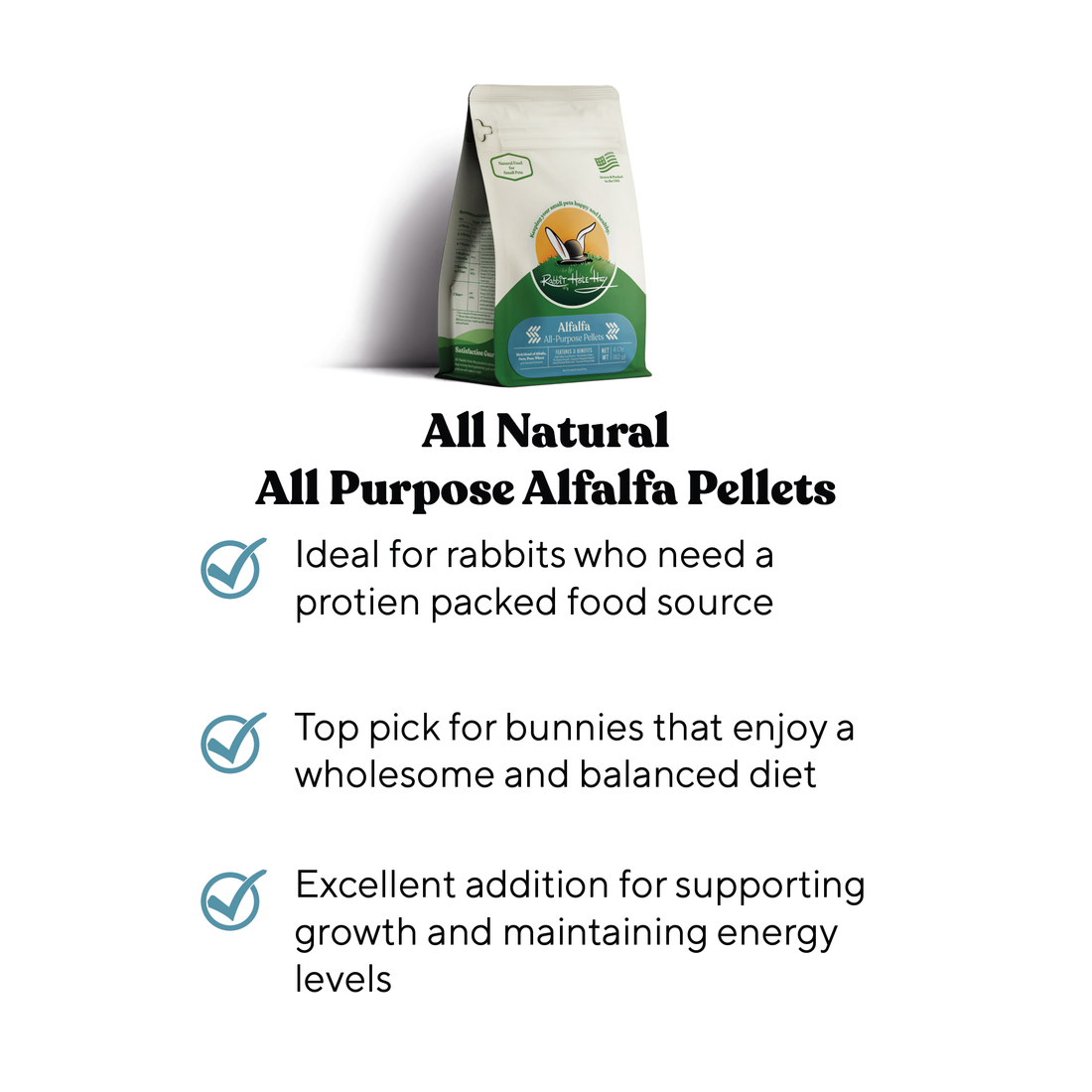
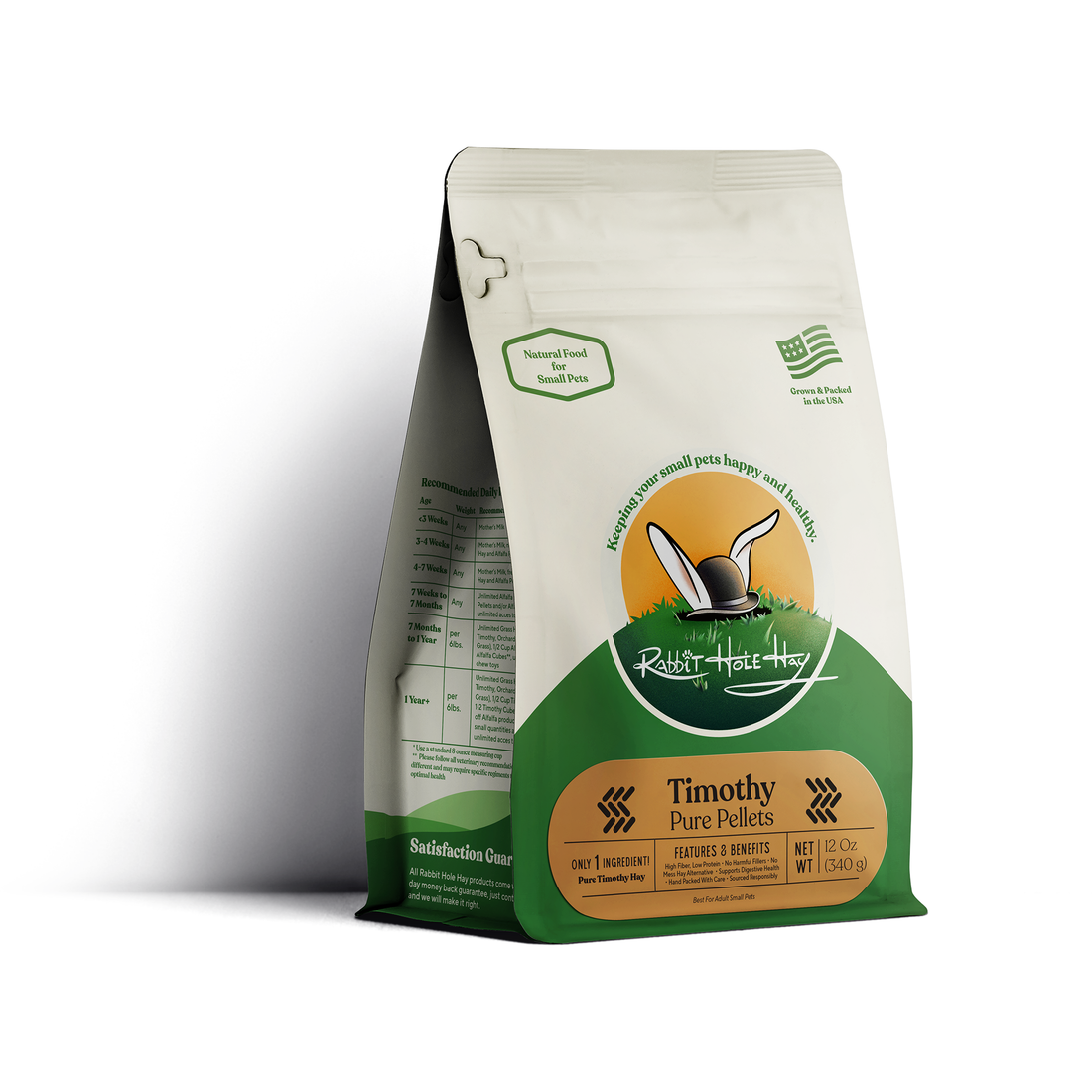
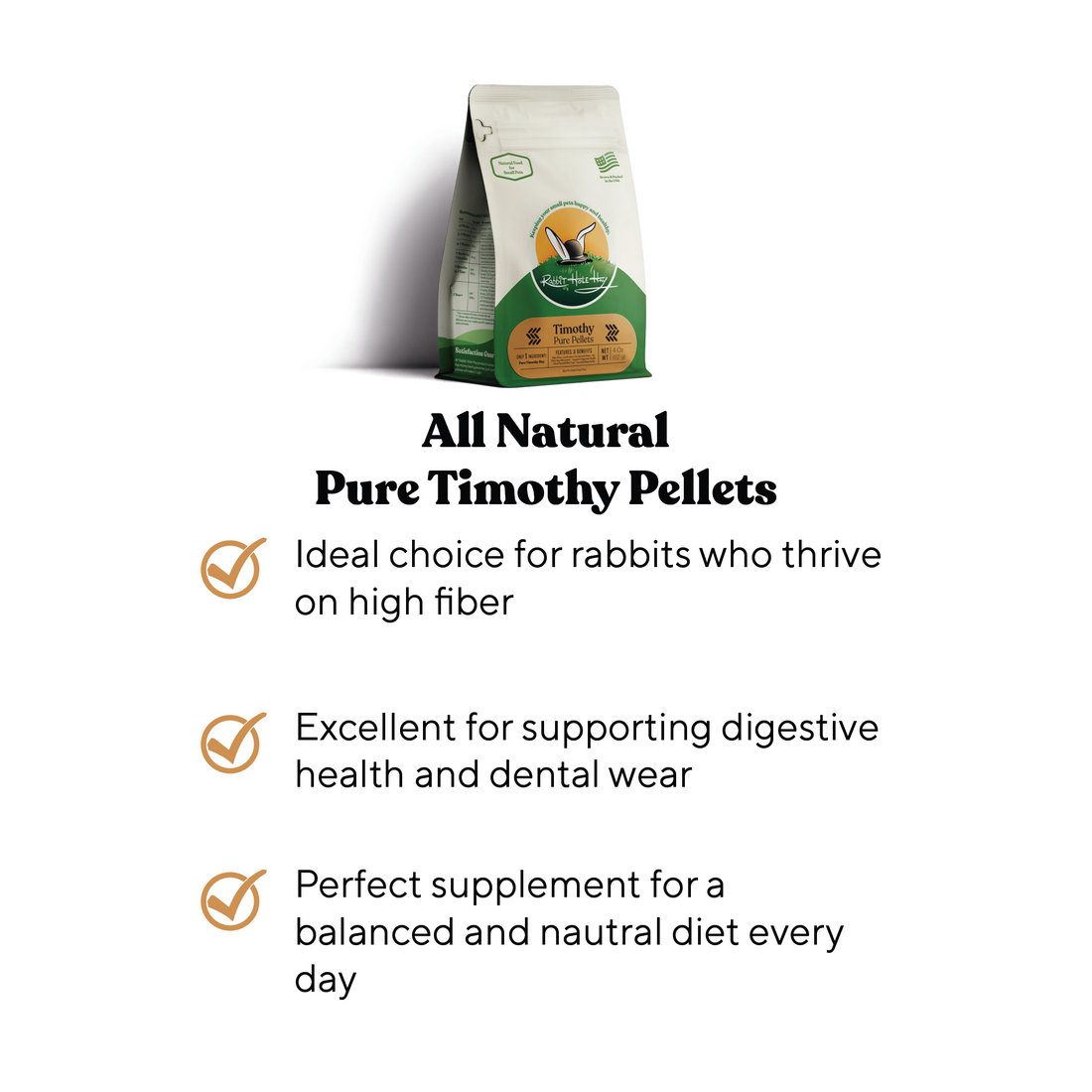
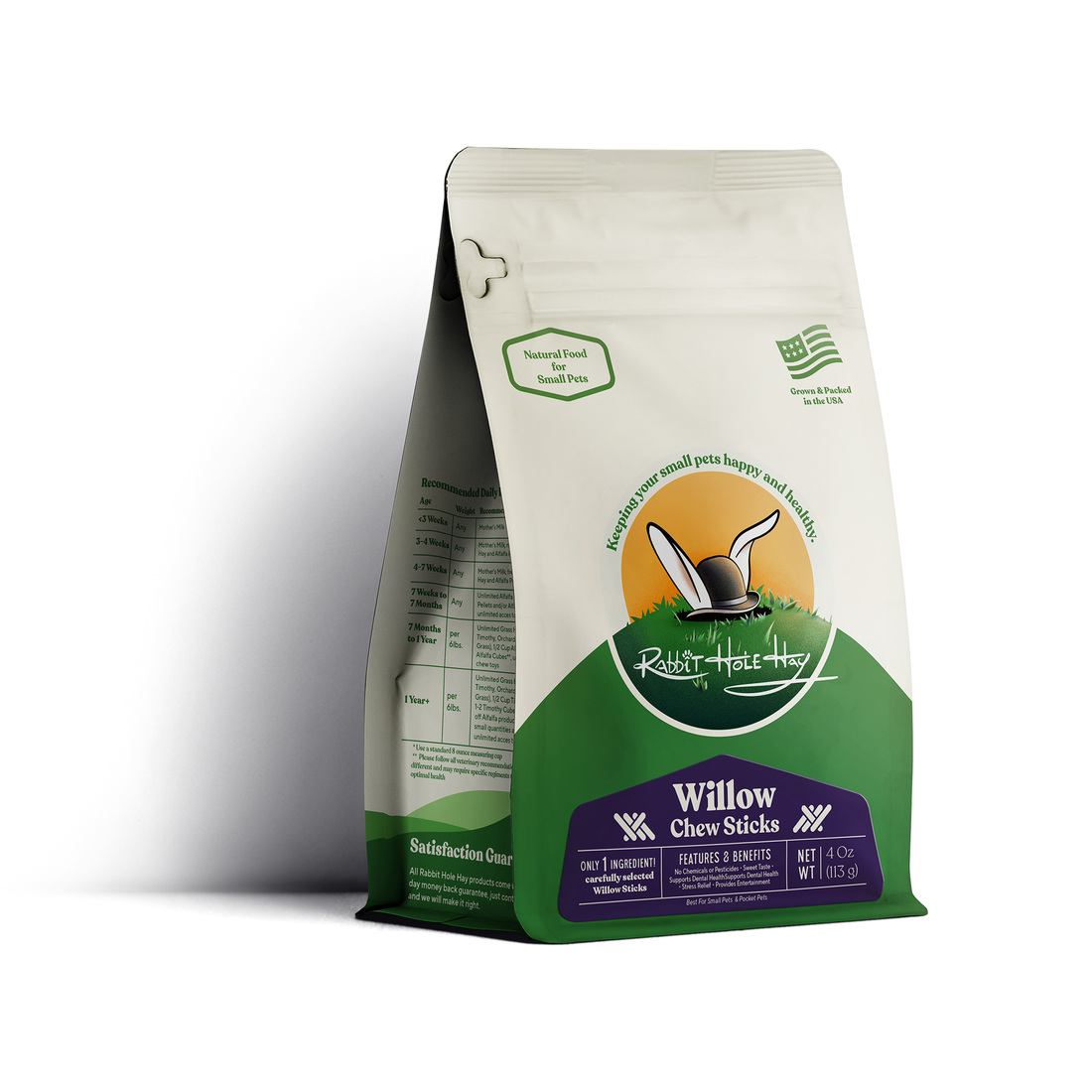
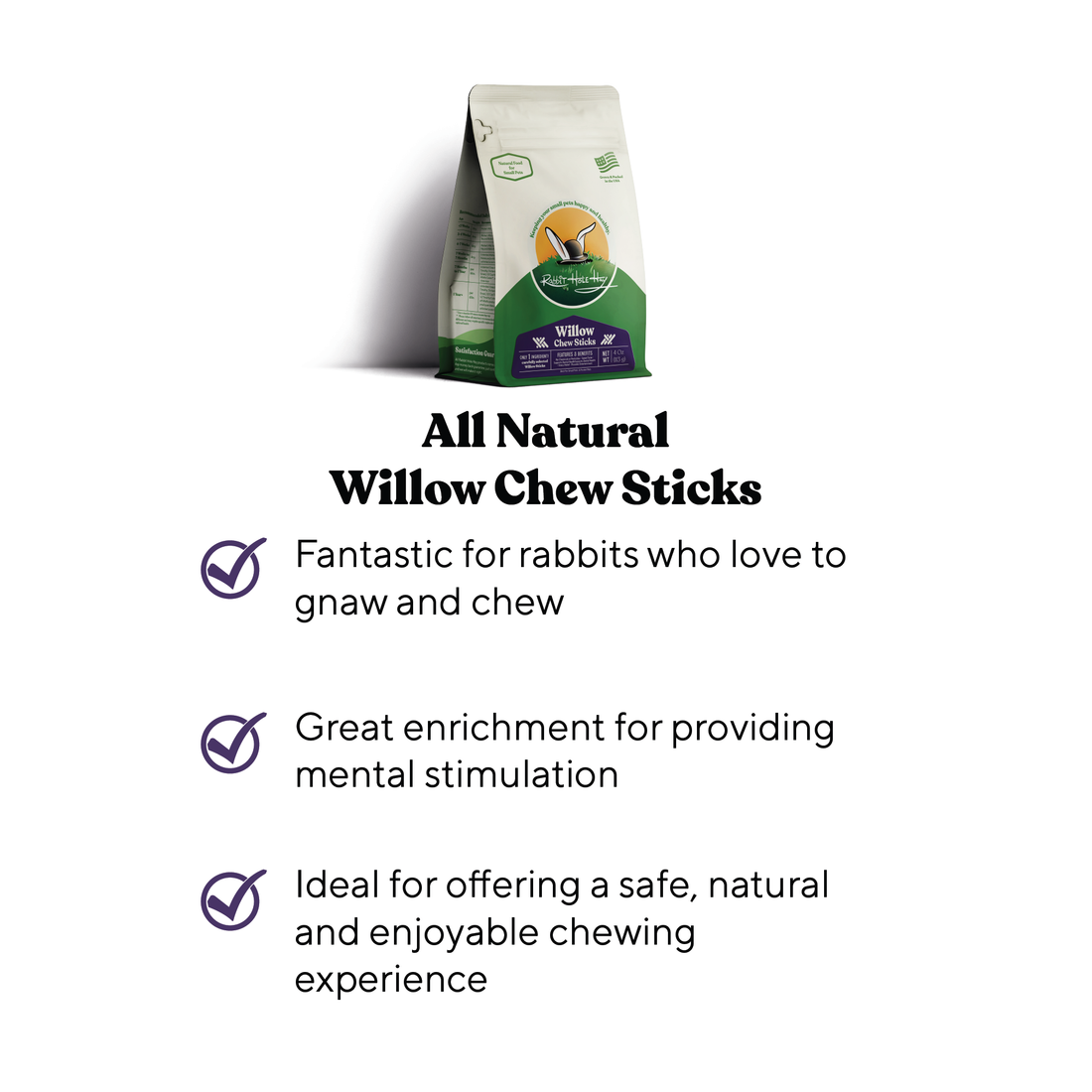
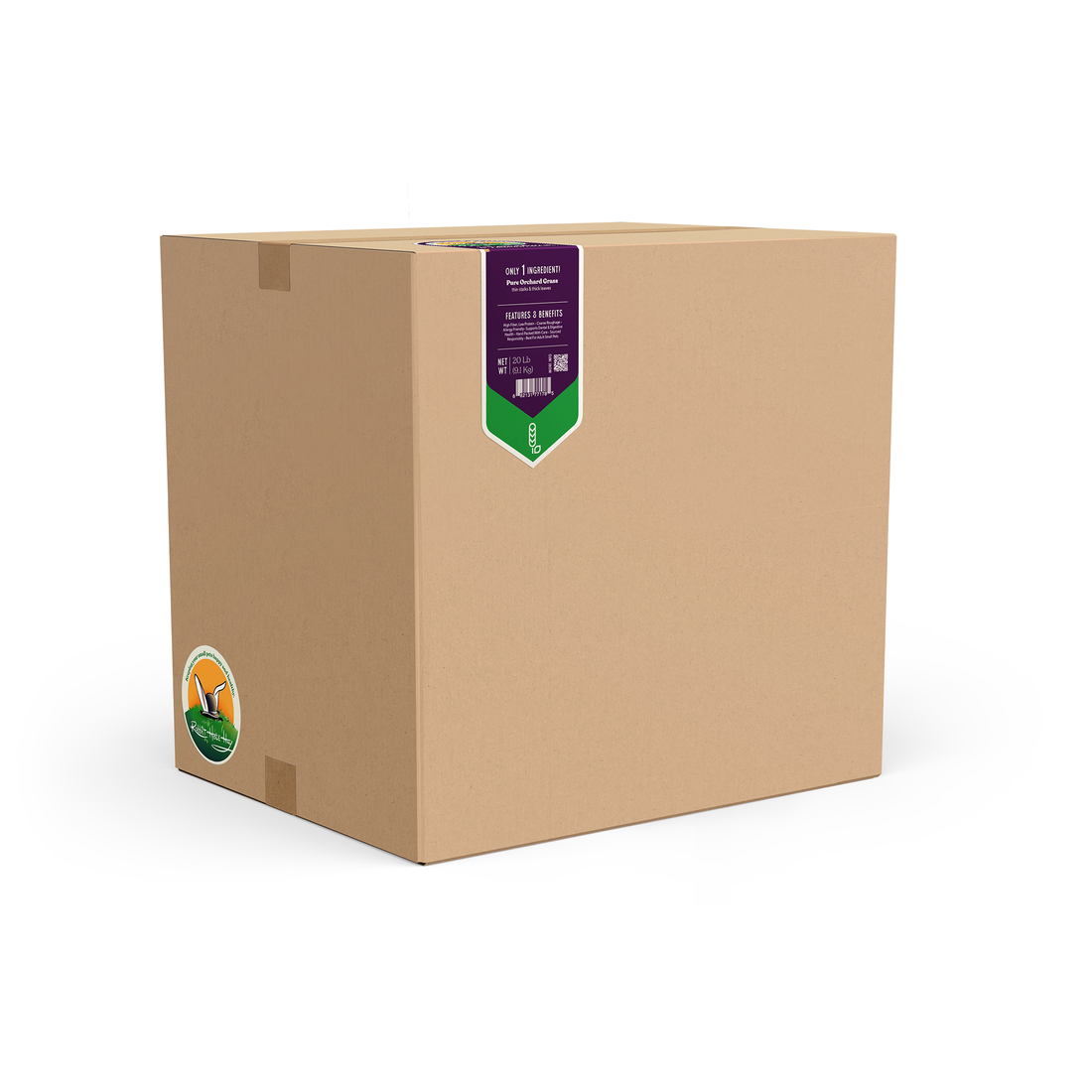
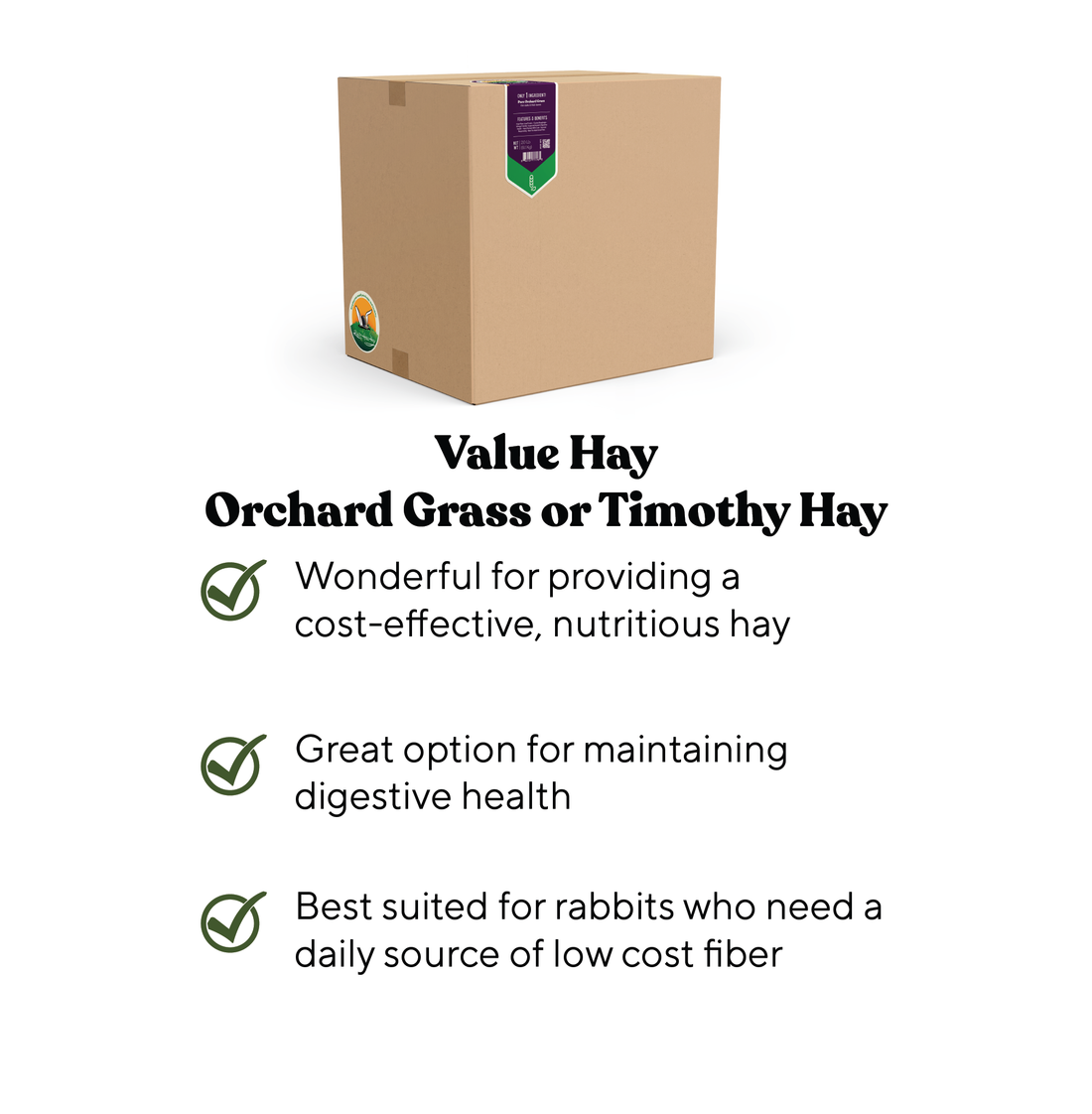
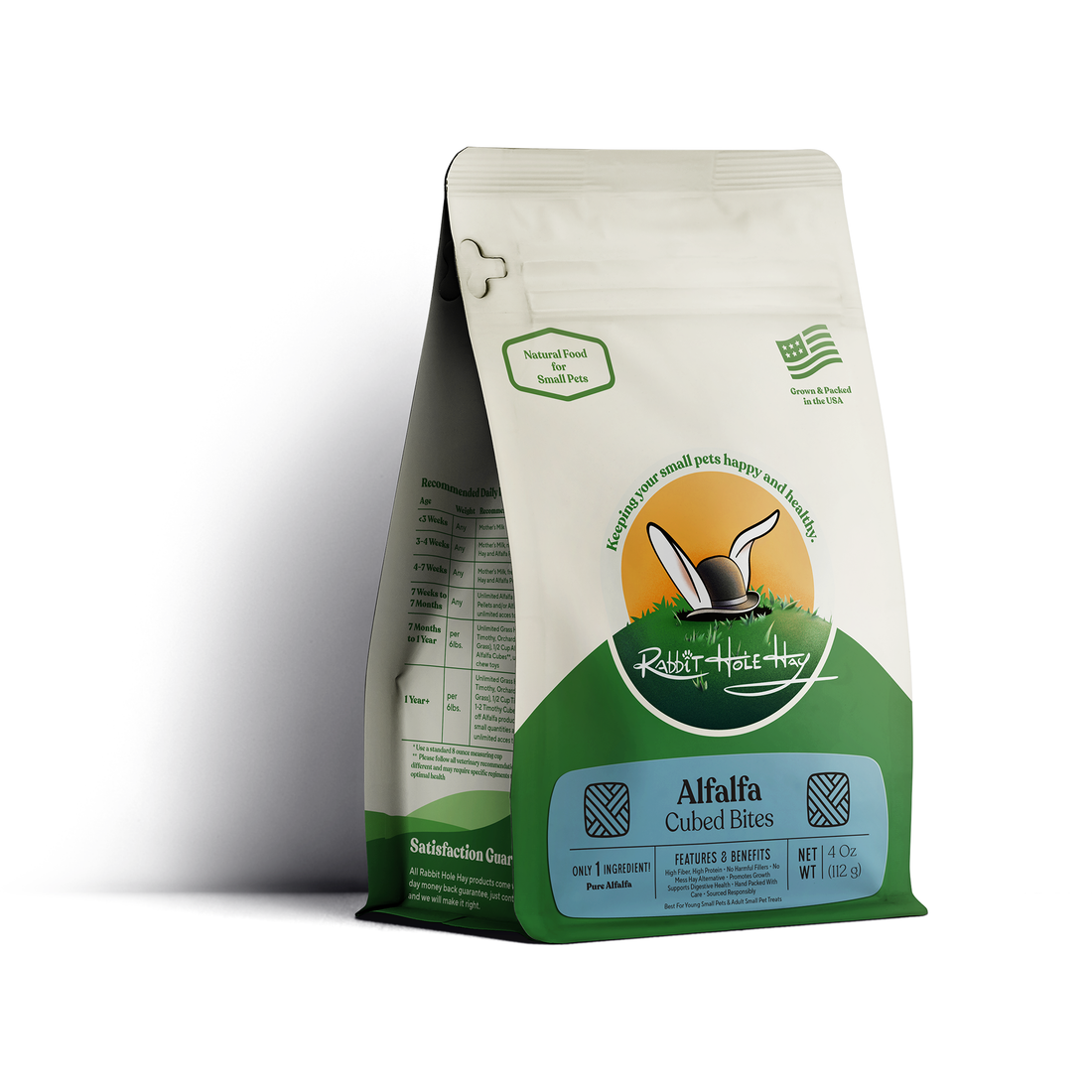
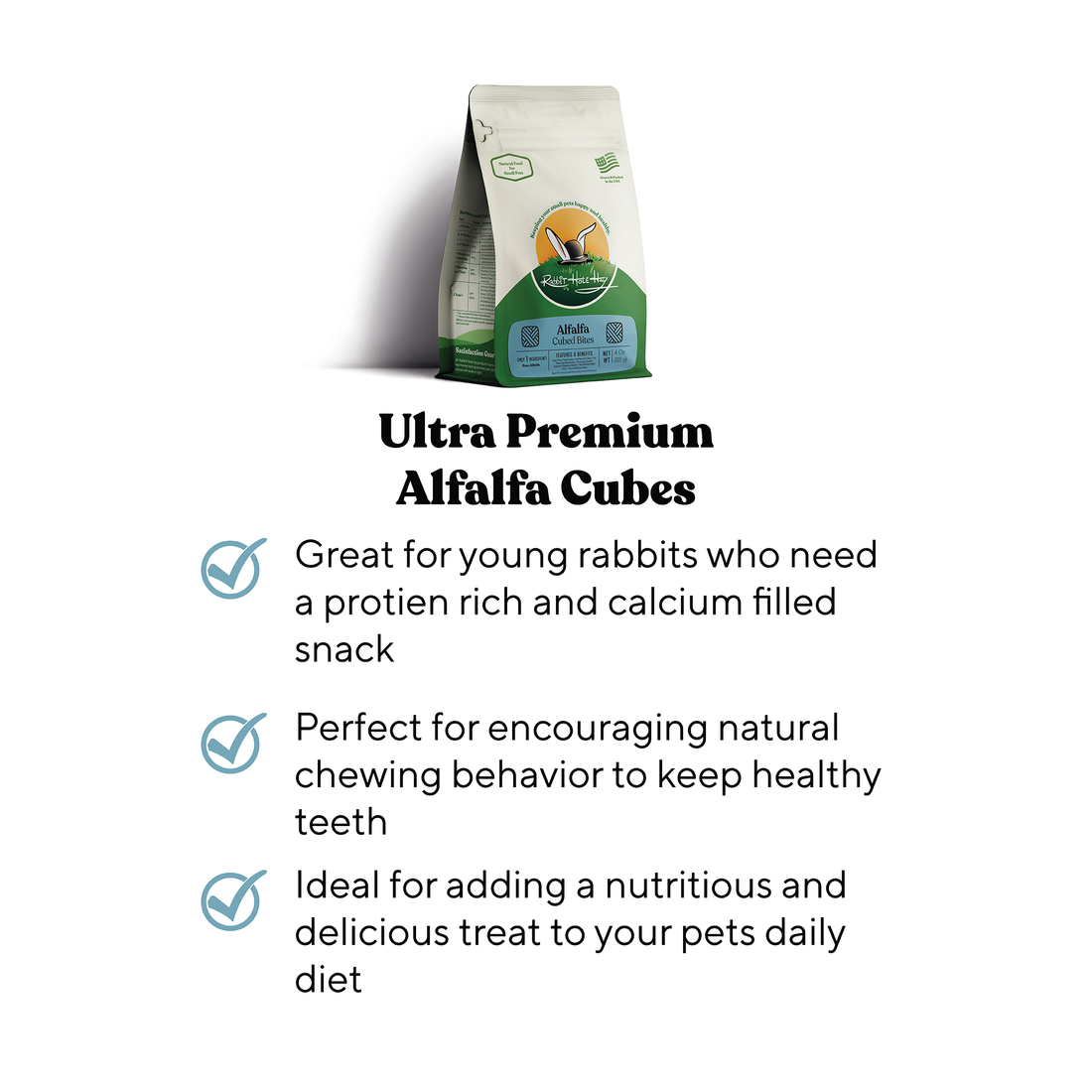
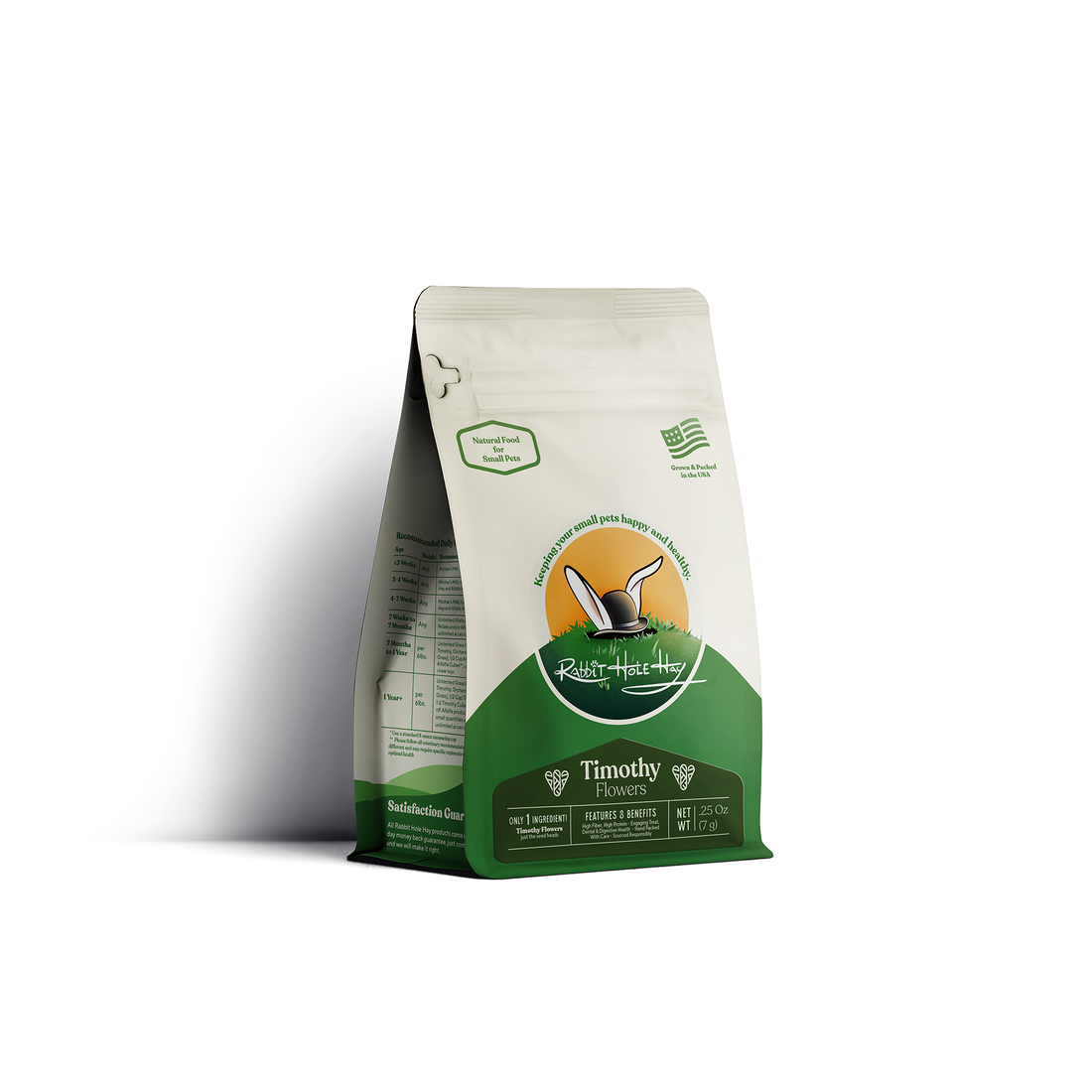
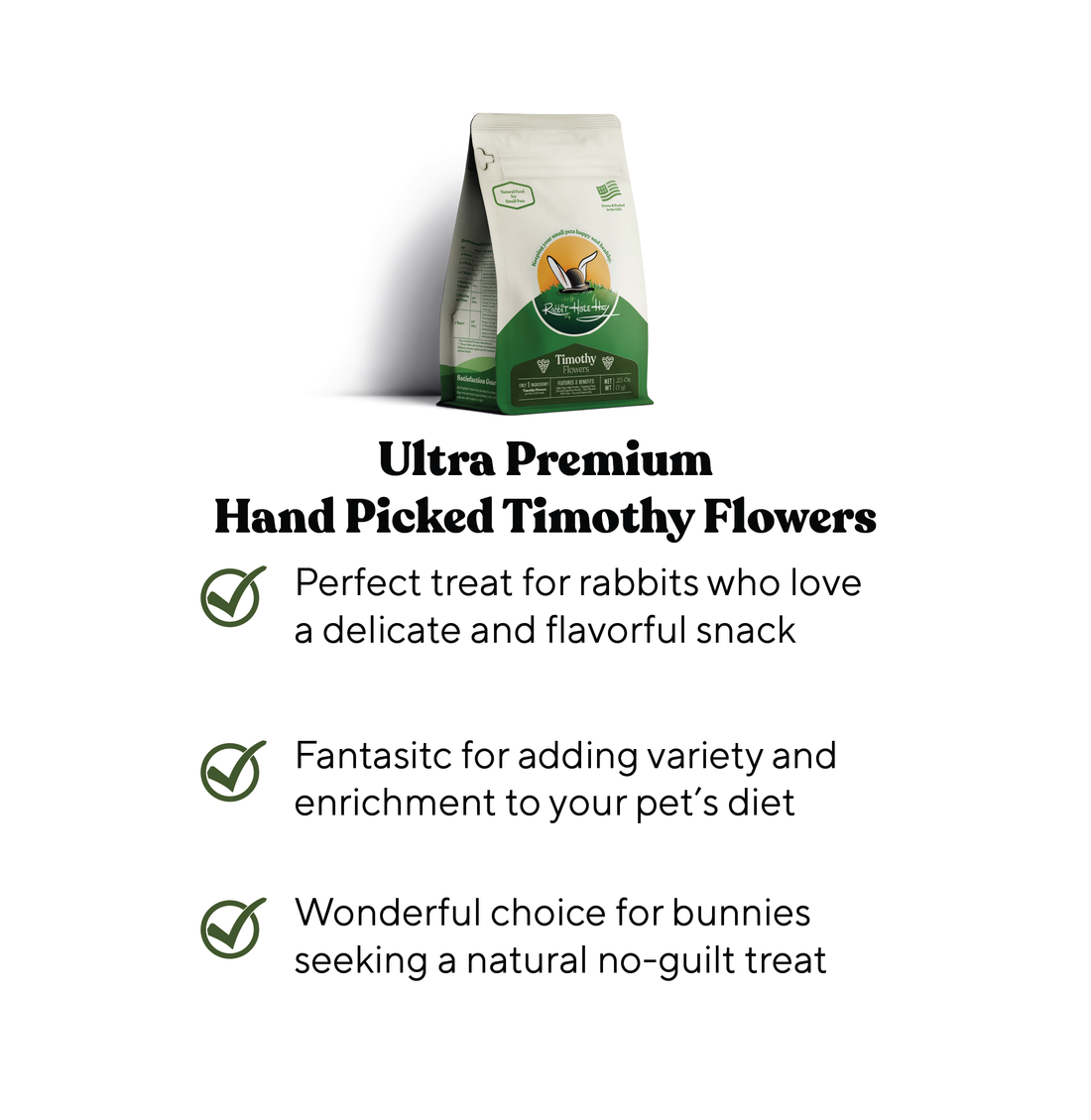
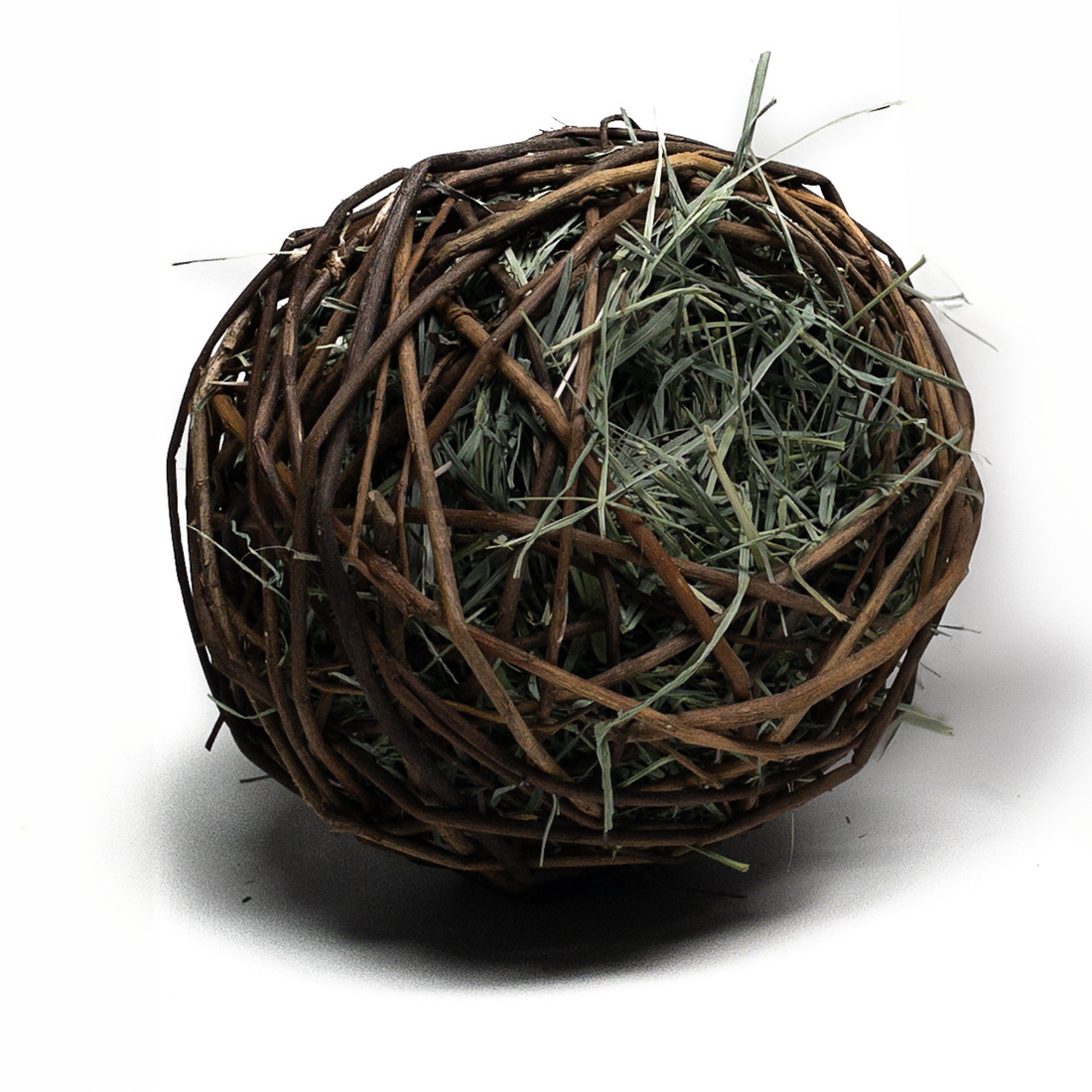
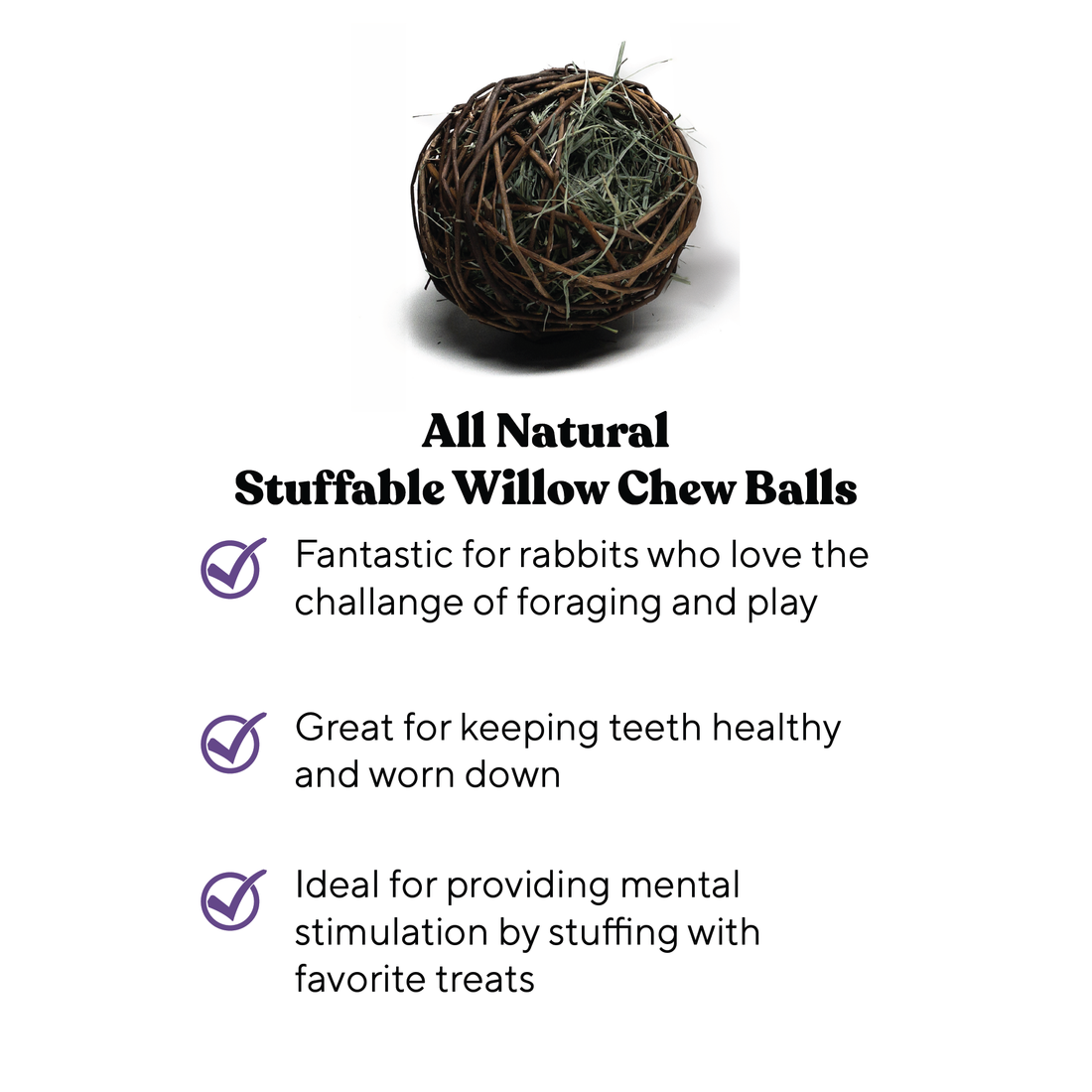
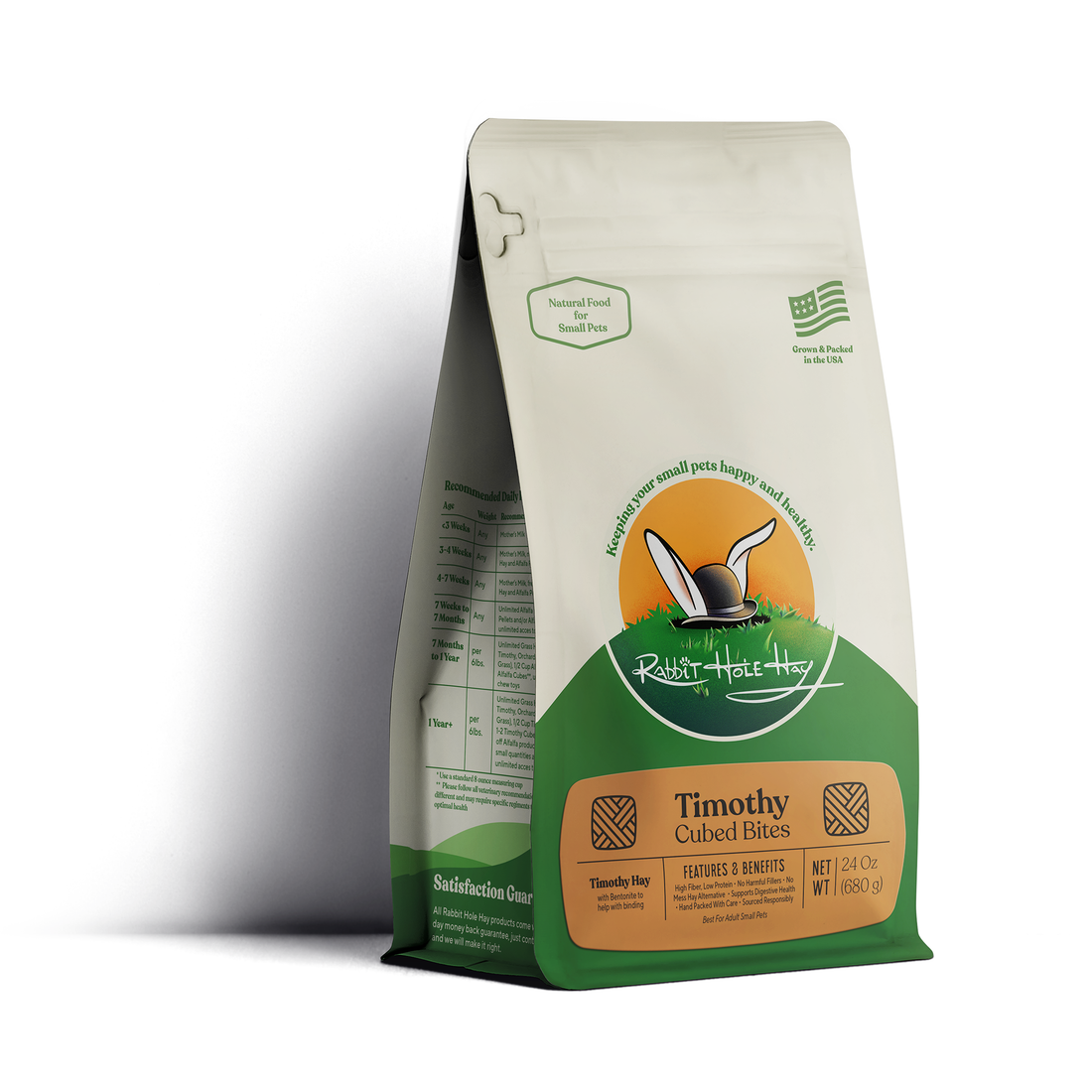

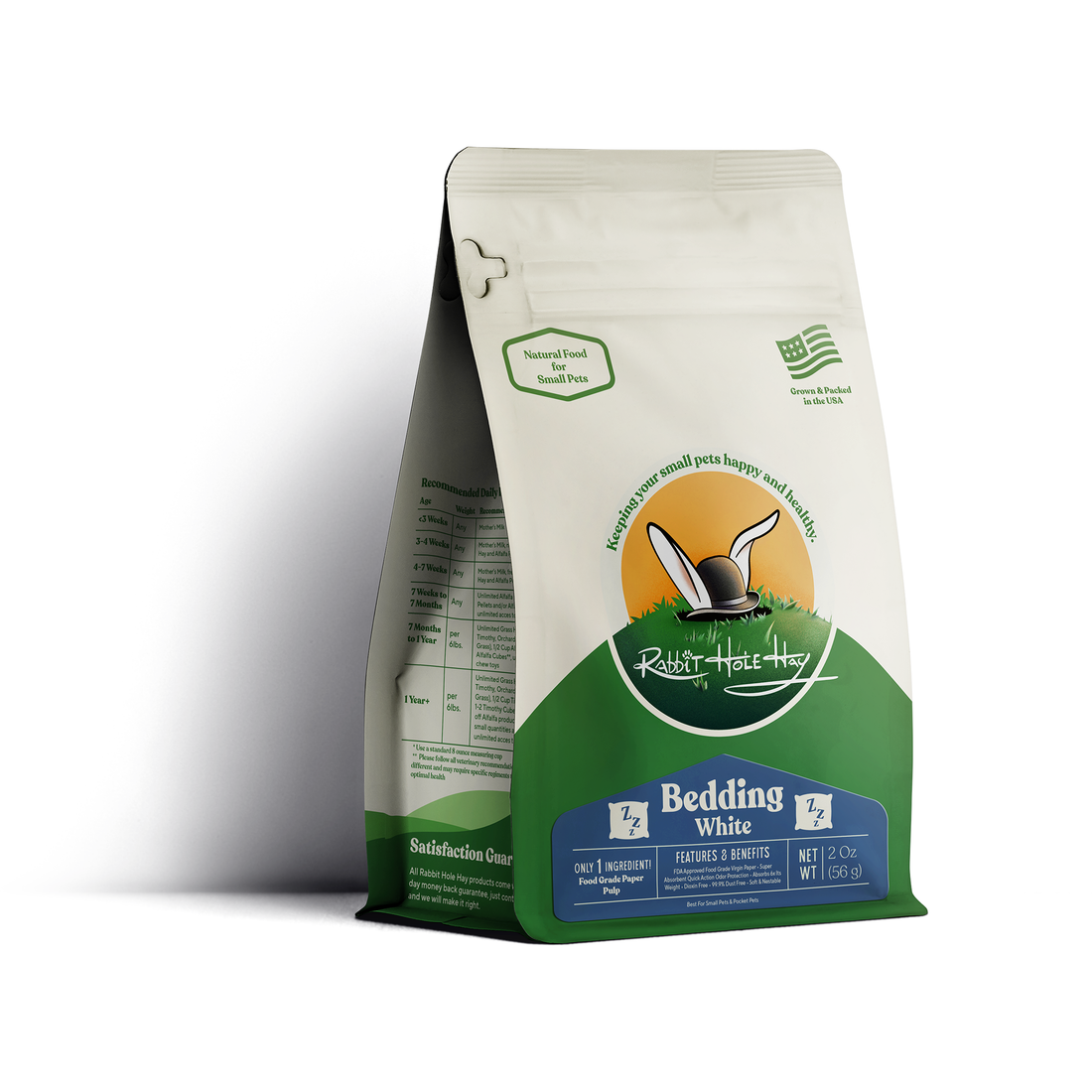
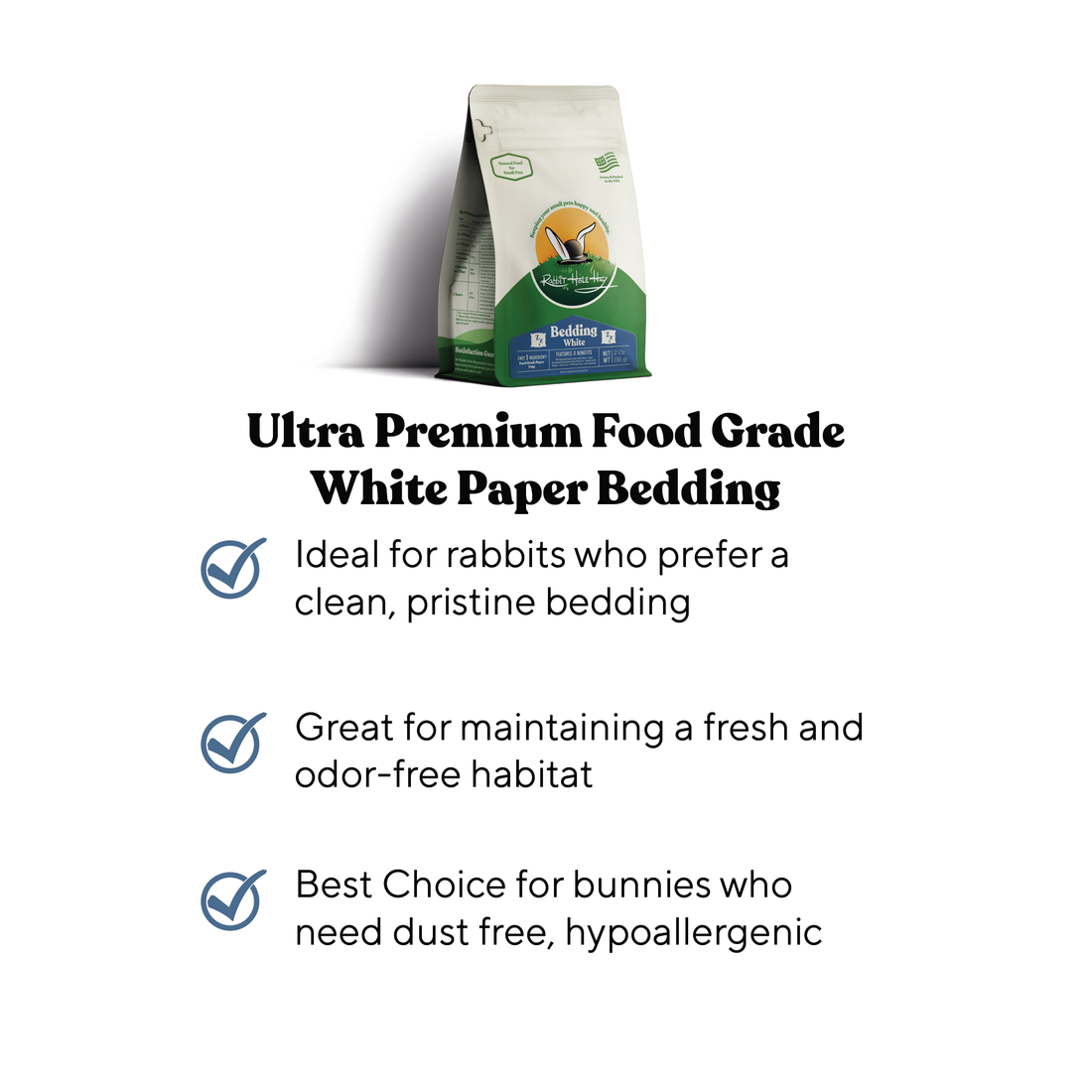
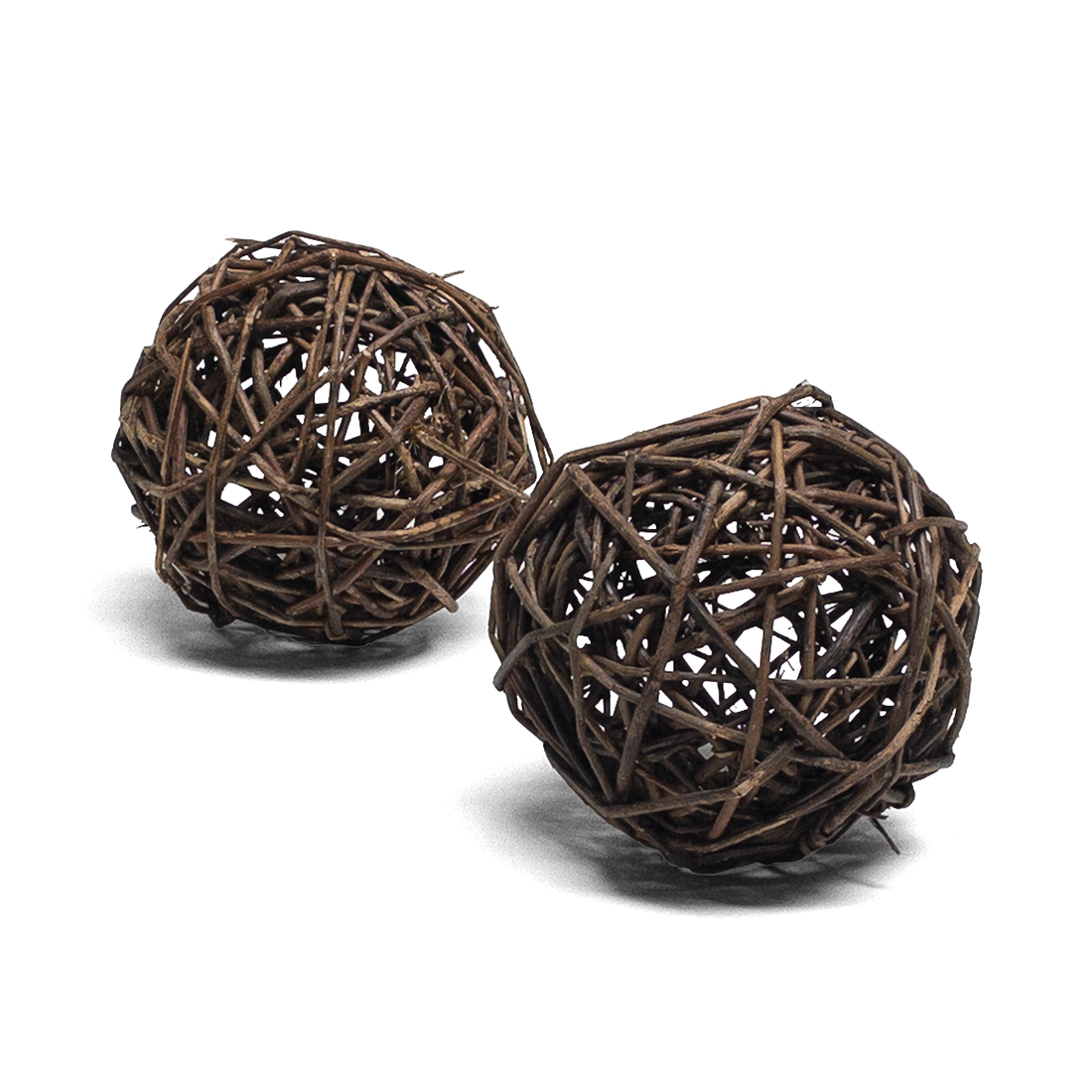
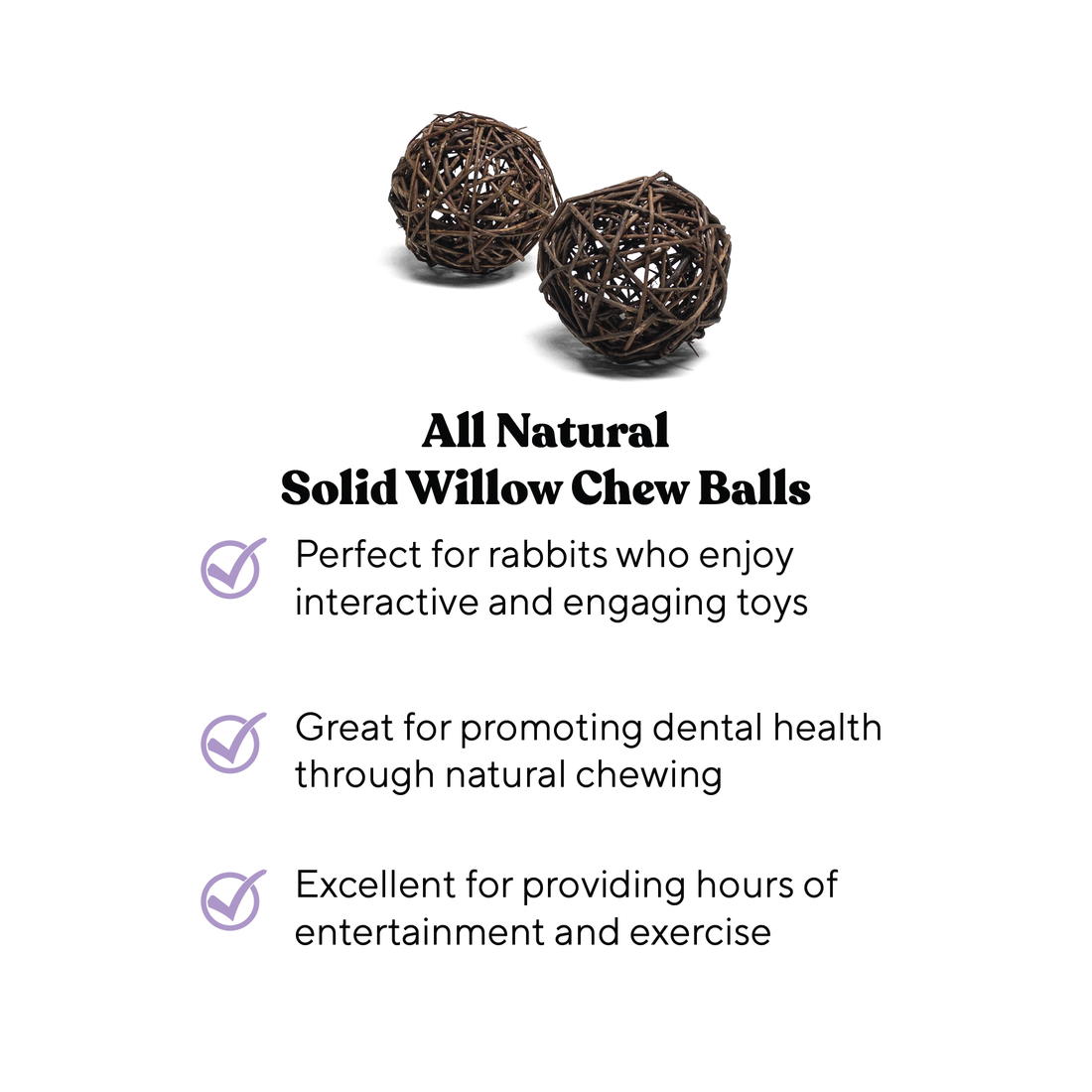
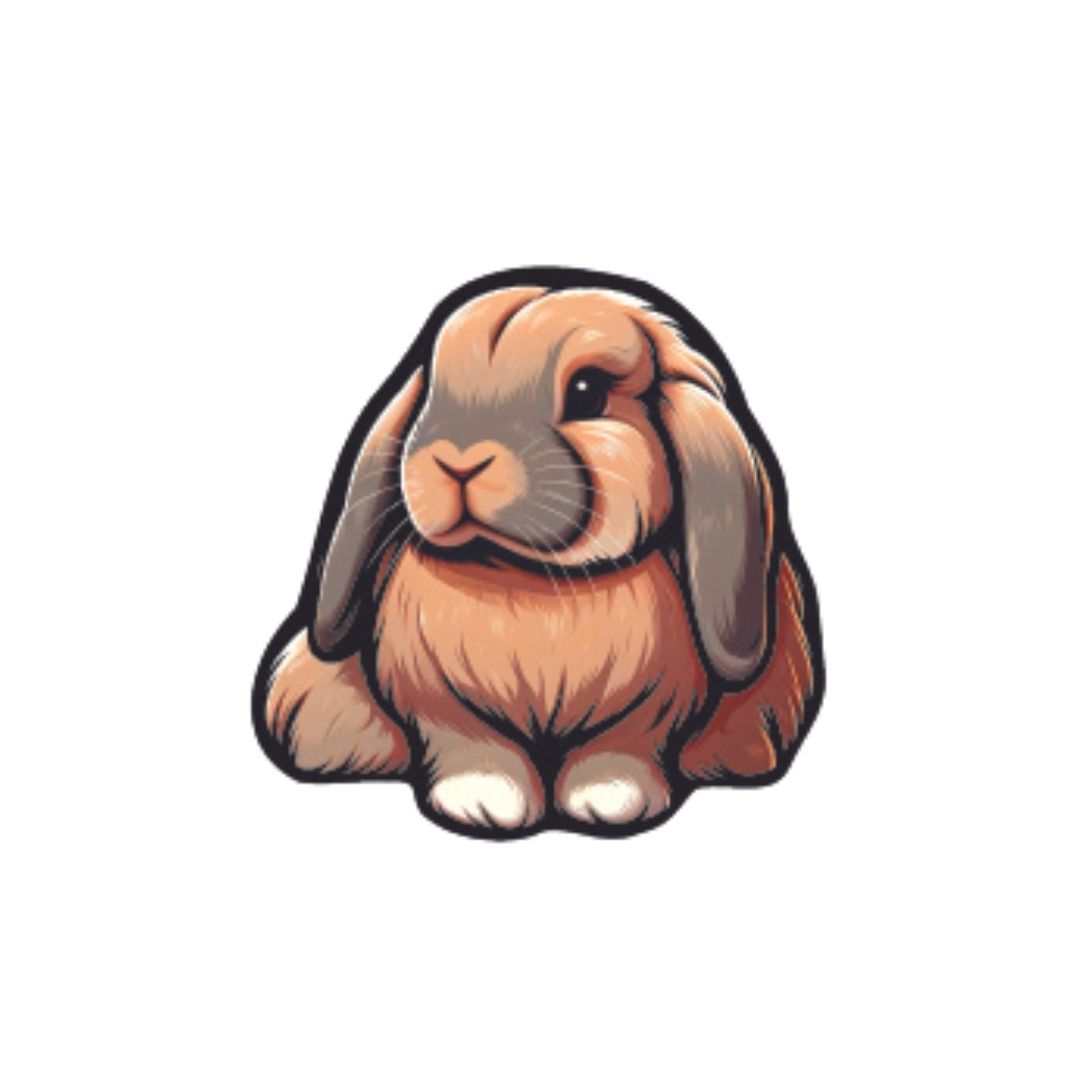

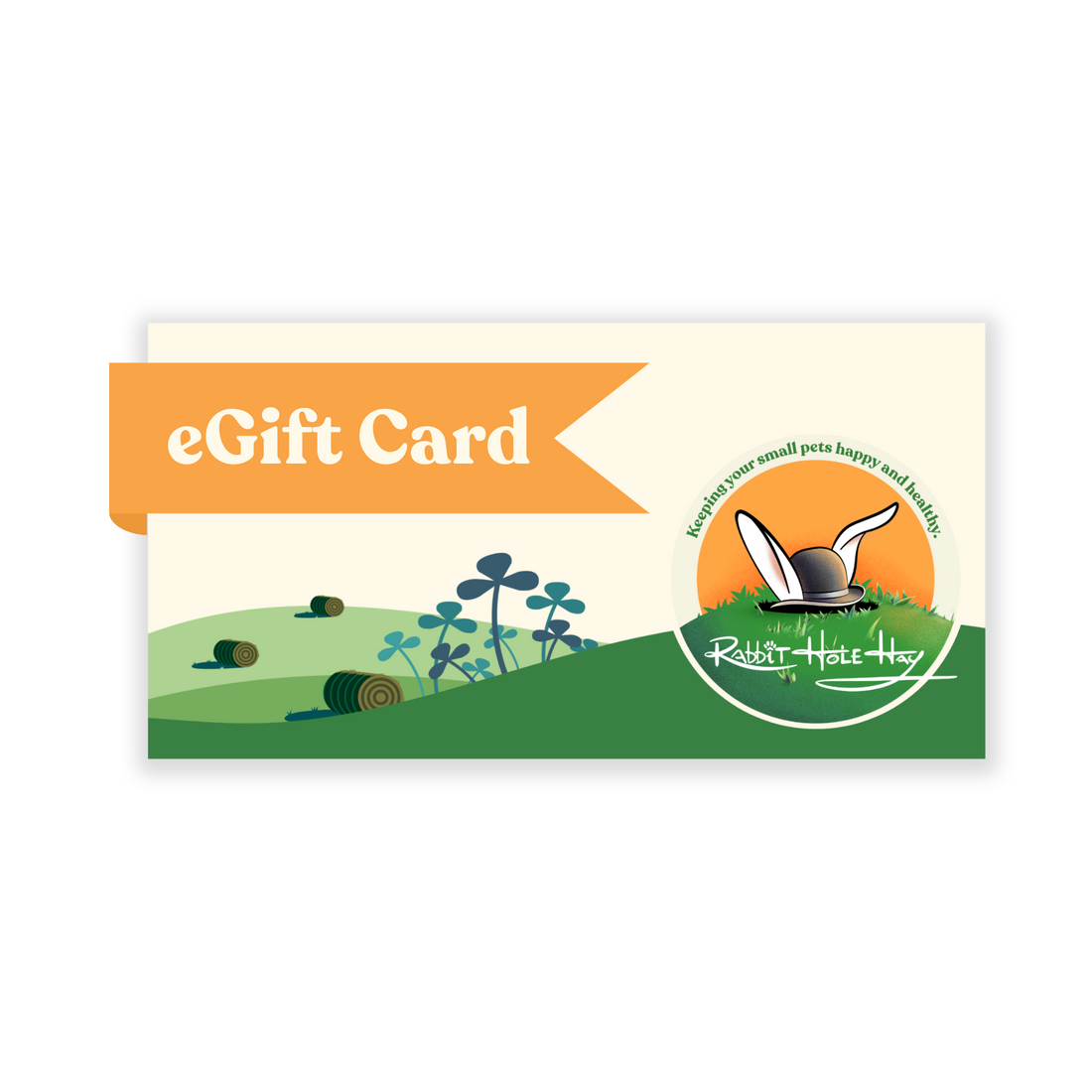
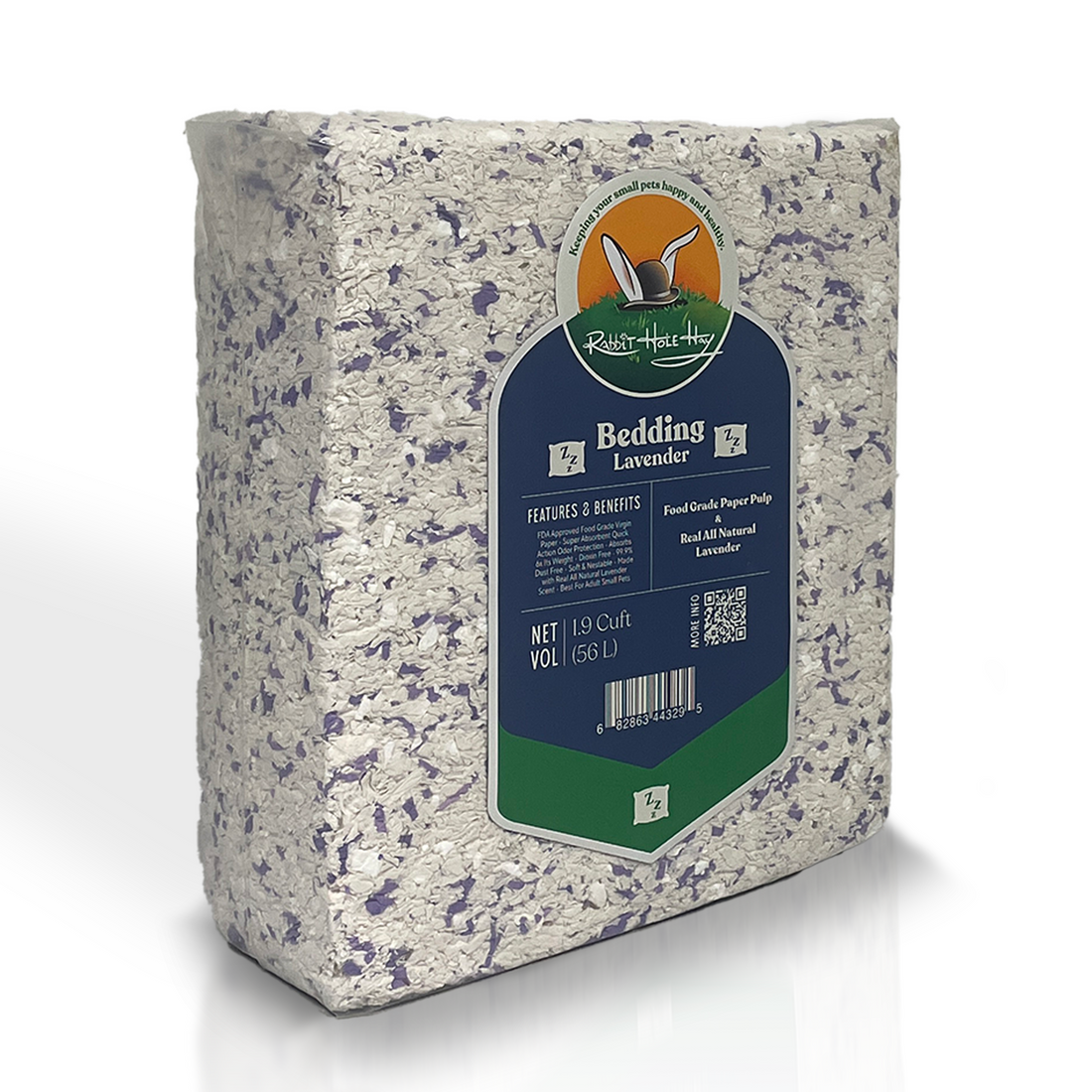


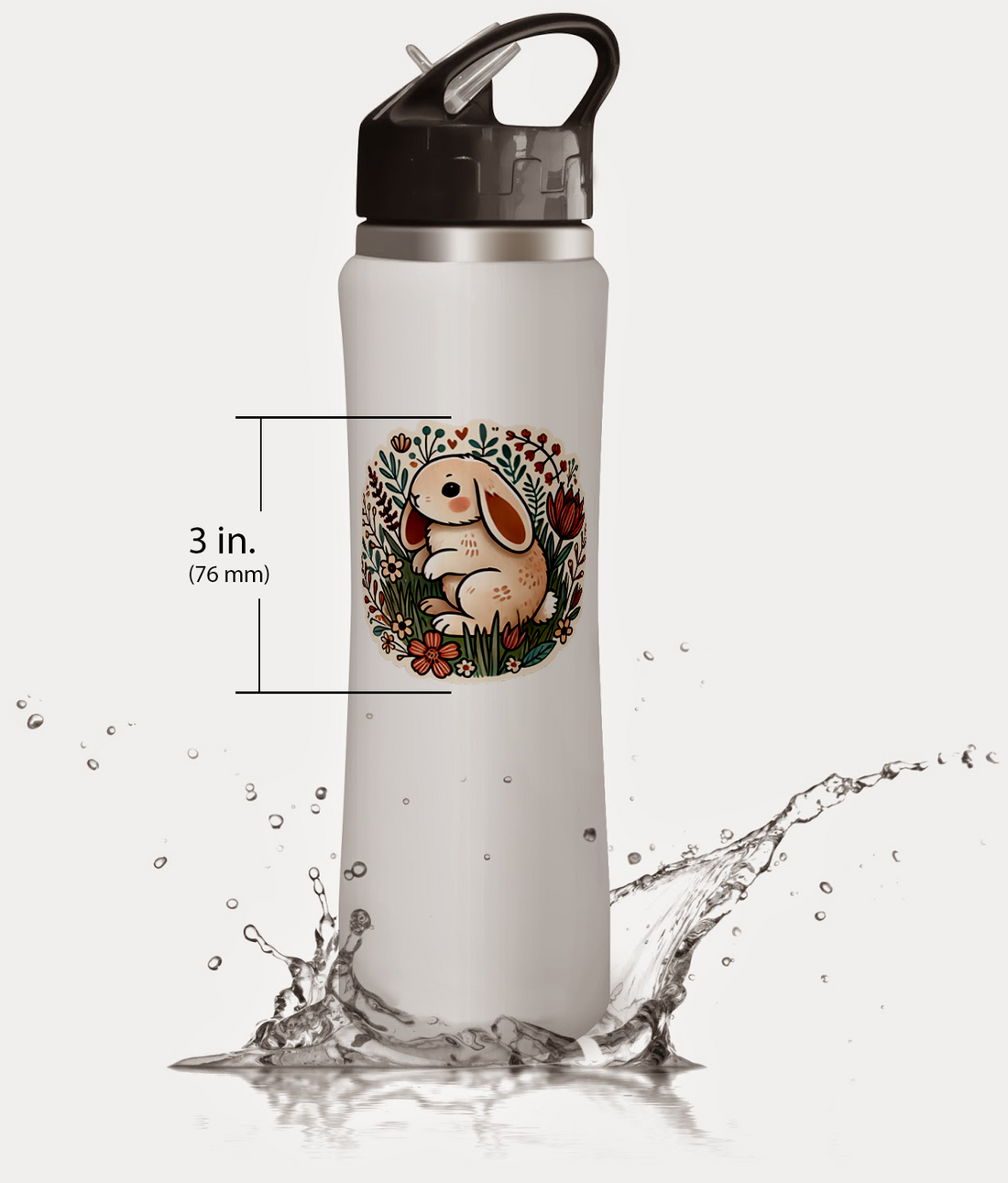
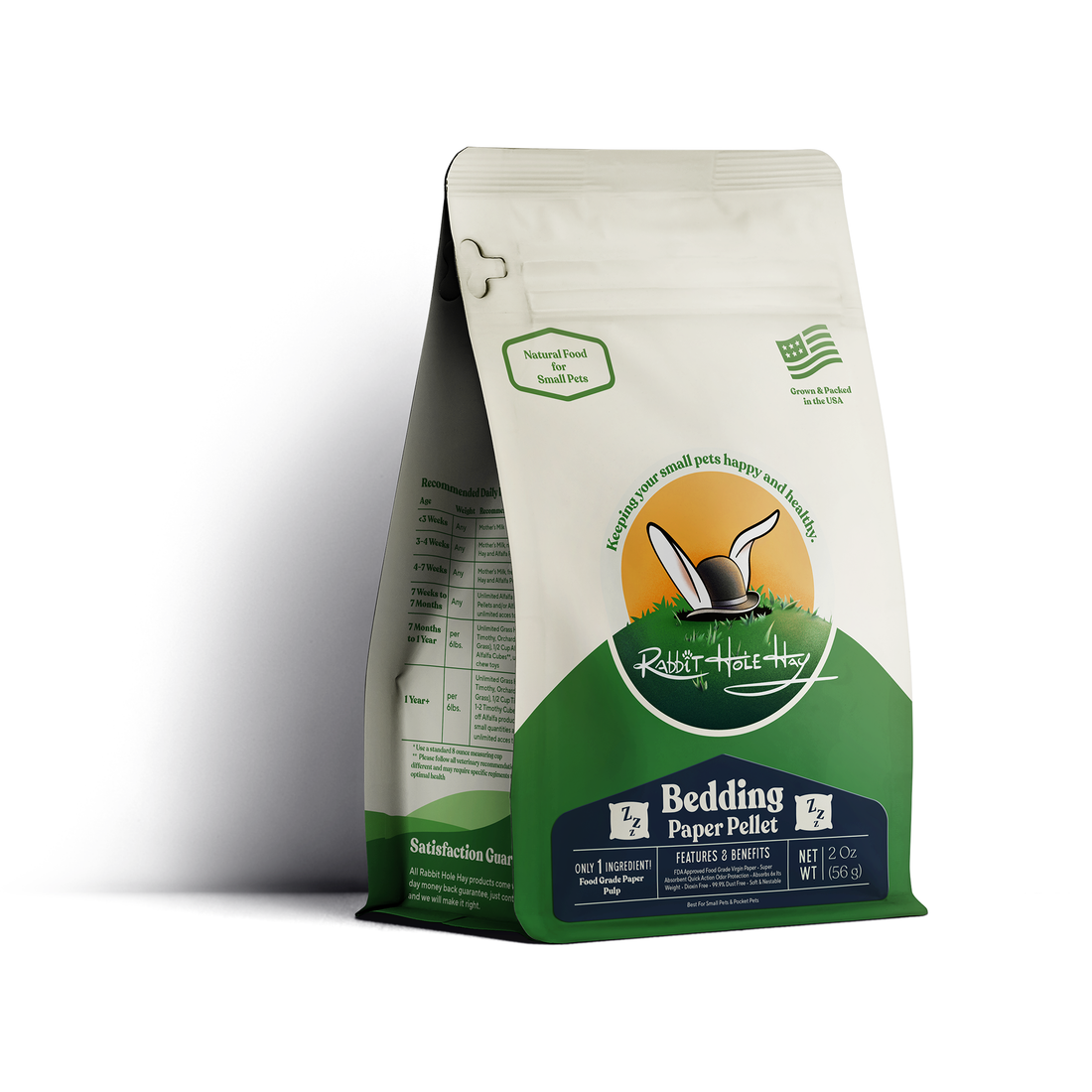
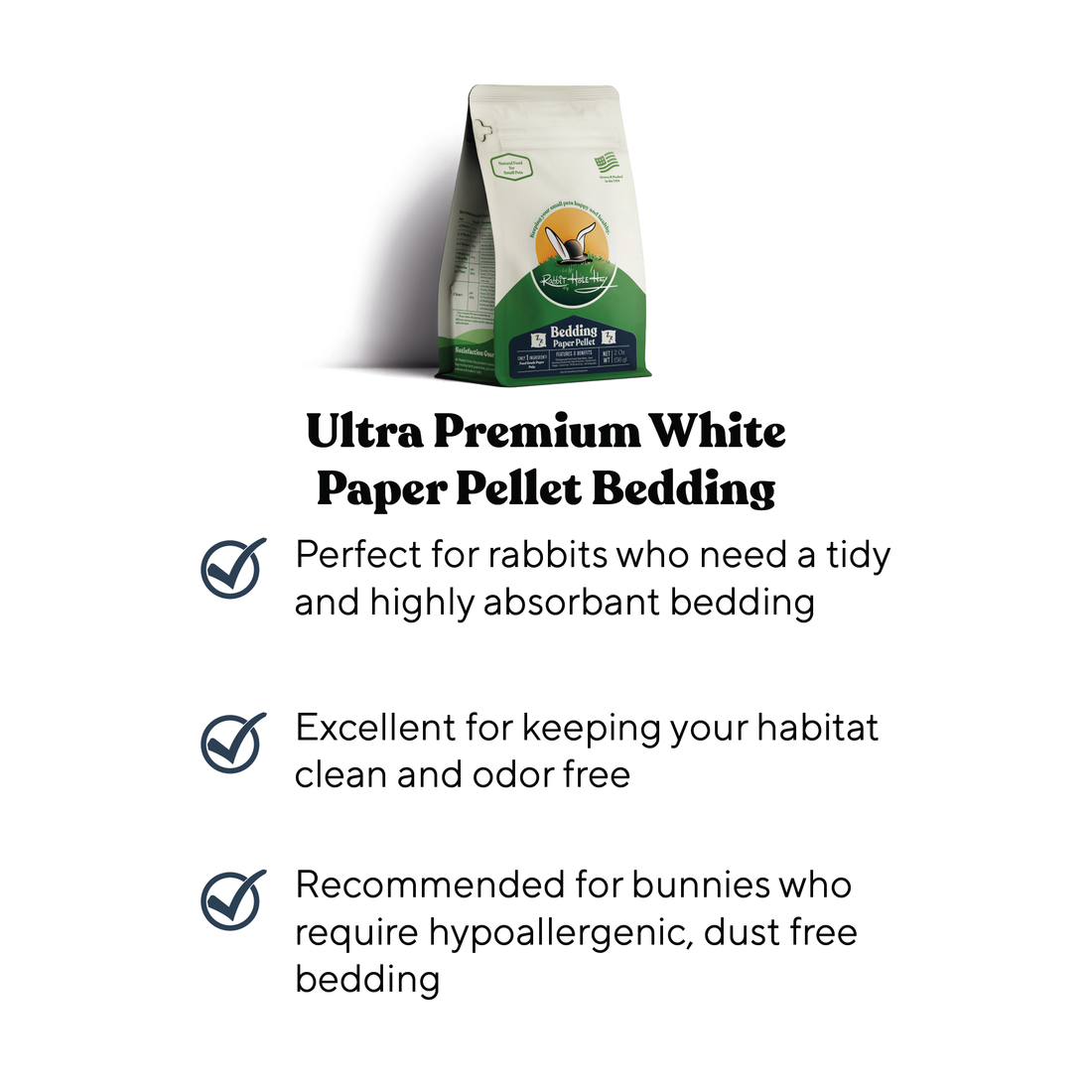
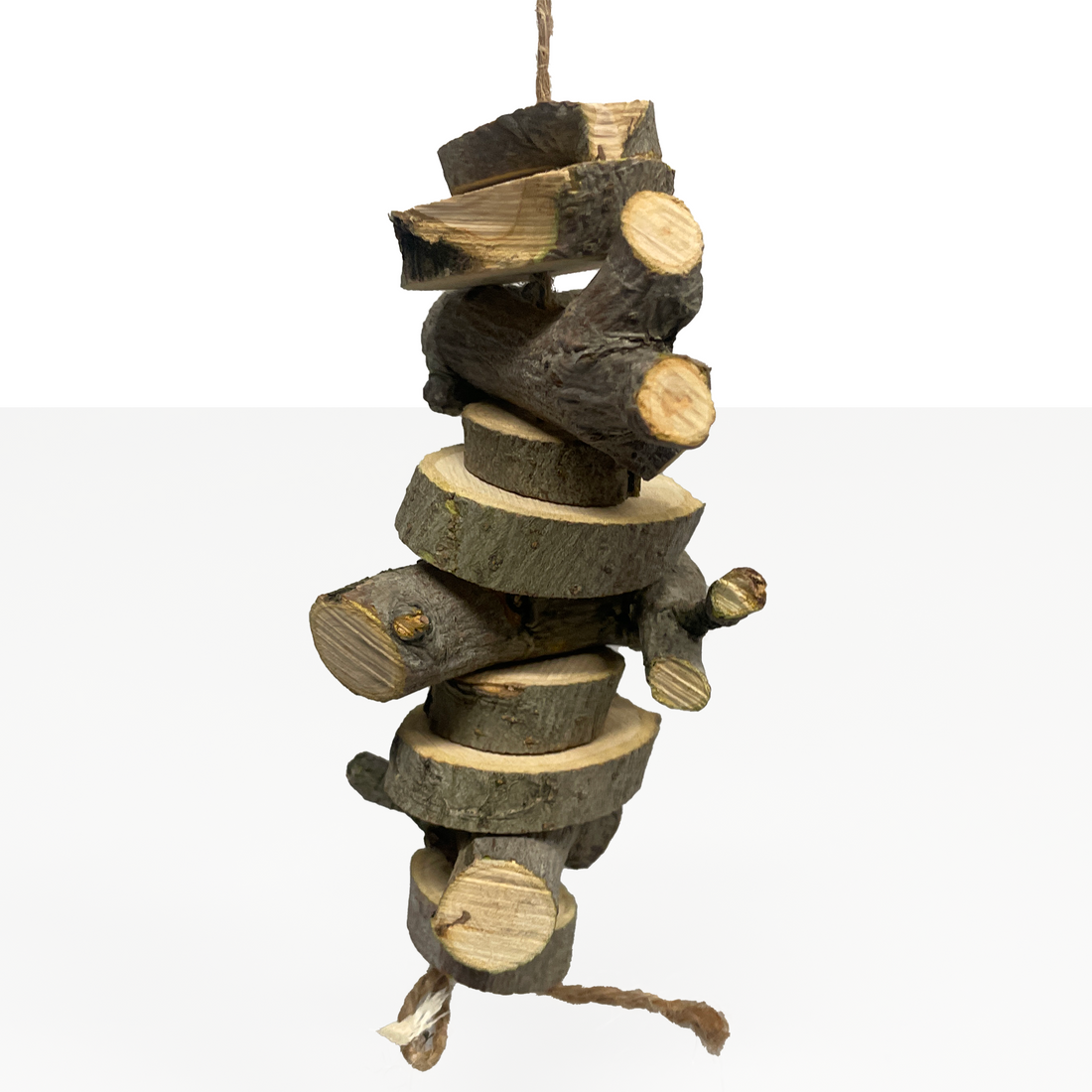
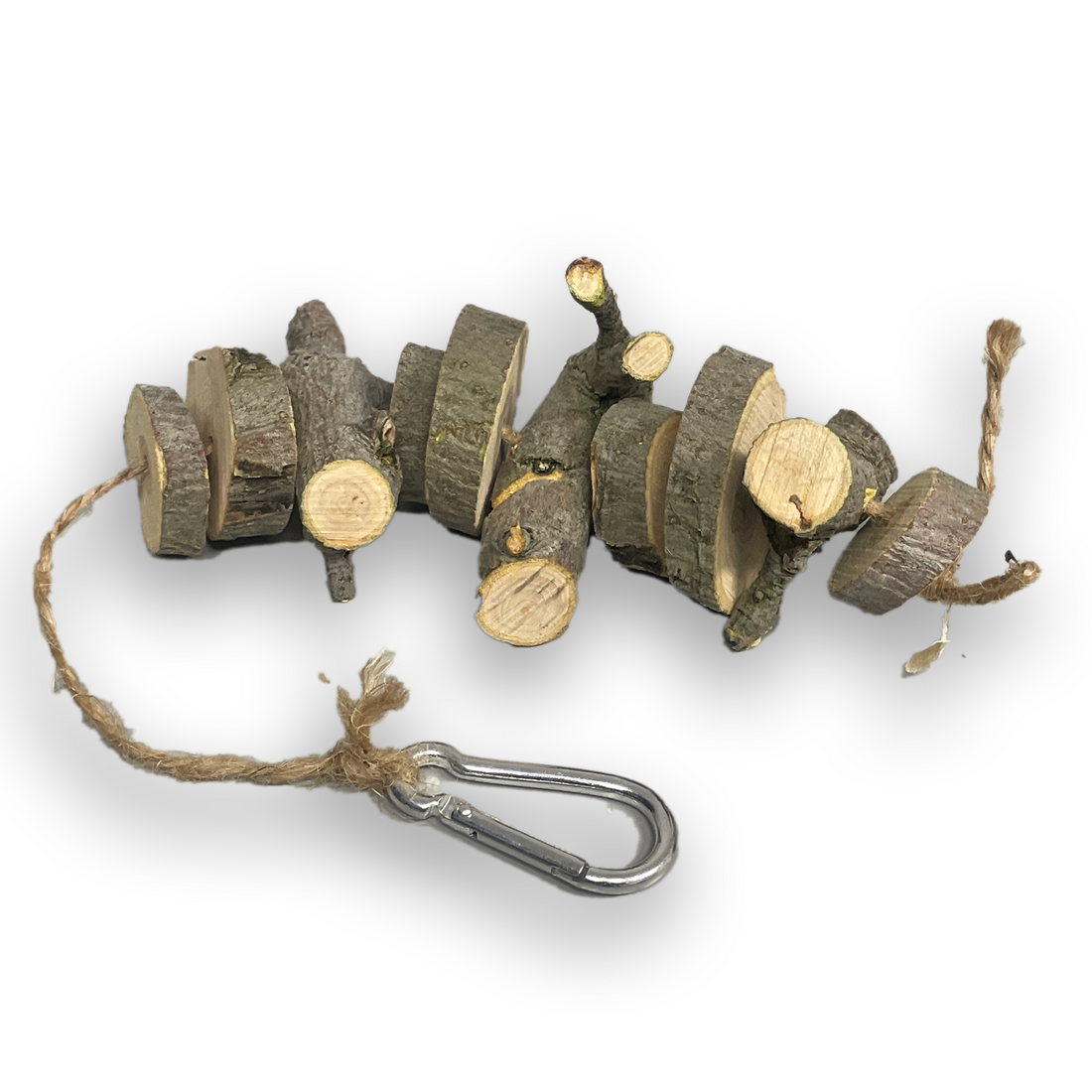


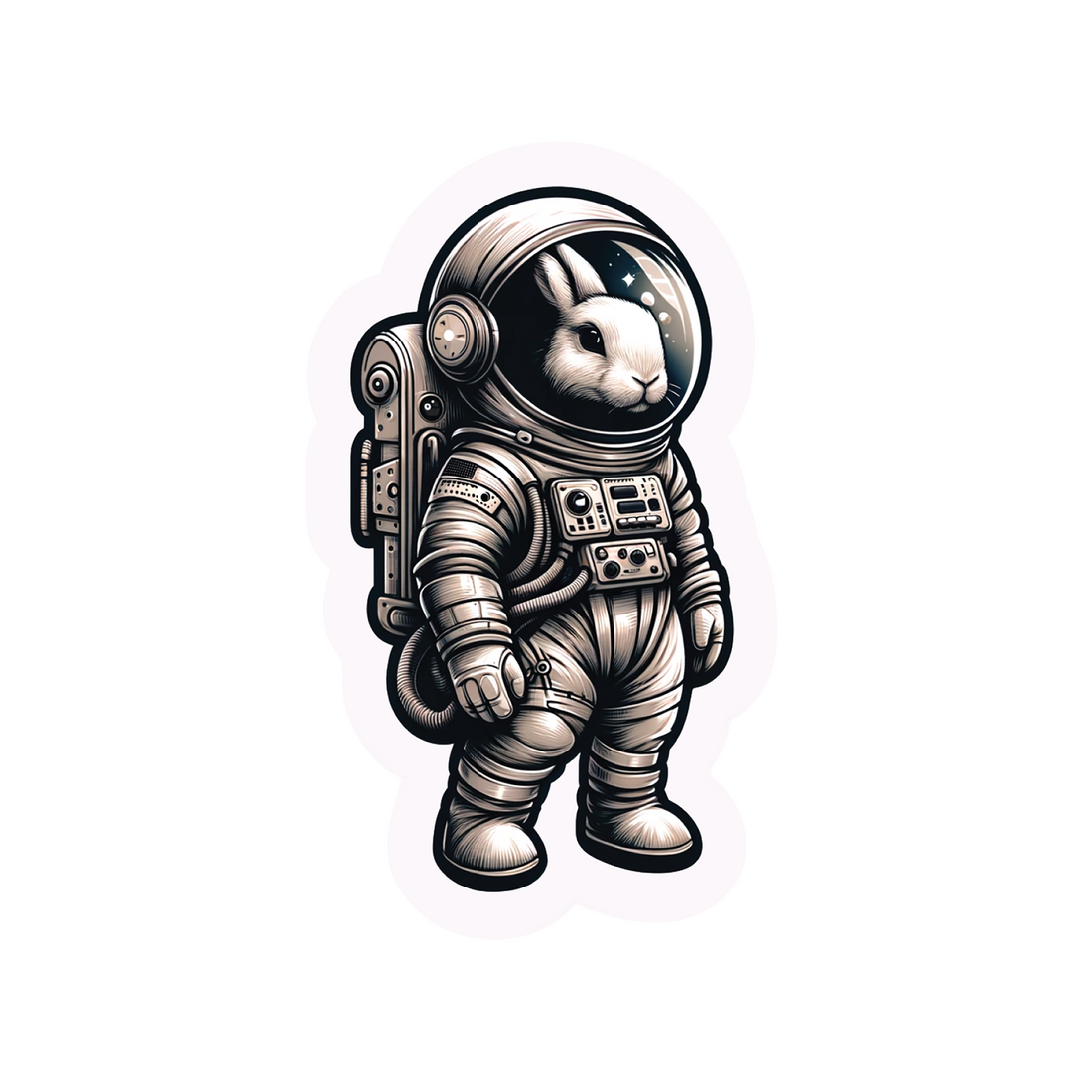
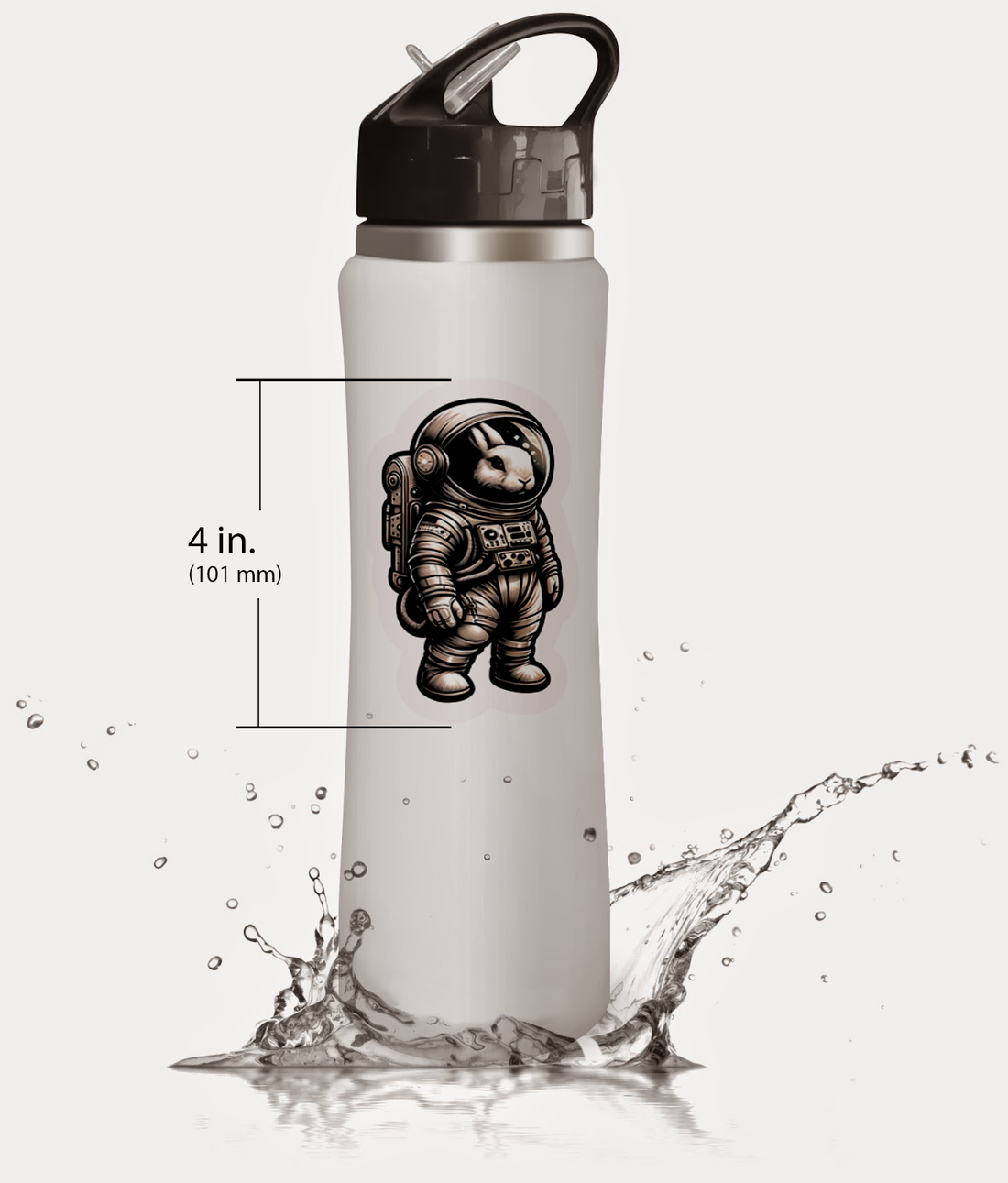
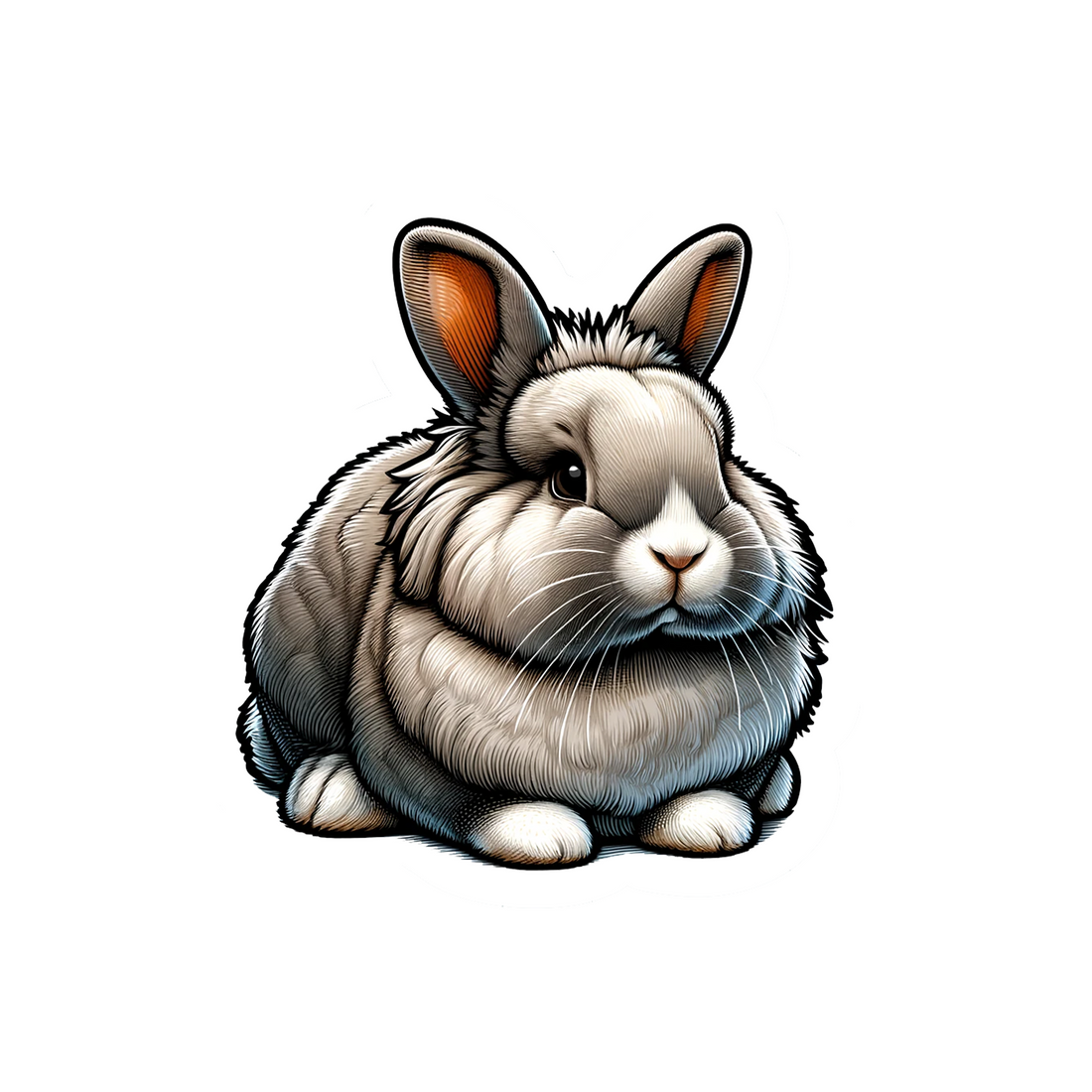
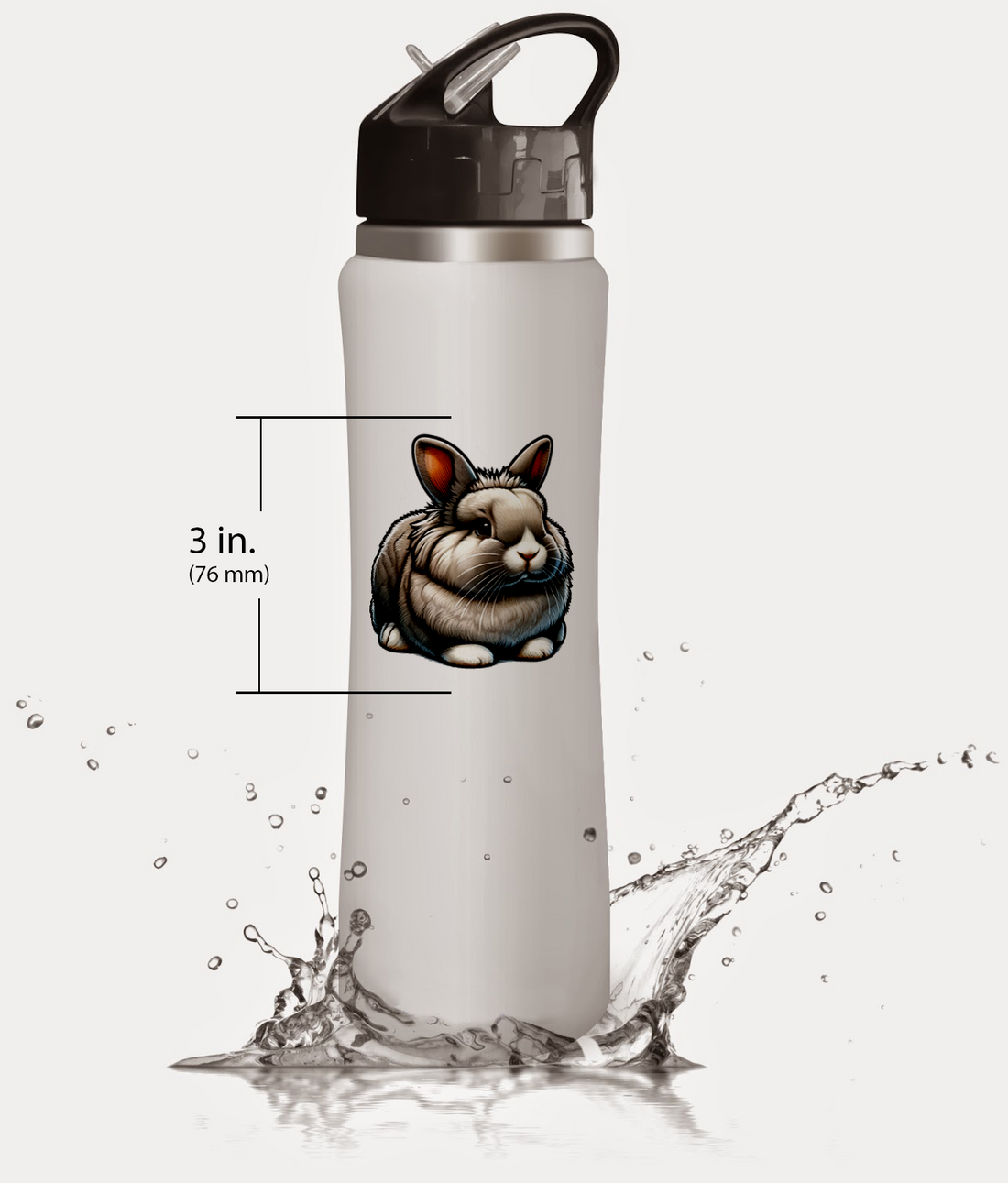
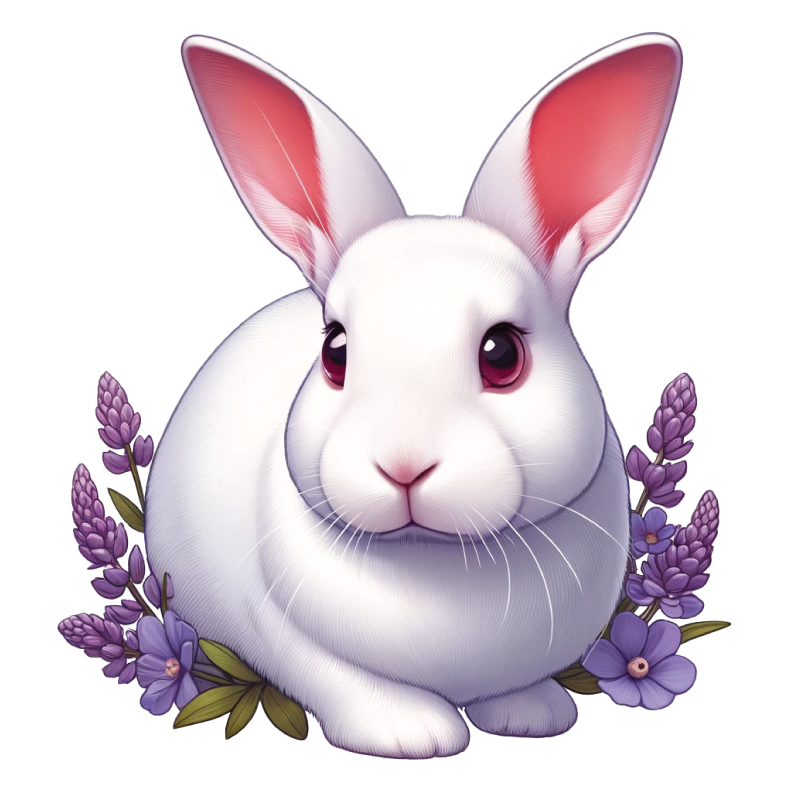
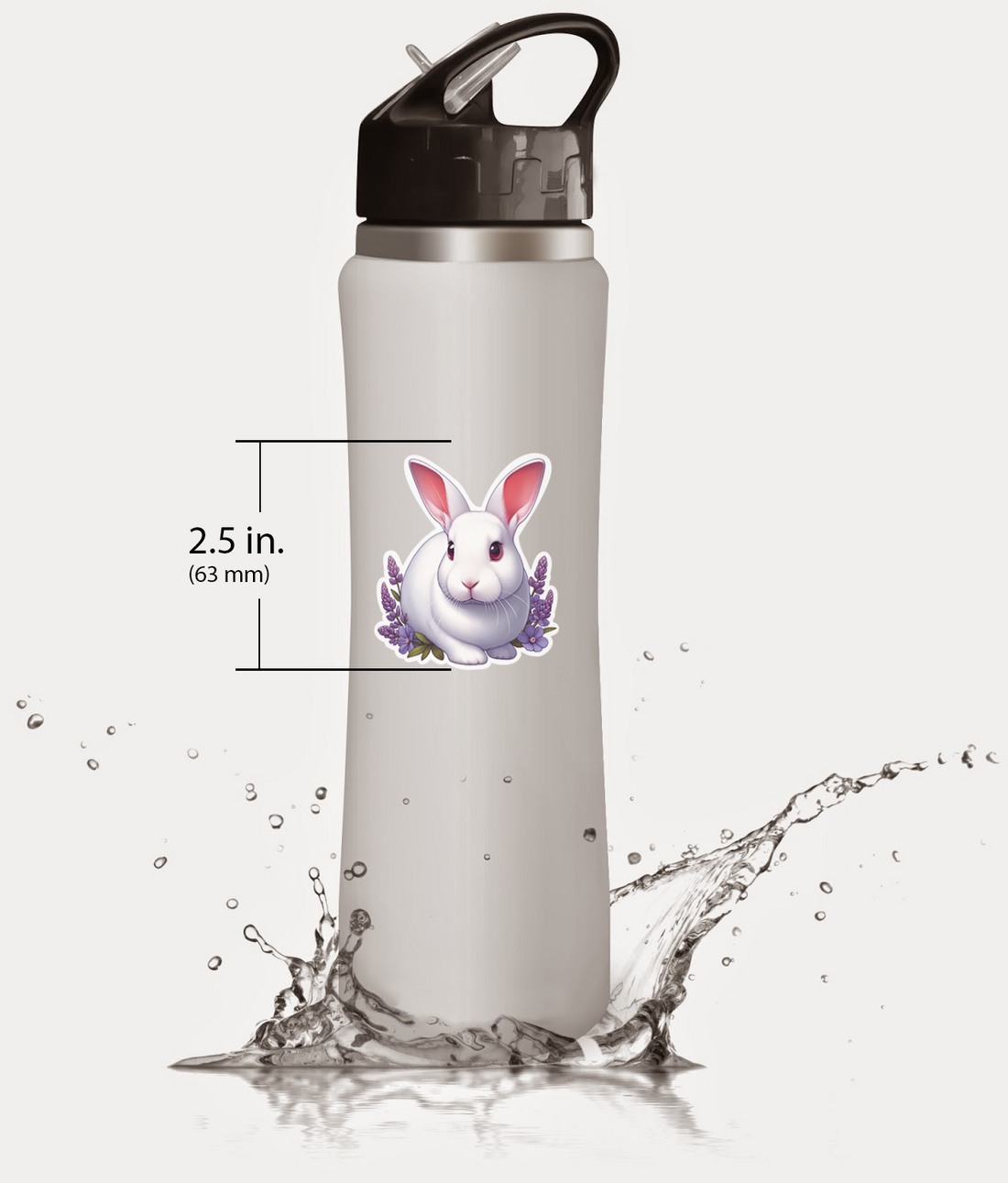


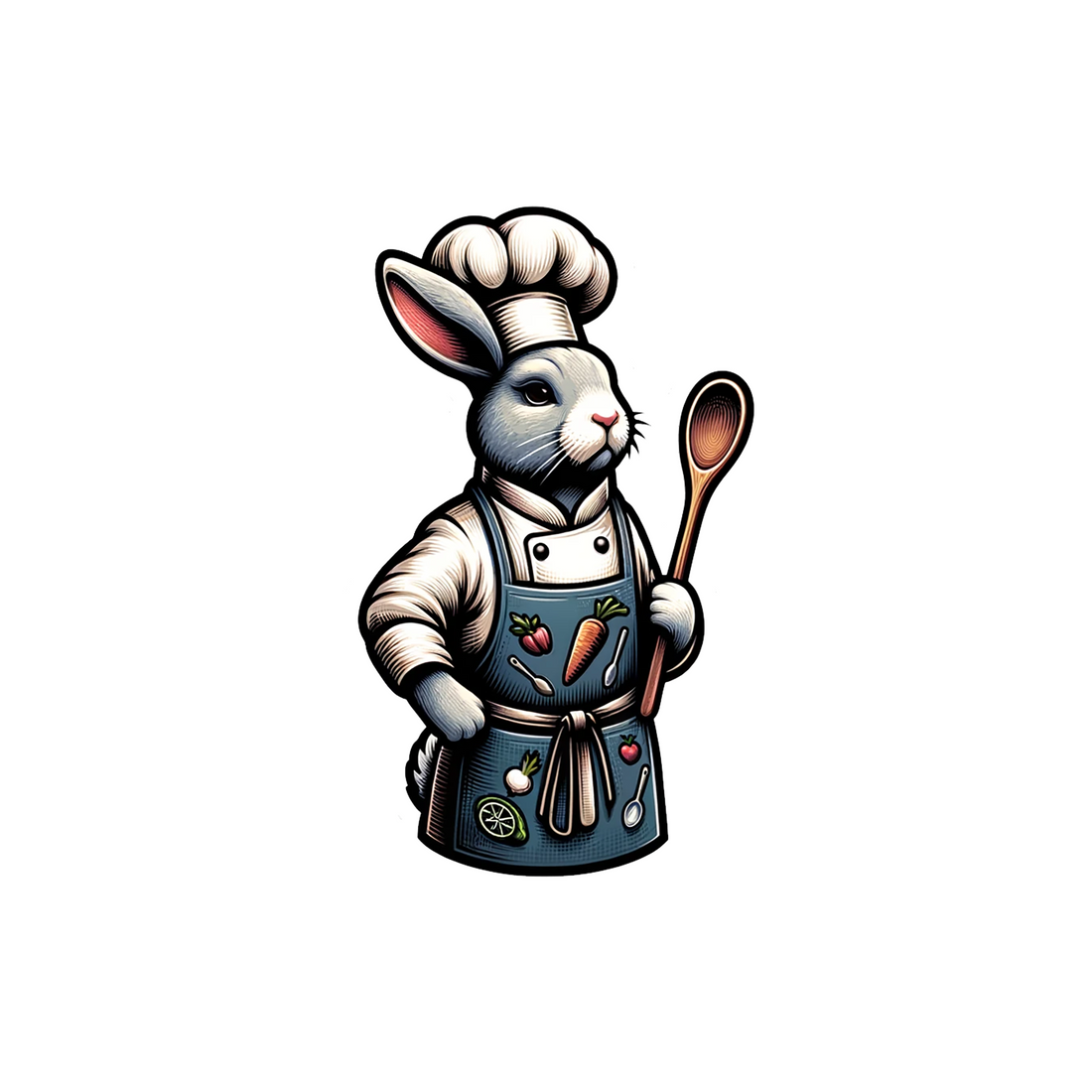
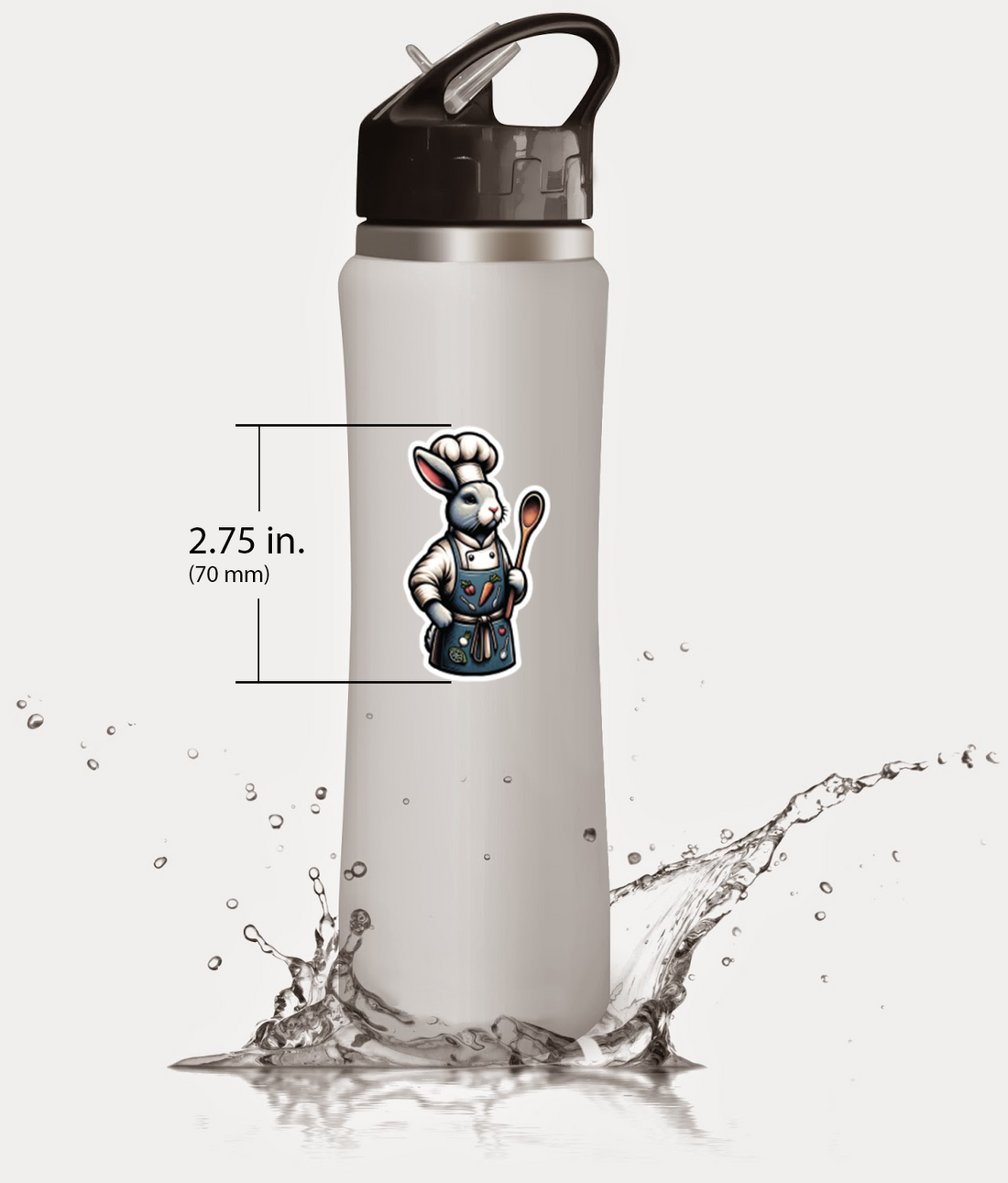
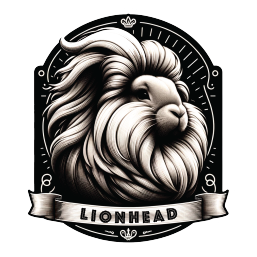
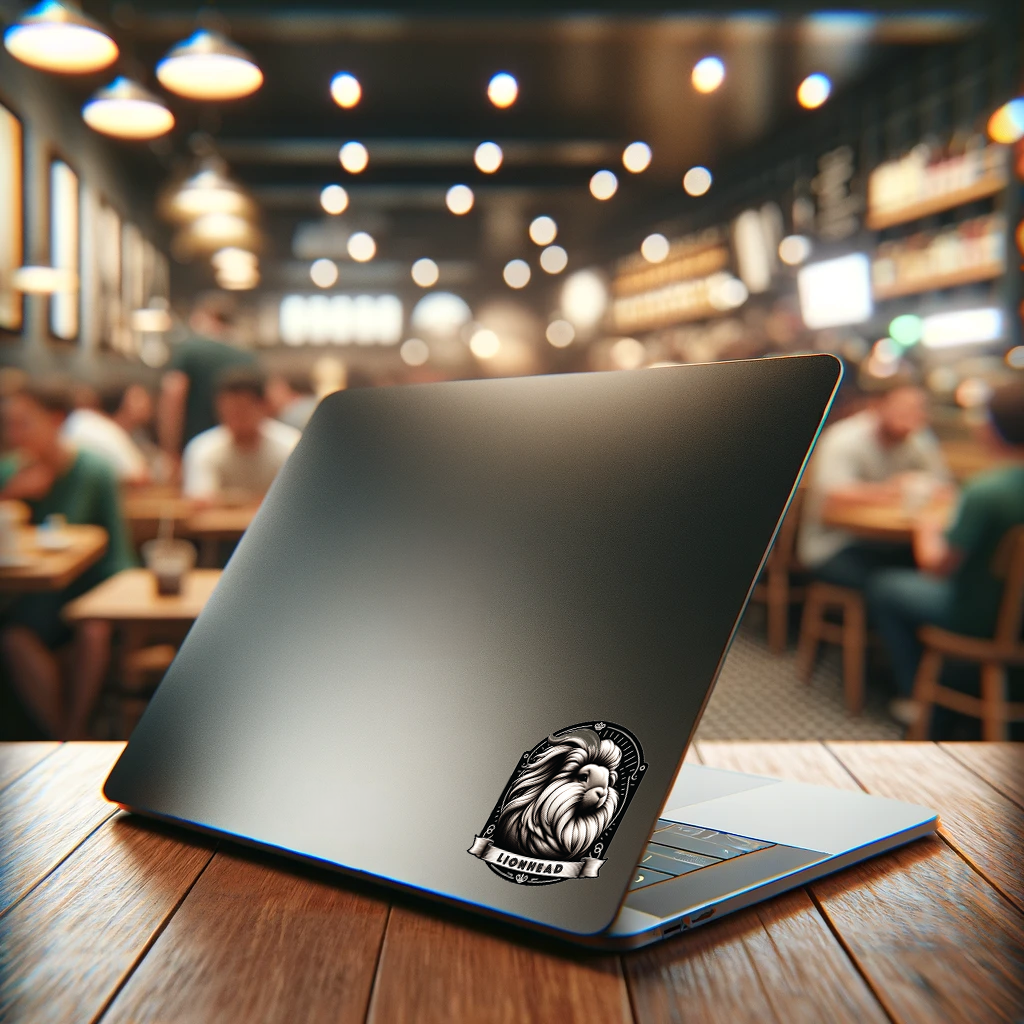
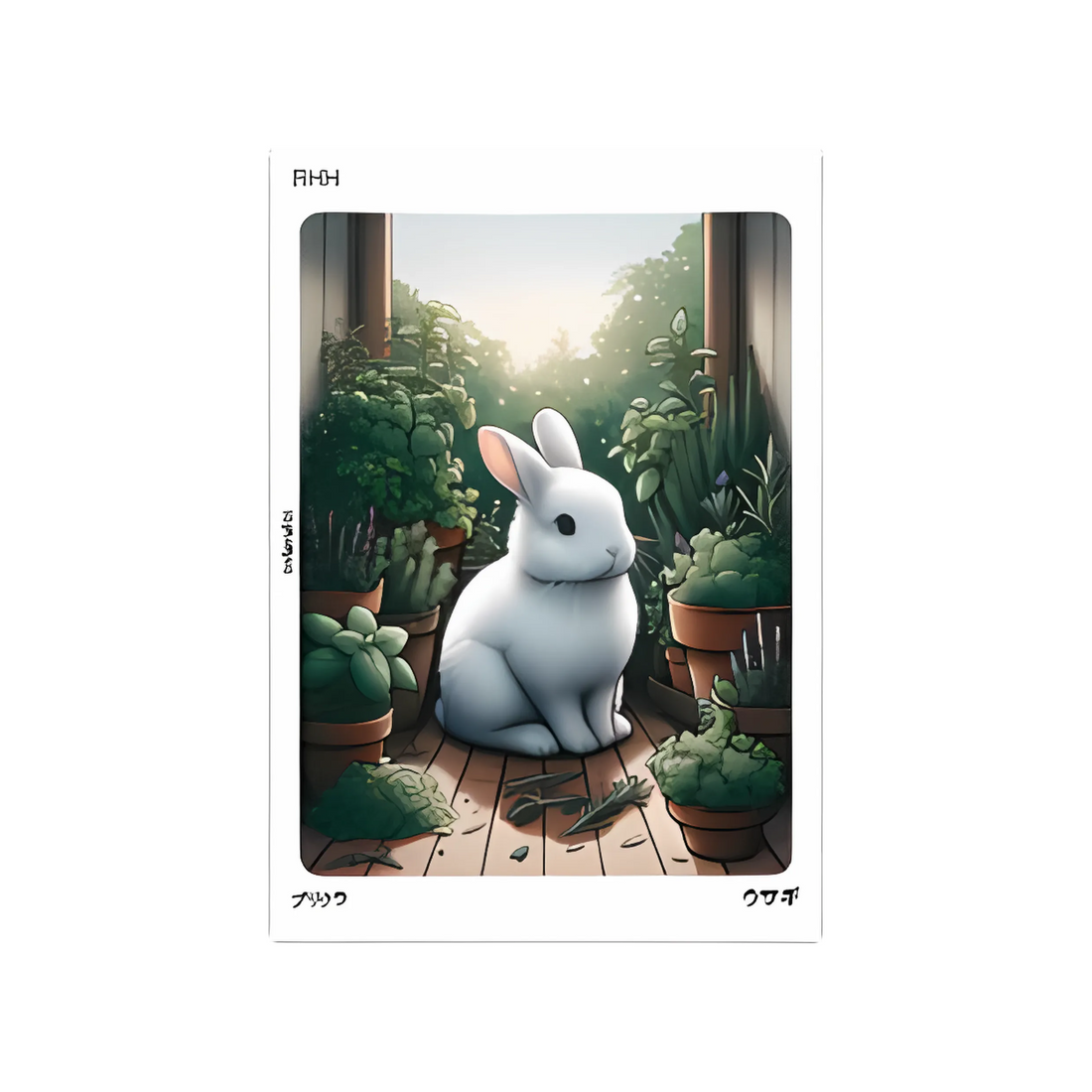
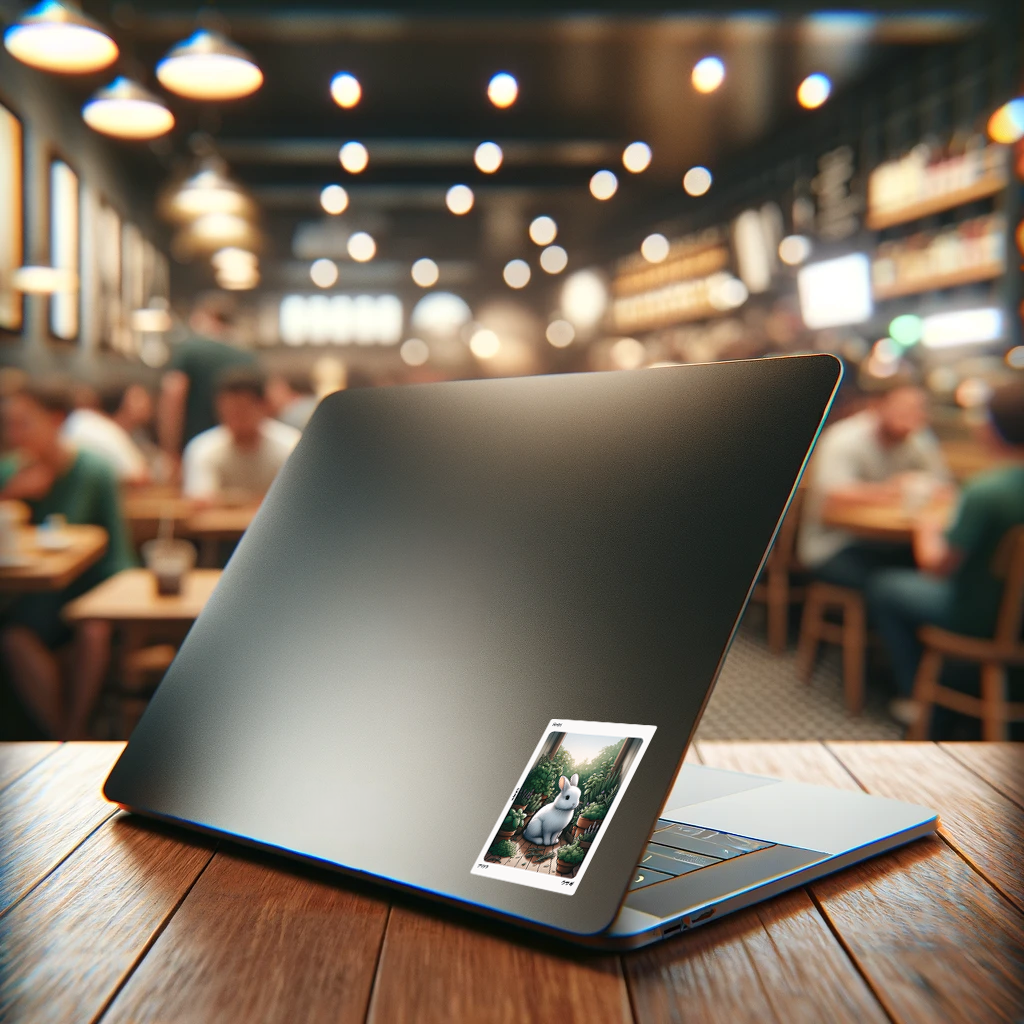
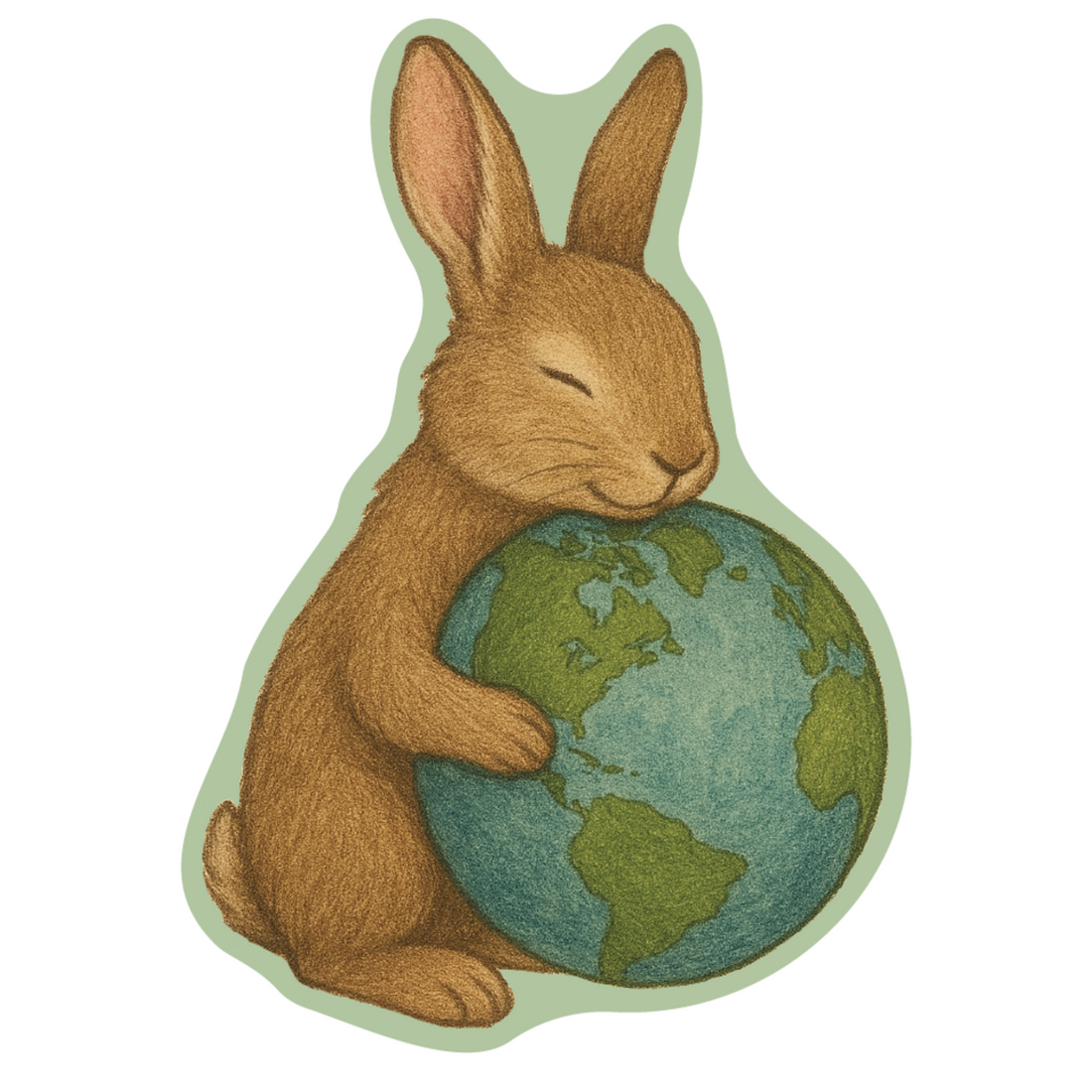
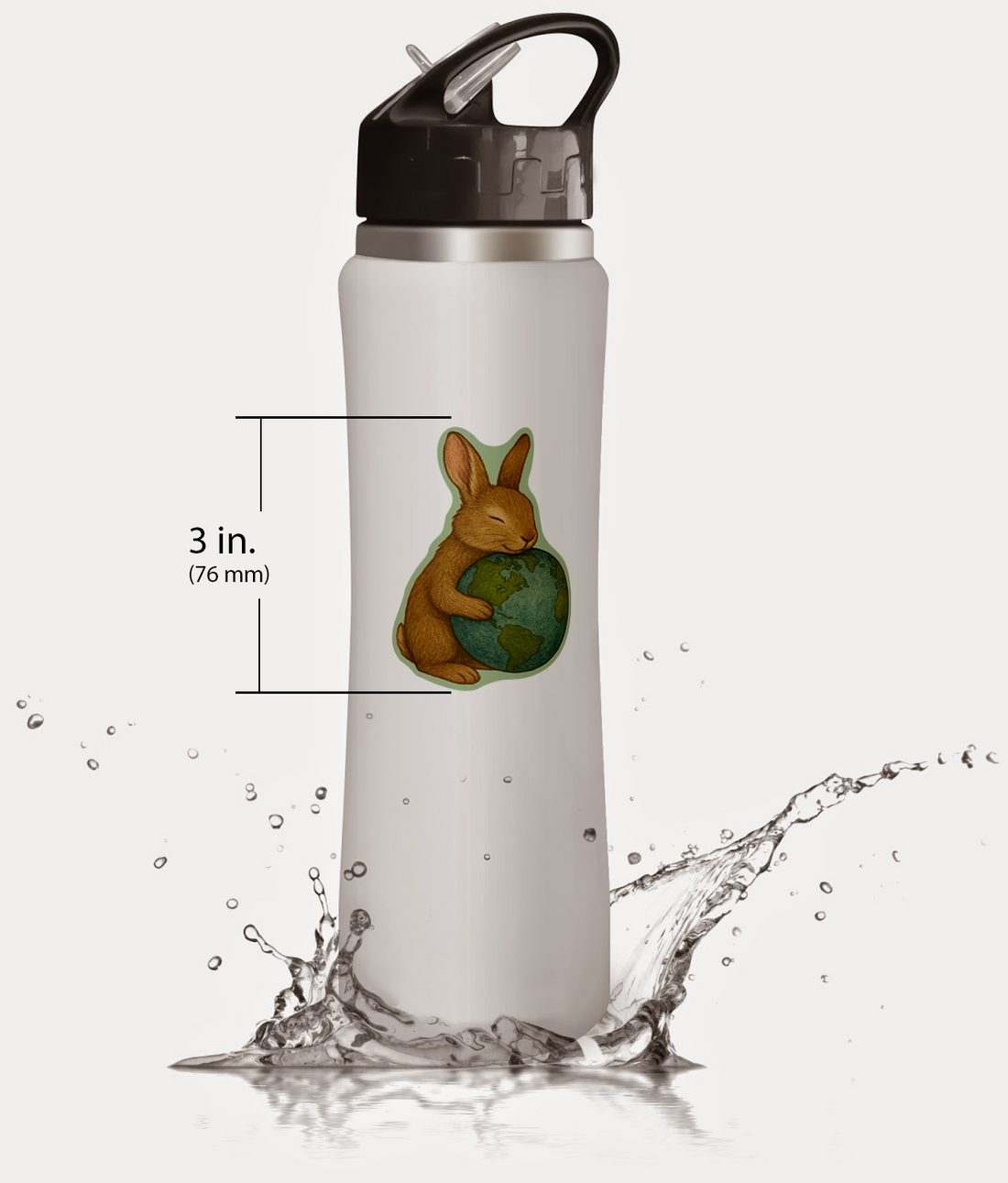
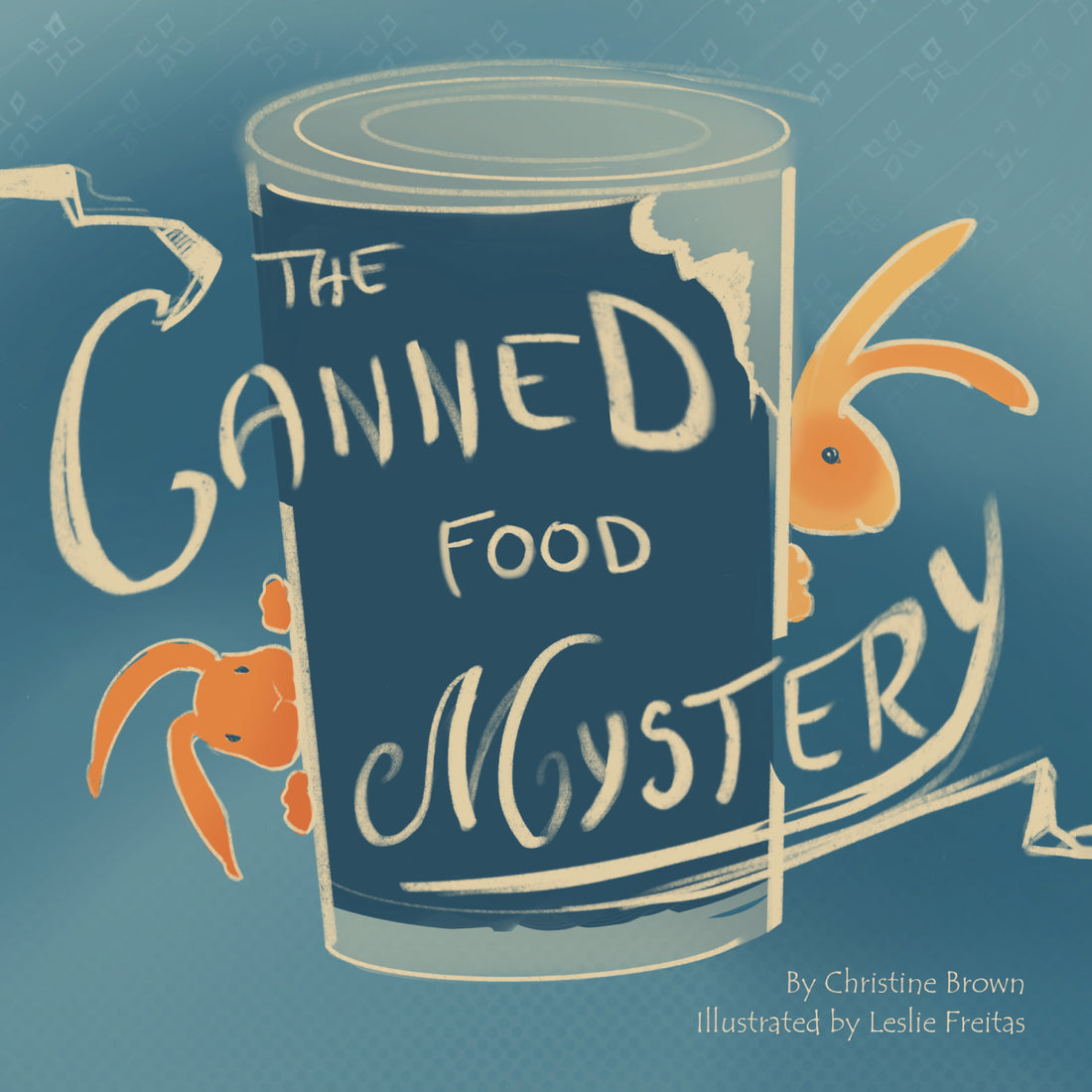
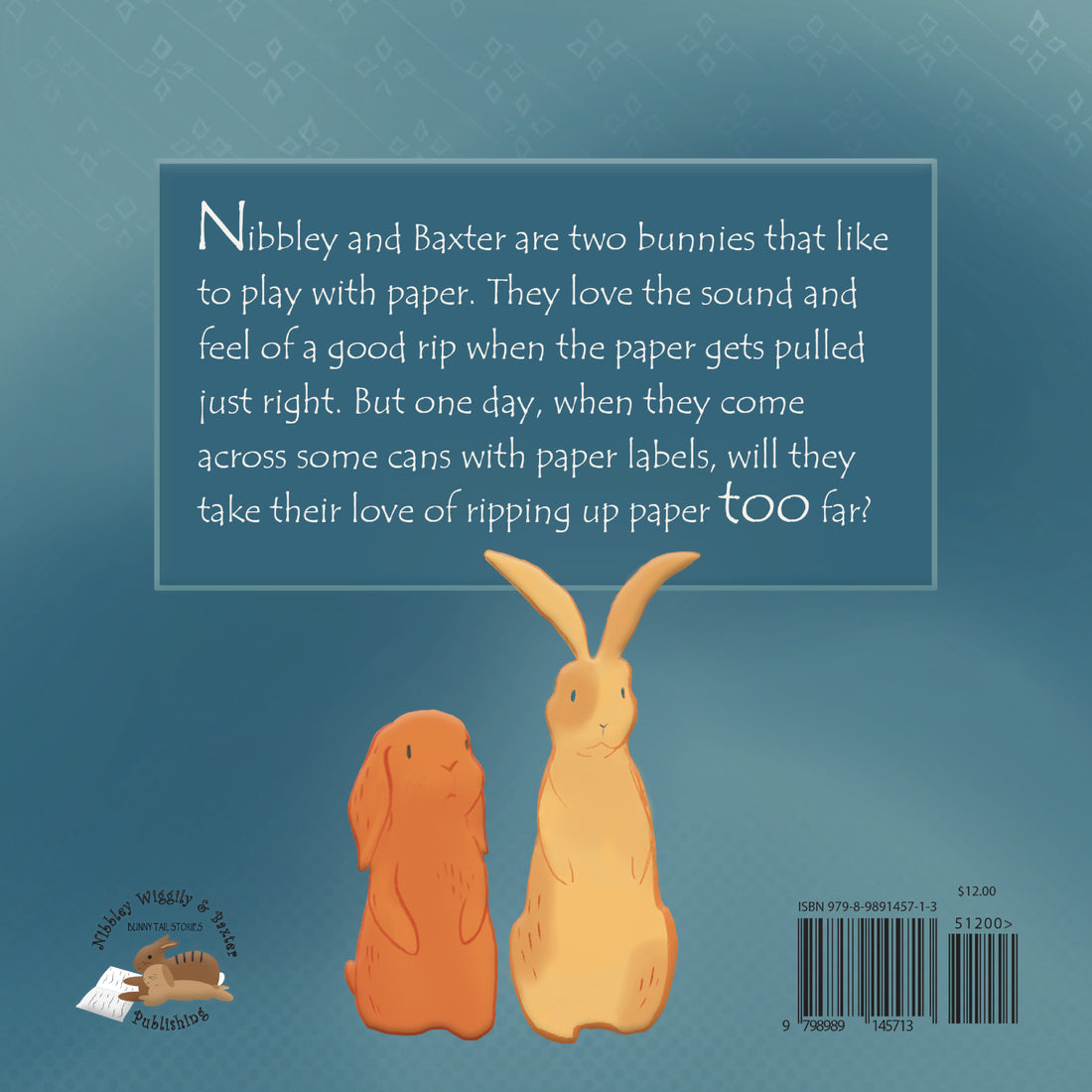
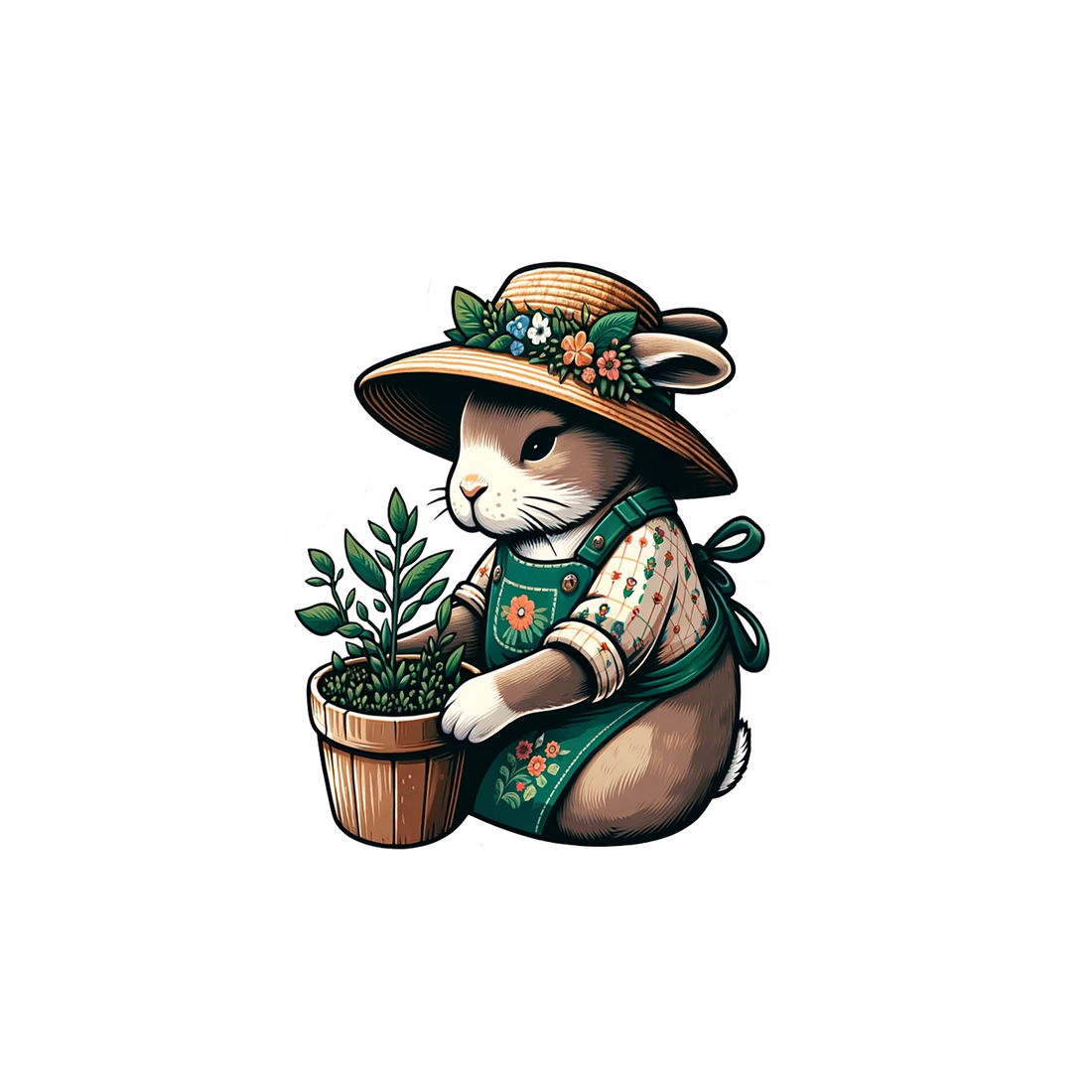
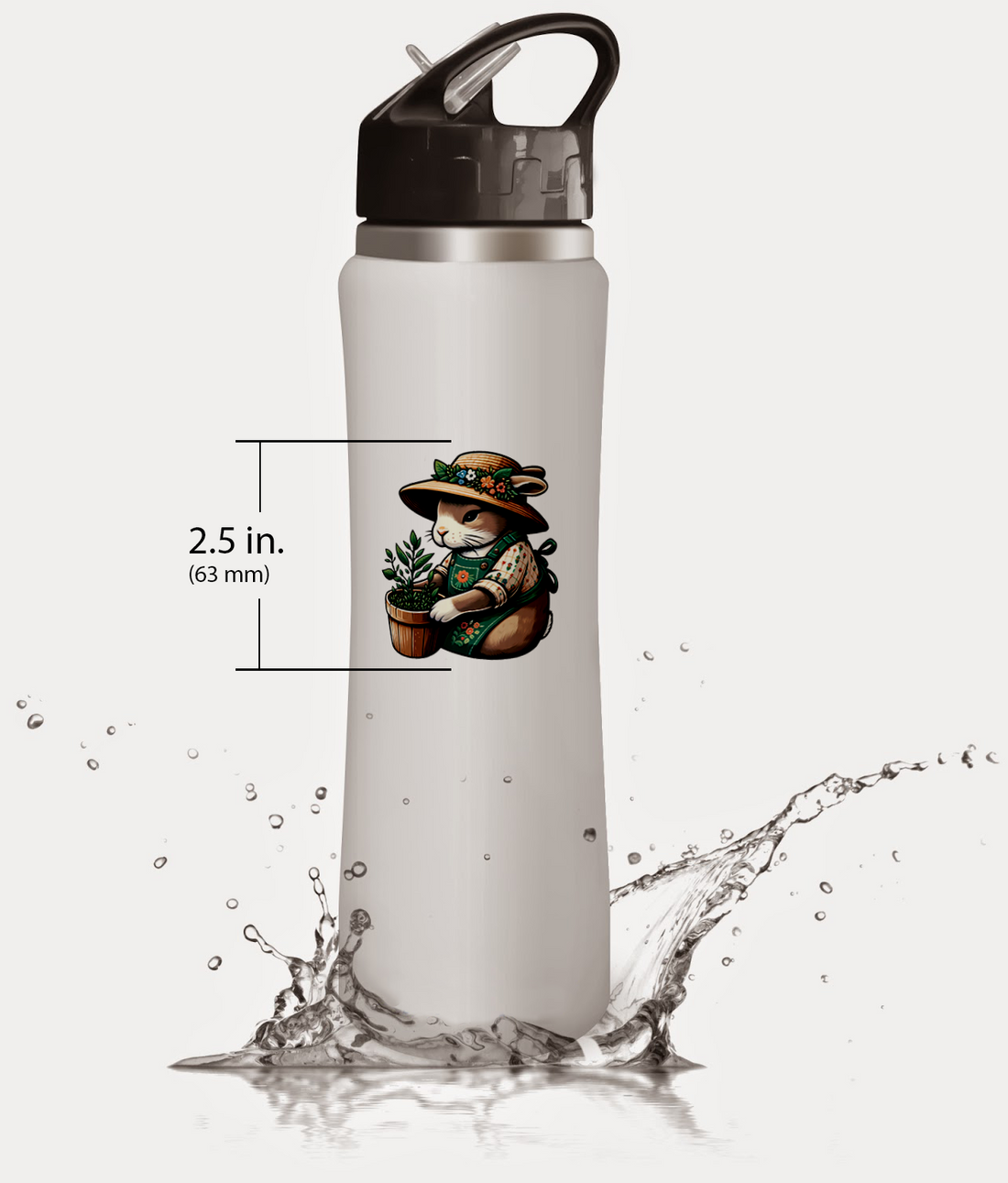
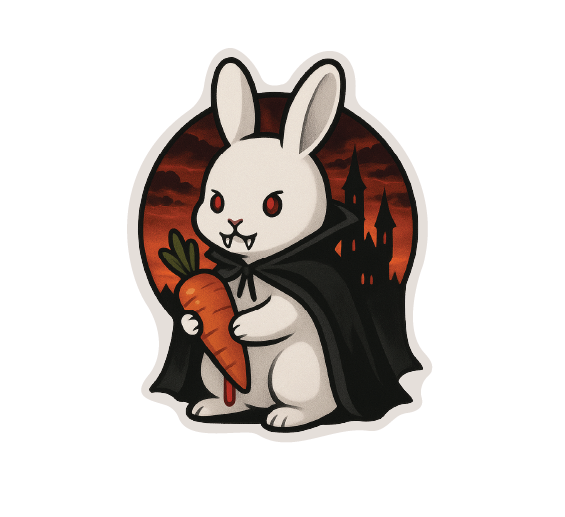

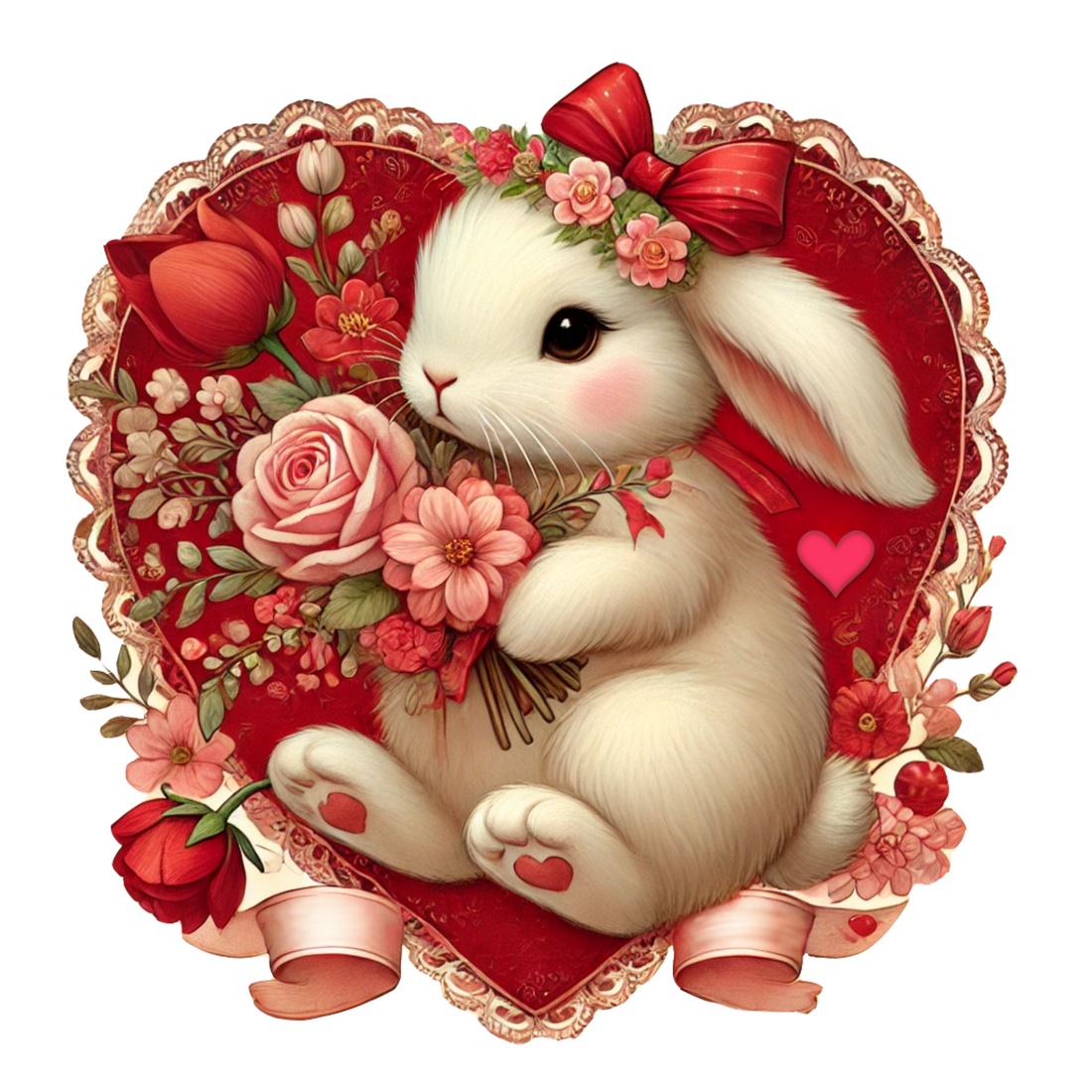
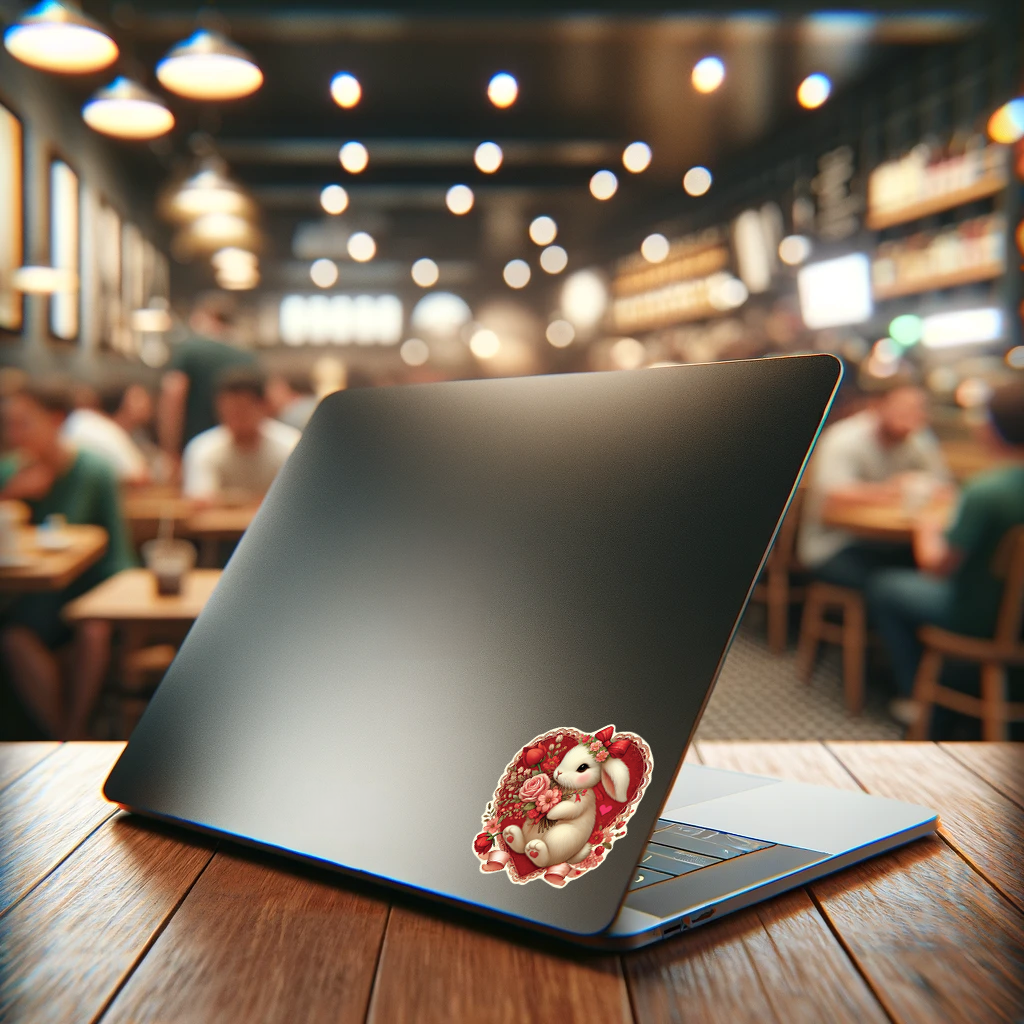
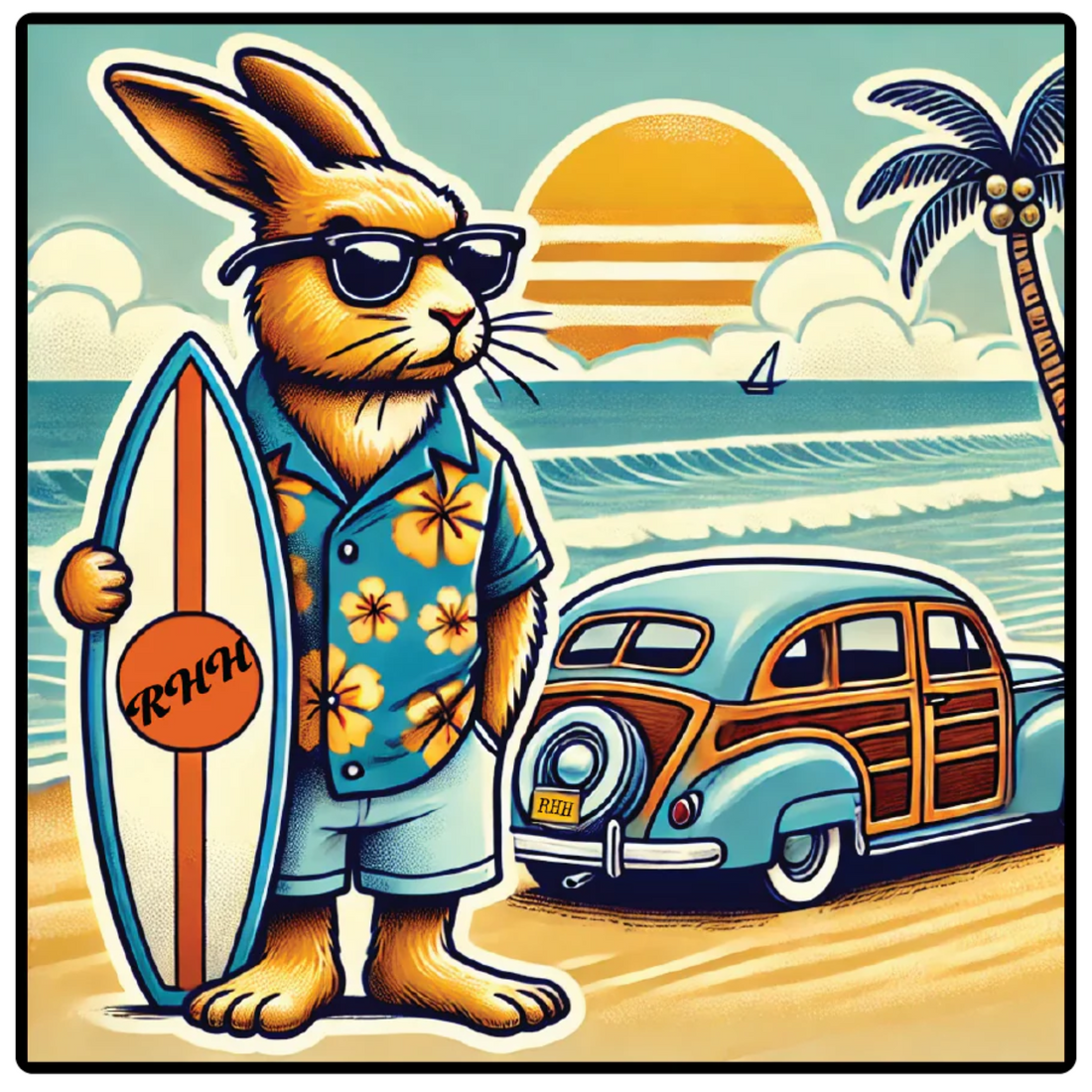
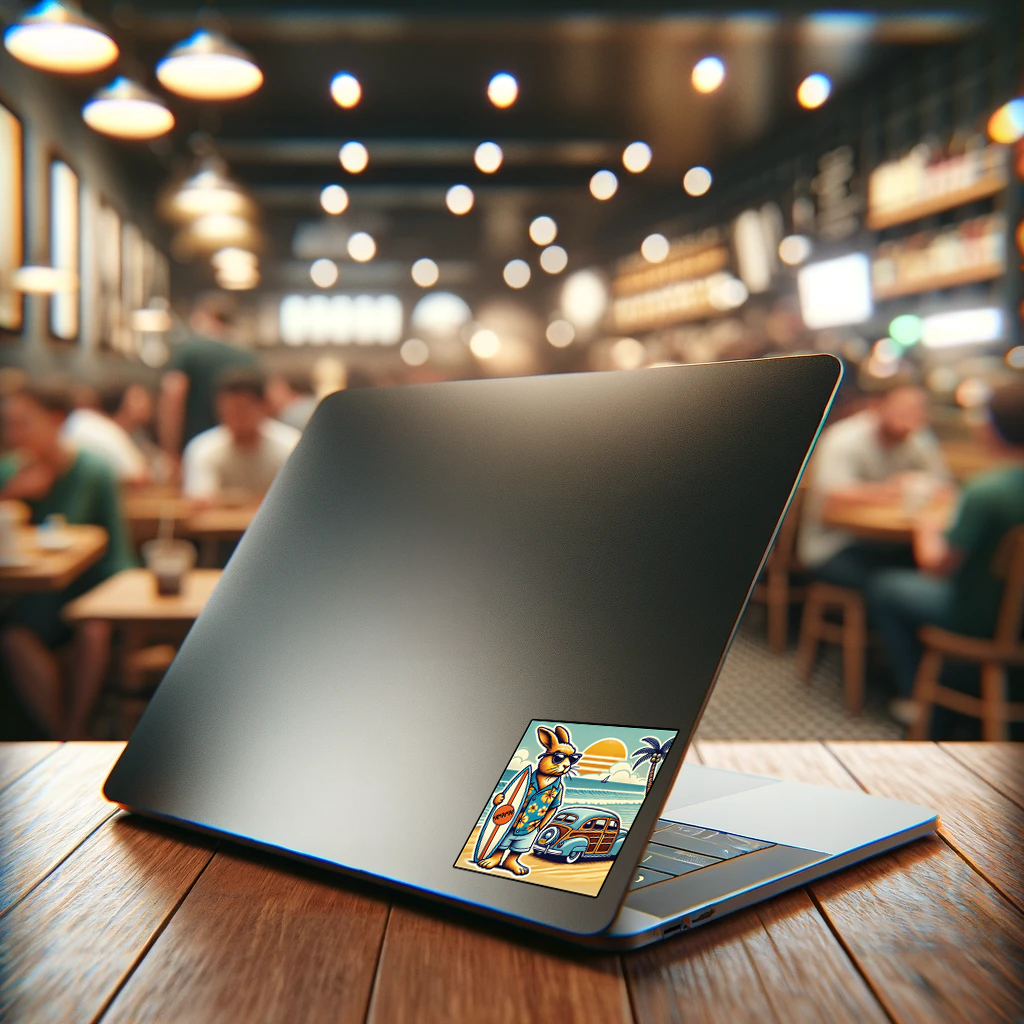


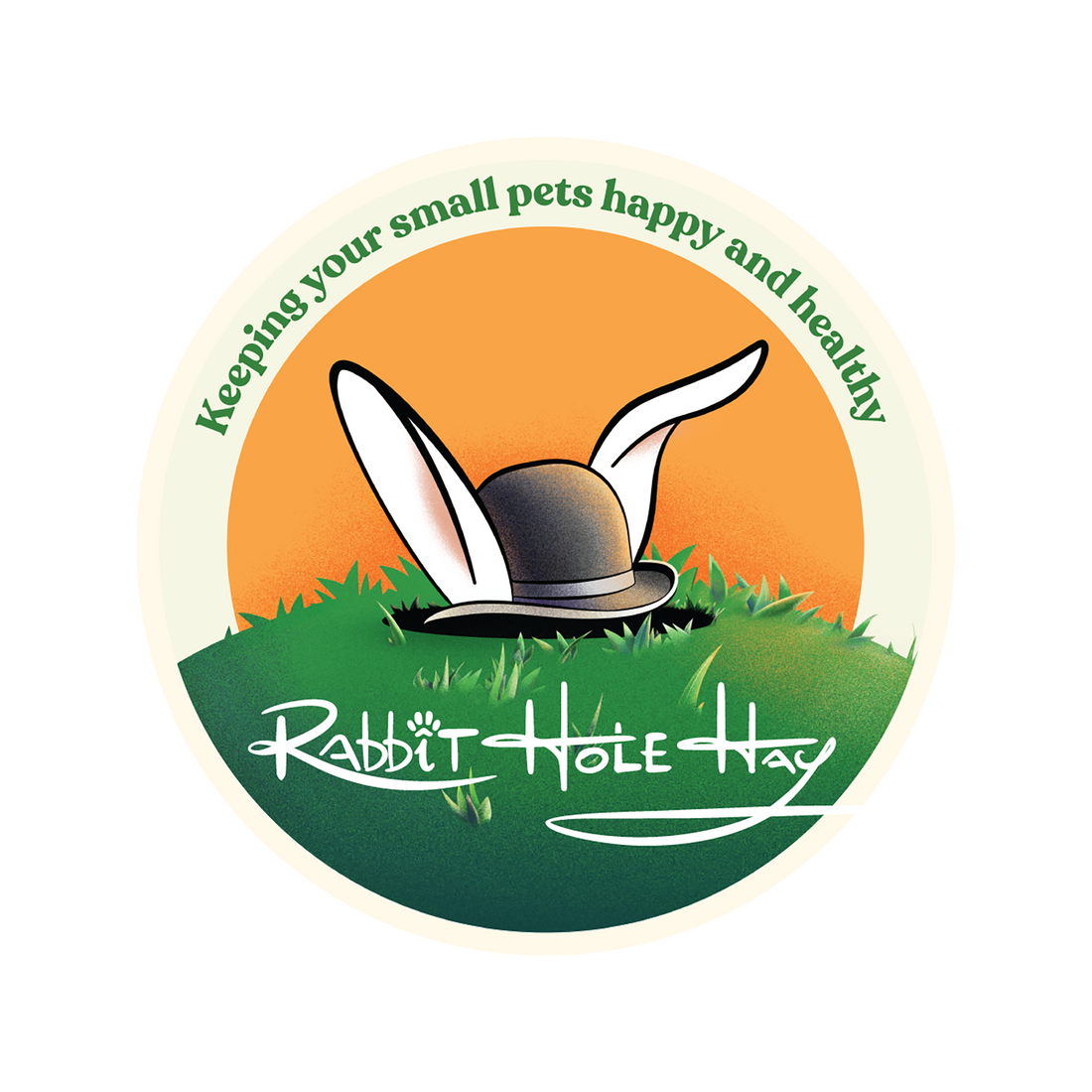
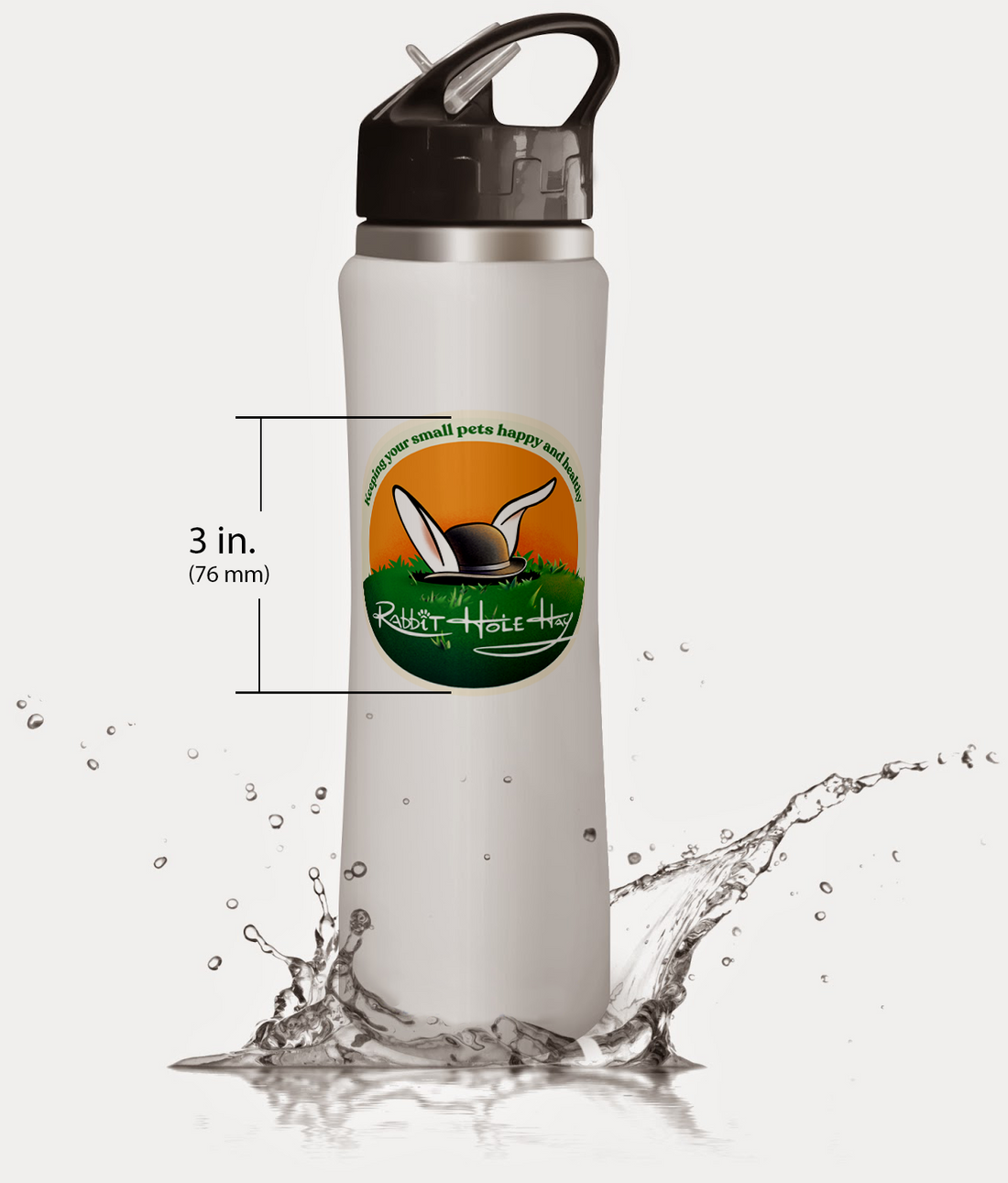




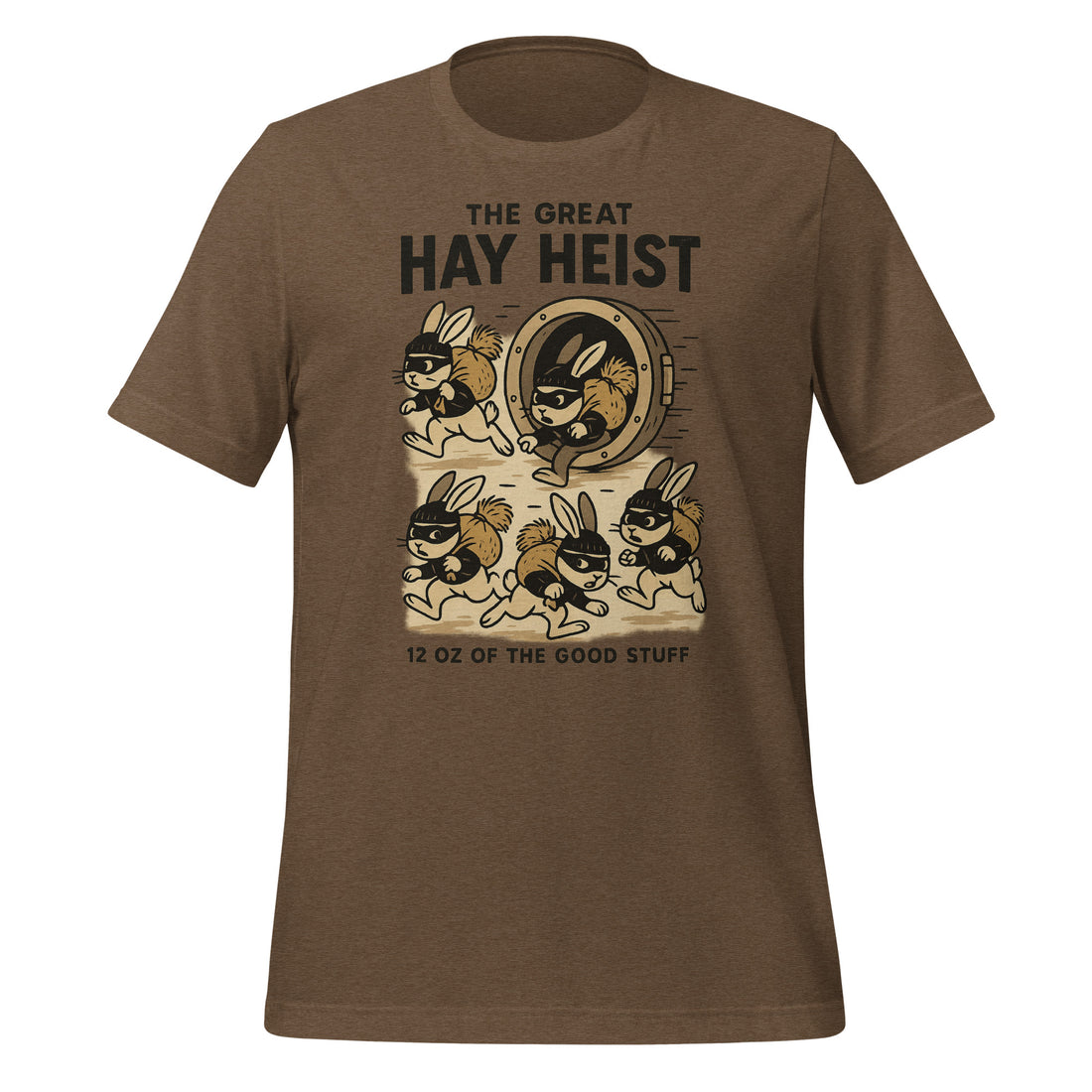
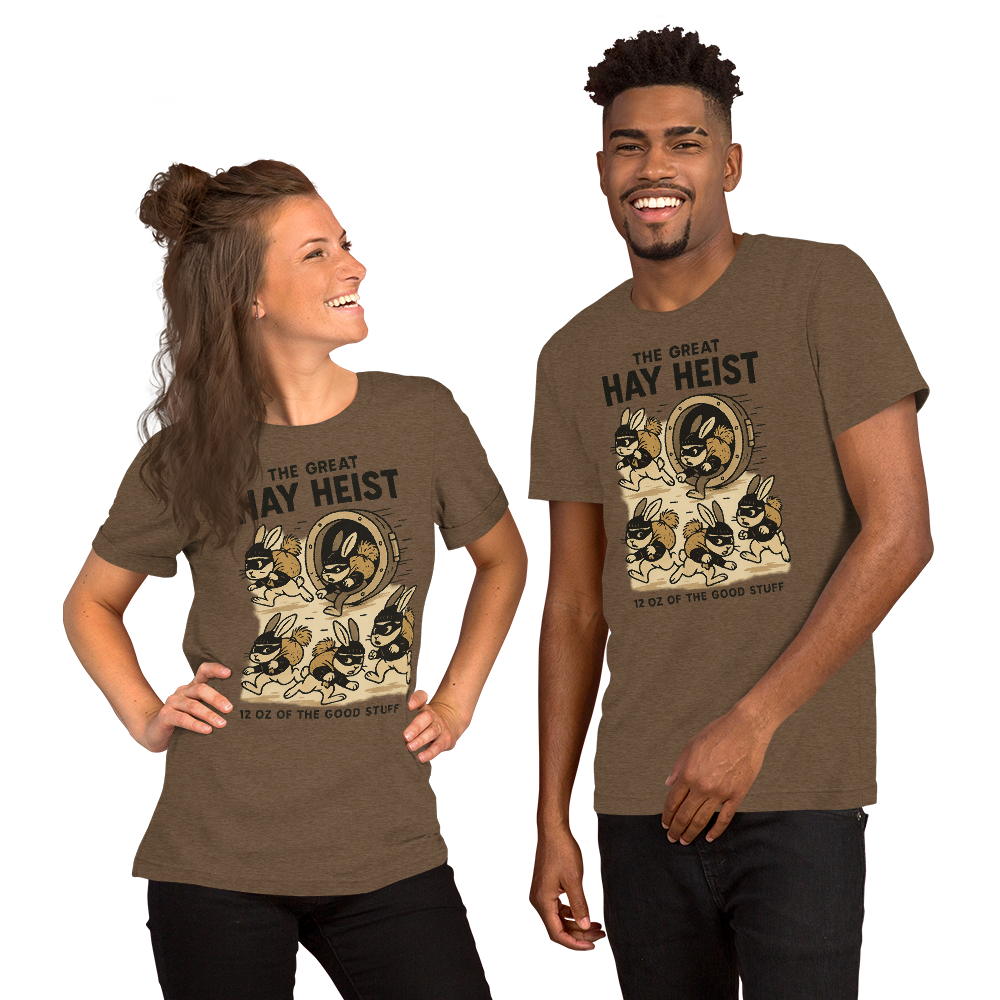
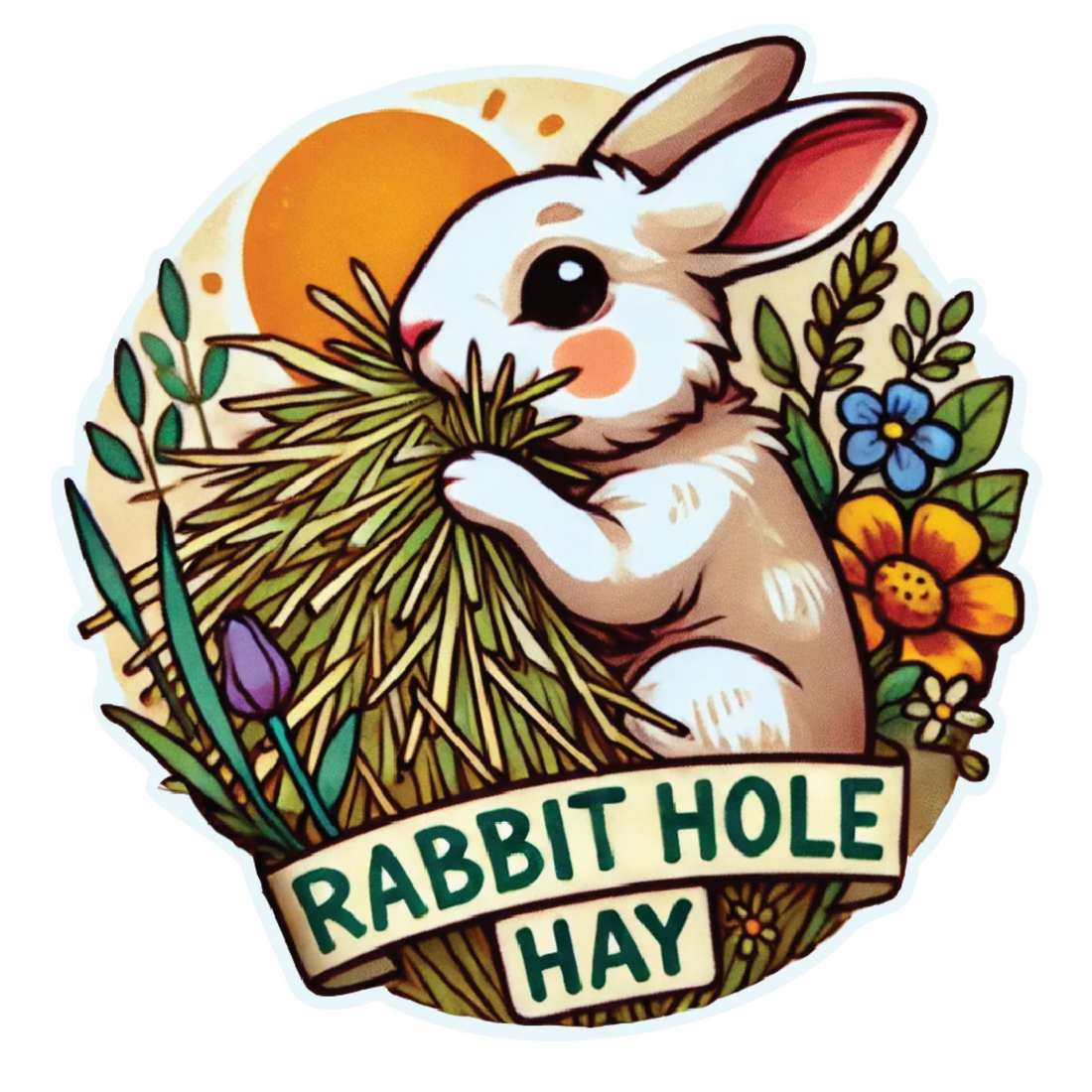
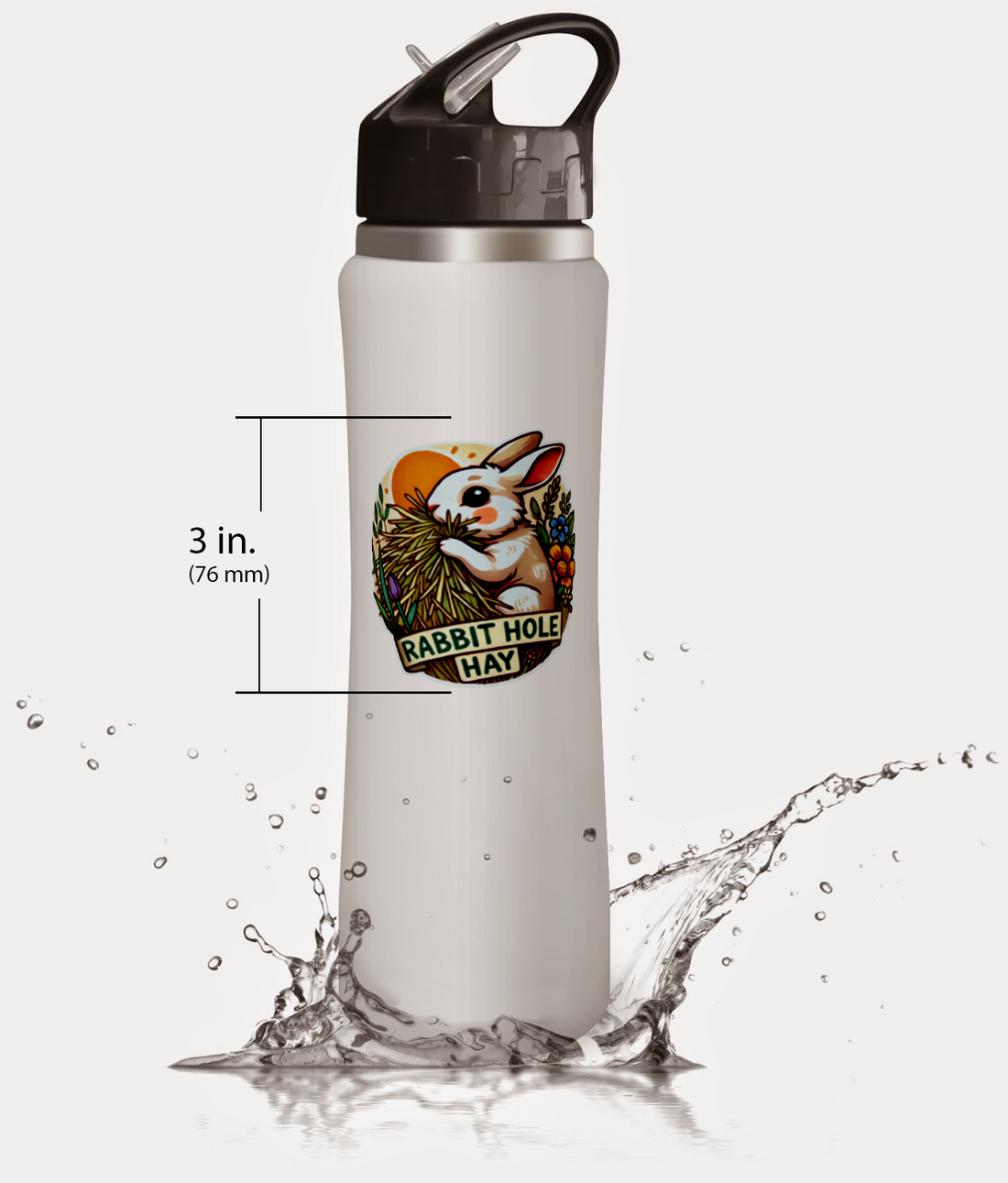
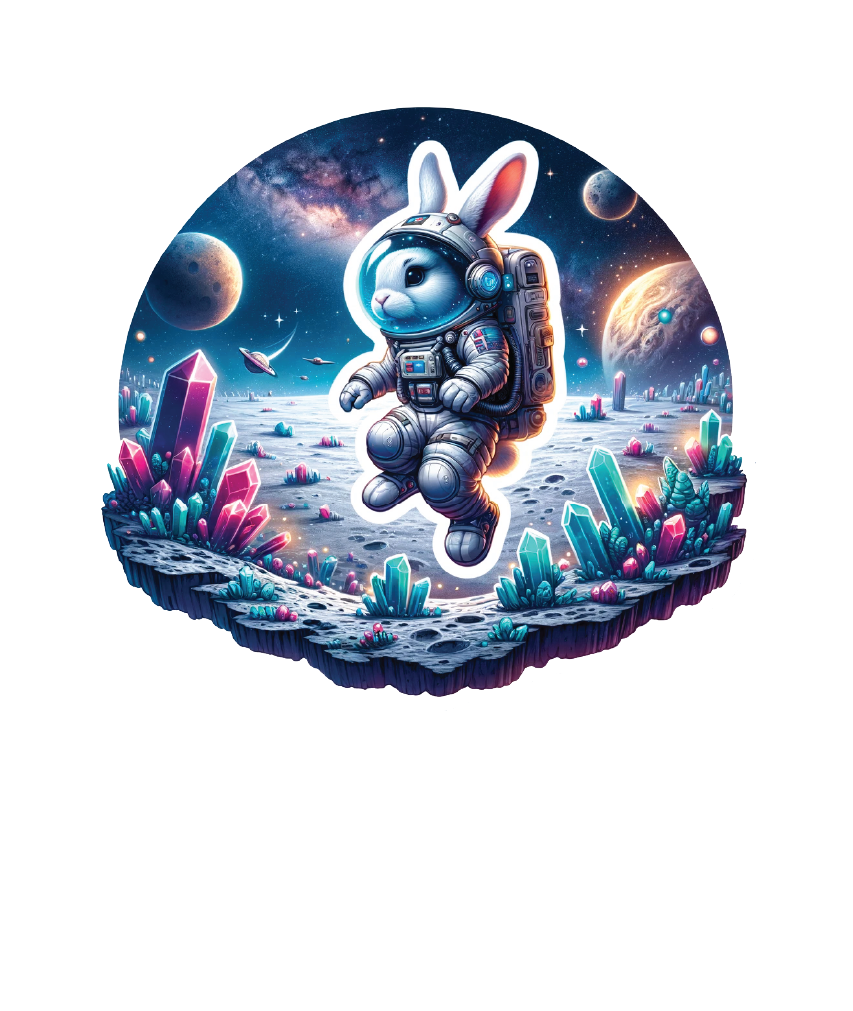
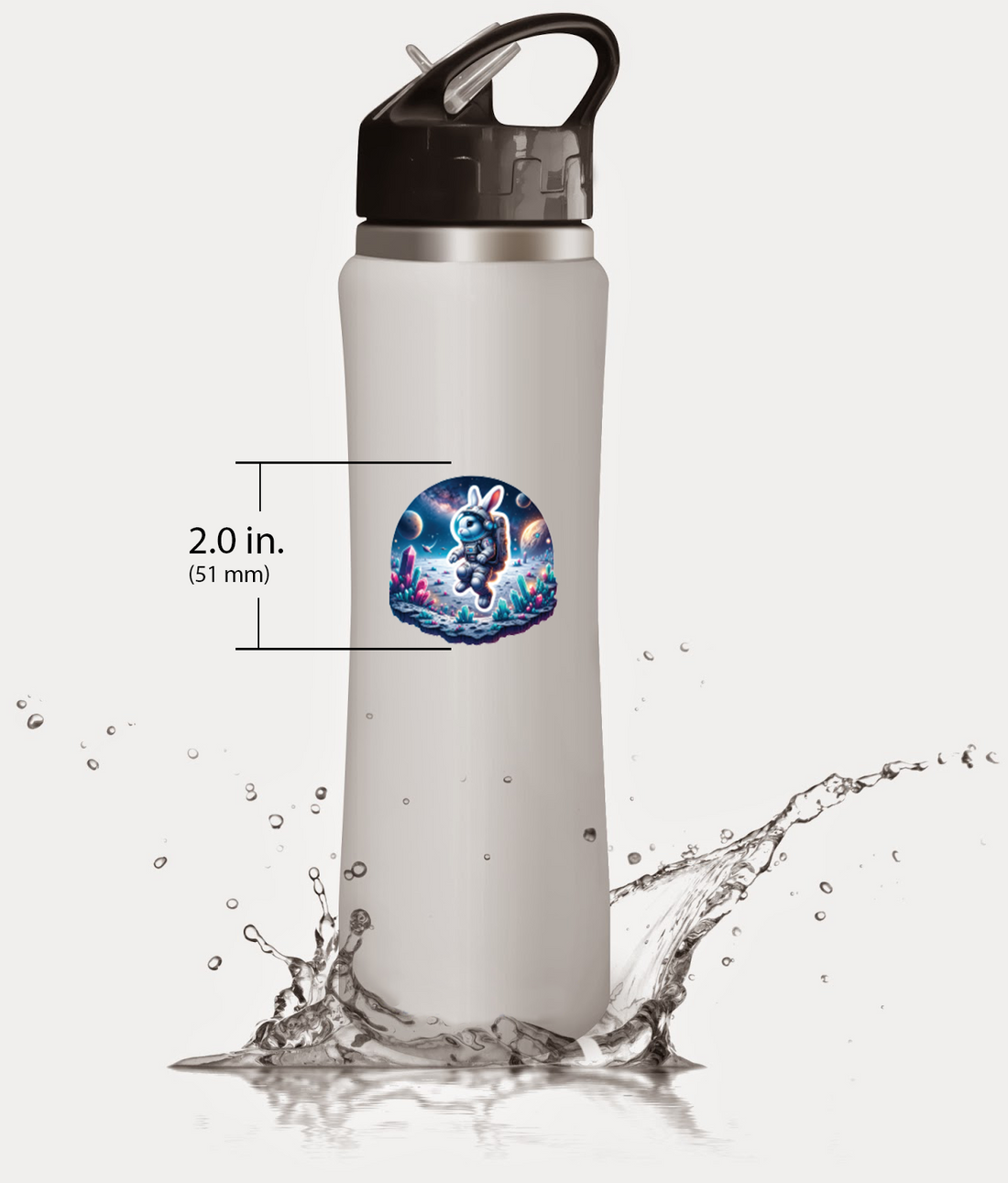




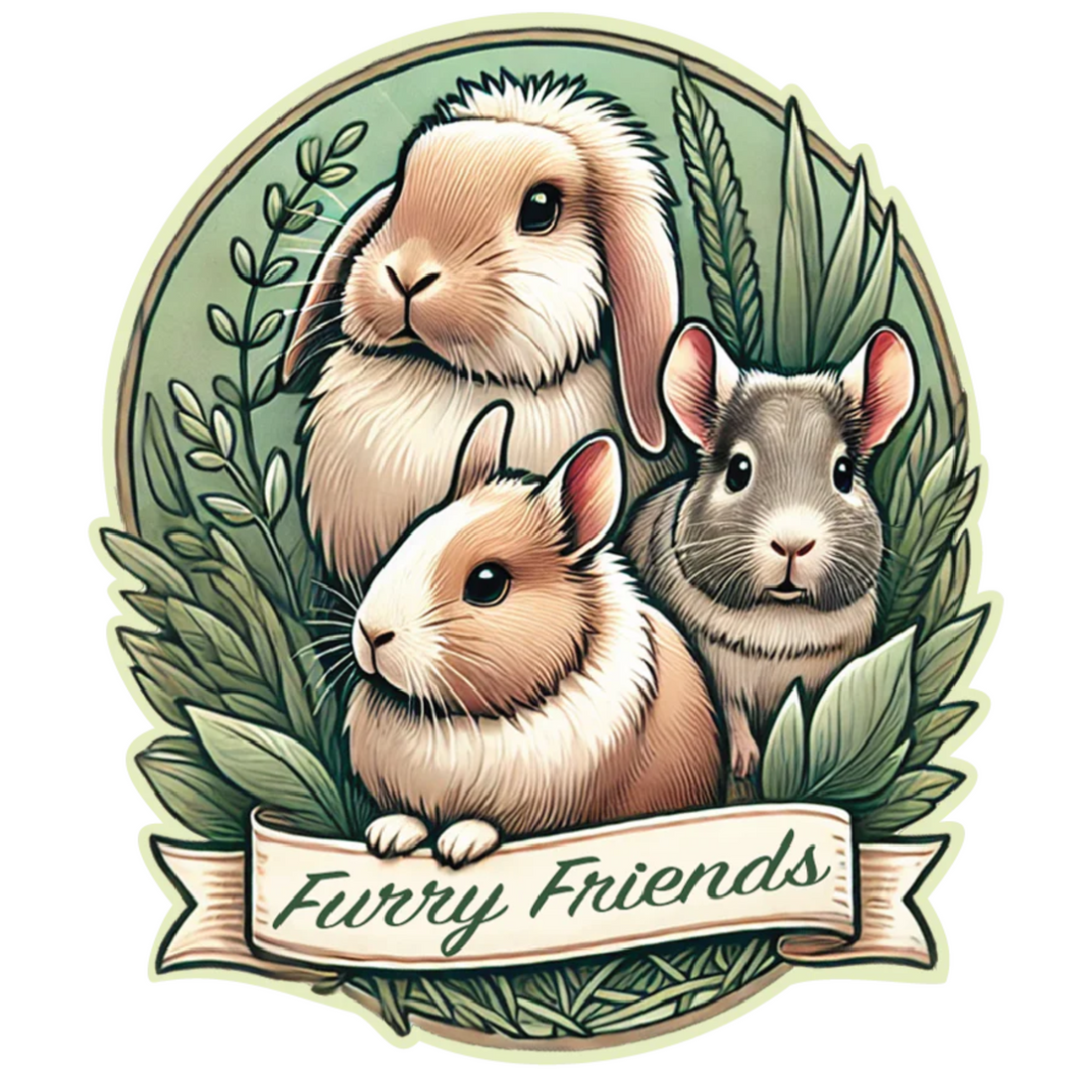
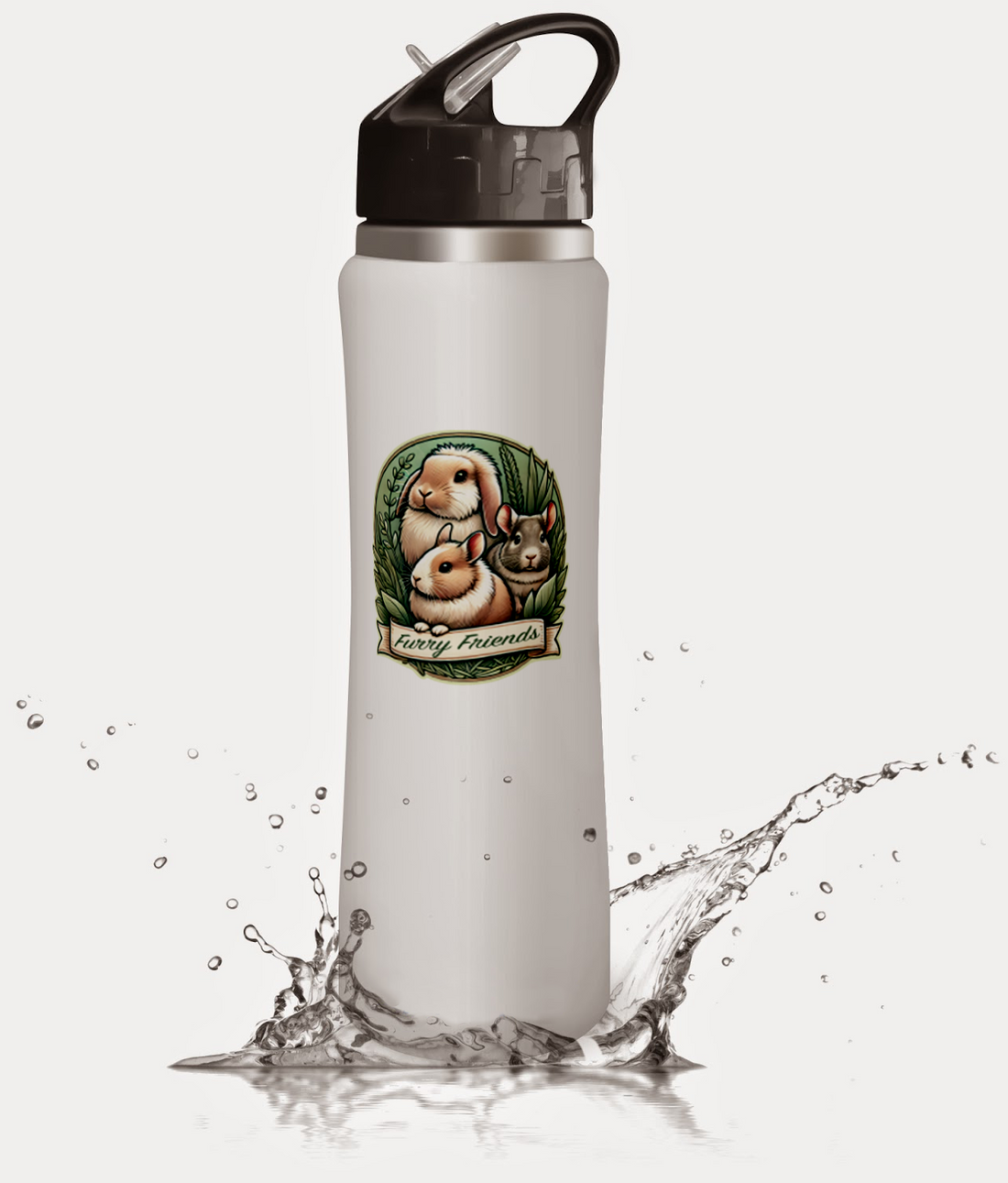

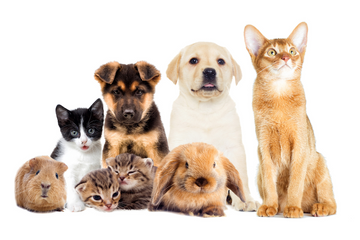




Comments